The sounds of witches
(Video credit: Simon Mølvig & Kasper Christiansen, Teaching & Learning, CBS)
Witch-hunting is part of Denmark’s dark heritage, and it is a story about the silencing of a group of people. Associate Professors from CBS, Ana Maria Munar and Mads Bødker, want to give voices to the witches and tell their stories through sound bites for the coming witch museum in Ribe.
November 9th 1641: Many people have gathered this day at the place of execution, Galgebakken, a little outside the city of Ribe in Jutland. They have come to see the burning of Maren Spliid – the witch. Yesterday, the king of Denmark, Christian the fourth, condemned her to death by burning, as she has been found guilty in the use of witchcraft.
The crowd is so huge that the priest can barely make his way through the masses to give her the last blessing. Maren Spliid is given half a cup of mead before her executioners bind a pouch filled with gun powder to her back. She is then chained to a ladder and pushed into the roaring flames.
September 13th 2017: Associate Professors from CBS, Ana Maria Munar and Mads Bødker, are standing at the exact place where Maren Spliid was burned alive almost 376 years ago. A storm is raging and fills the air with a whistling sound from the trees. Mads Bødker raises his boom microphone to record the sound.
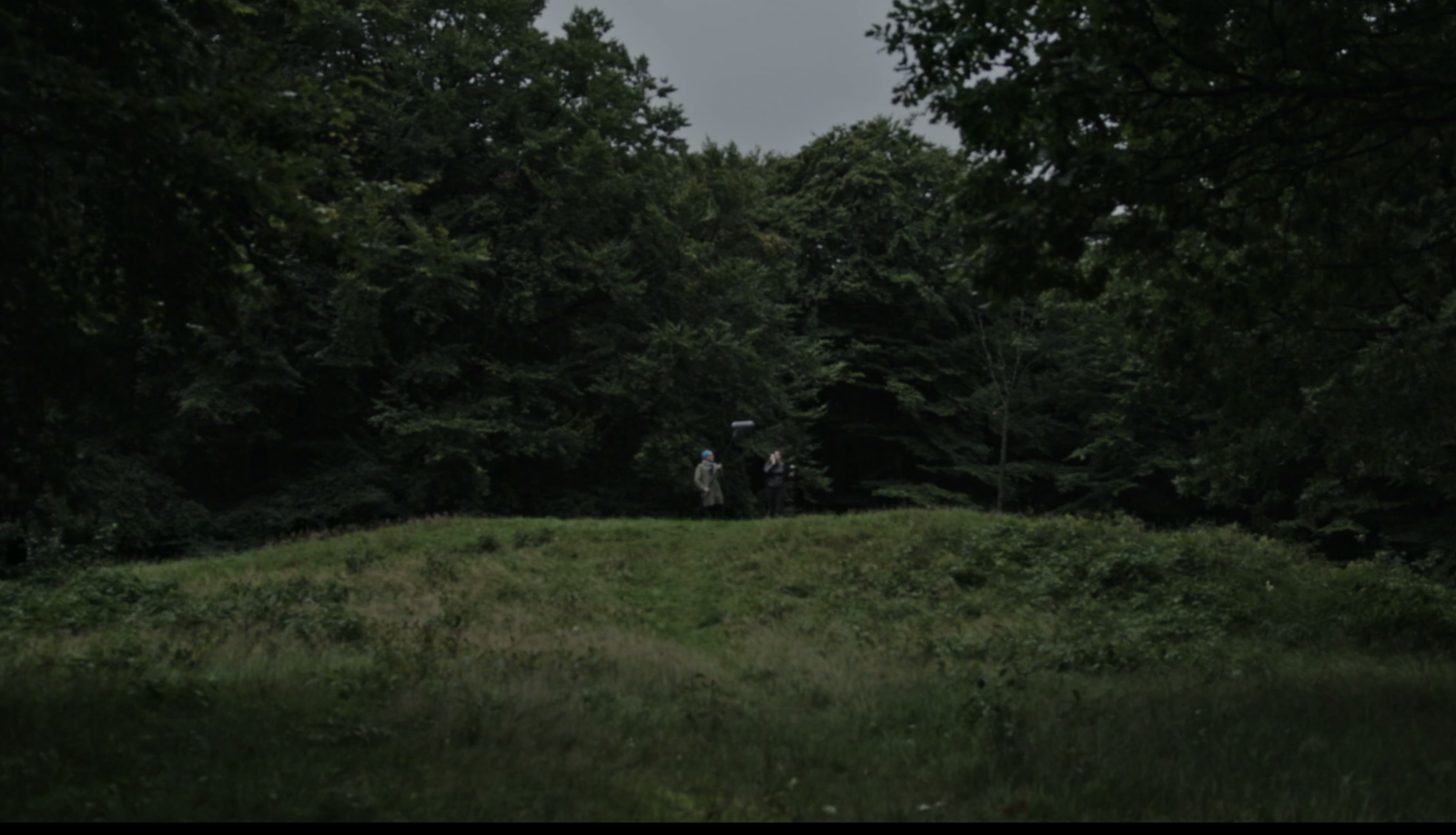
“I got very emotional when we were recording the sounds at the place of her execution,” recalls Ana Maria Munar, when I meet her and Mads Bødker outside of Ovnhallen on a sunny day in May, and continues:
“I was listening to the sounds of that place very carefully. I came to think about the fact that there was so much suffering right here. It stayed with me afterwards. It was like getting to know history in a different way.”
Ana Maria Munar and Mads Bødker had gone to Ribe that stormy day in September to hunt for the sounds of a dark past. In order to relive and understand the witch hunts which took place throughout Europe in the 16th and 17th century.
The sounds they recorded are now part of the foundation of developing a witch museum, which opens in Ribe in 2020.
What do you associate with witchcraft?
Ana Maria Munar and Mads Bødker are finishing each other’s sentences and interrupting one another in excitement outside Ovnhallen when talking about being part of the early stage development of the witches’ museum.
“When I heard that the Museum of Southwest Jutland was planning to make a museum about the witches and the witch hunts, I was hooked. What was even more fantastic was that we got to be a part of the project from the point where it was only an idea, which is really unique,” says Ana Maria Munar, who among other things works with tourism and digital technologies at the Department of Management, Politics and Philosophy.
Ana Maria Munar heard about the project two years ago through the nationwide project called InnoCoast (see fact box), which is funded by the Innovation Fund Denmark. She immediately asked Mads Bødker if he wanted to take part in it as well. They both knew Lulu Anne Hansen, the chief inspector of the Museum of Southwest Jutland, which turned out to be crucial for the development of the idea.
“When we entered the project, it was vaguely described and they were still debating what the attractions should be. But that just gave space to do a brainstorming session on the possibilities,” says Mads Bødker, who holds expertise within the field of IT in tourism and heritage at the Department of Digitalization.
Ana Maria Munar and Mads Bødker were given the thumbs up from Lulu Anne Hansen to put together a workshop for several of the staff members from the museum with the aim of starting an innovative process sparked by the question; what do you associate with witchcraft?
“We asked everyone to bring an item, which – to the participants – were associated with witchcraft. Some had brought herbs, while others told an anecdote. I’m very interested in sounds, so I had brought a sampler, a microphone, dried herbs and a Tibet singing bowl, and performed a small sound piece, which gave a sense of history,” says Mads Bødker.

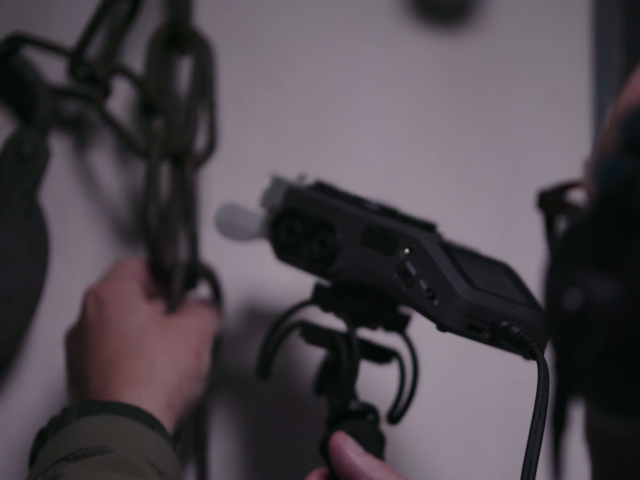
After the workshop, people were mystified by the sounds, Mads Bødker had created.
“The sounds had sparked a special sort of energy in the room,” explains Ana Maria Munar and continues:
“Afterwards, I sat down with Lulu Anne Hansen and we reflected on the outcome of the workshop. What stood out to us were the sounds, and we decided to follow the idea of sounds in history.”
Stories of a silenced people
November 9th 1641: Maren Spliid’s screams are heard all over Galgebakken as the flames lick her body and sets her dress on fire. The pouch filled with gunpowder on her back breaches and results in an ear-splitting explosion. Maren Spliid is silenced. Only the sounds of the crackling bonfire are heard, while the air a little outside Ribe is filled with the smell of burned flesh.
“The witch hunts are a story of silence. It was about isolating the people that did not fit into society, and the best way to isolate them was by killing them,” says Ana Maria Munar and draws a comparison to current events:
“Even though we think that what we did back then towards these people was awful, the story is also relevant for today. Everywhere in the world, groups of people are silenced because we stigmatize them and use them as scapegoats for our collective fears.”
Ana Maria Munar and Mads Bødker continued developing ideas on how to incorporate sound in the new museum, and as they proceeded it became clear that working with sounds was not a bad idea at all.
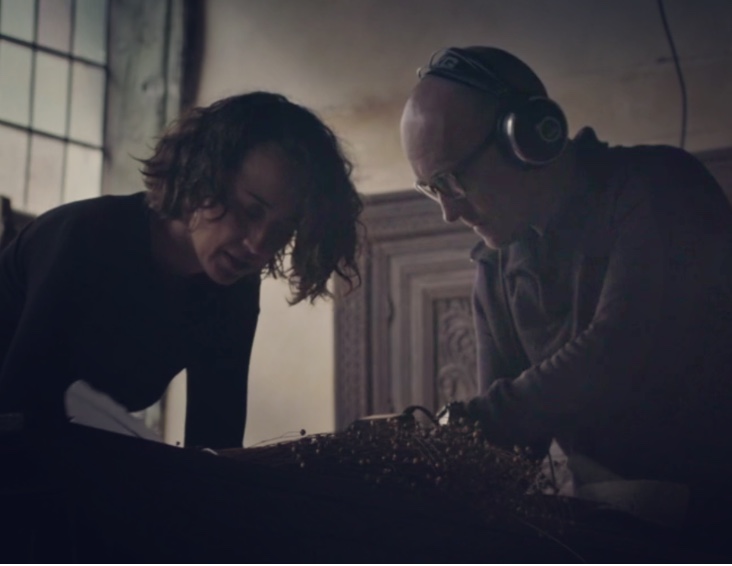
“A major problem, when it comes to telling the story of the witch hunts, is that it is a story told on paper. Only very little physical objects have survived, and this makes it difficult to build up exhibitions. But sounds create a sense of magic and empower the few objects that we have,” says Ana Maria Munar.
For this reason, Ana Maria Munar and Mads Bødker decided to go on a hunt for the sounds of 17th century Ribe. Along with them came Simon Mølvig and Kasper Christiansen from Teaching and Learning’s film crew to document the whole thing.
“When you wear the headphones, you begin to listen consciously. You experience that the metal chains are not only cold to the touch. They also have a cold sound, a cold feeling. You lose yourself in space and wonder what the world must have sounded like in the 17th century,” says Mads Bødker.
Ana Maria Munar adds:
“They felt these chains with their hands. To me, it gave a sense of history . It was a beautiful experience.”
Not just a sound effect
After spending a day chasing the sounds of the 17th century witch hunts in the streets of Ribe, Mads Bødker and Ana Maria Munar had a portfolio of different sounds covering everything from the sound of a quill, the pages of a bible from the 17th century, an empty church, or the sound of people walking around in clogs.
The portfolio of sounds, the podcast and the movie – which was as an example of how one can work with the different sound strategies – are part of an innovative product, which will be handed over to the planners and architects of the new witch museum. Lulu Anne Hansen finds it important that the sounds are being thought about from the very early stages of the process.
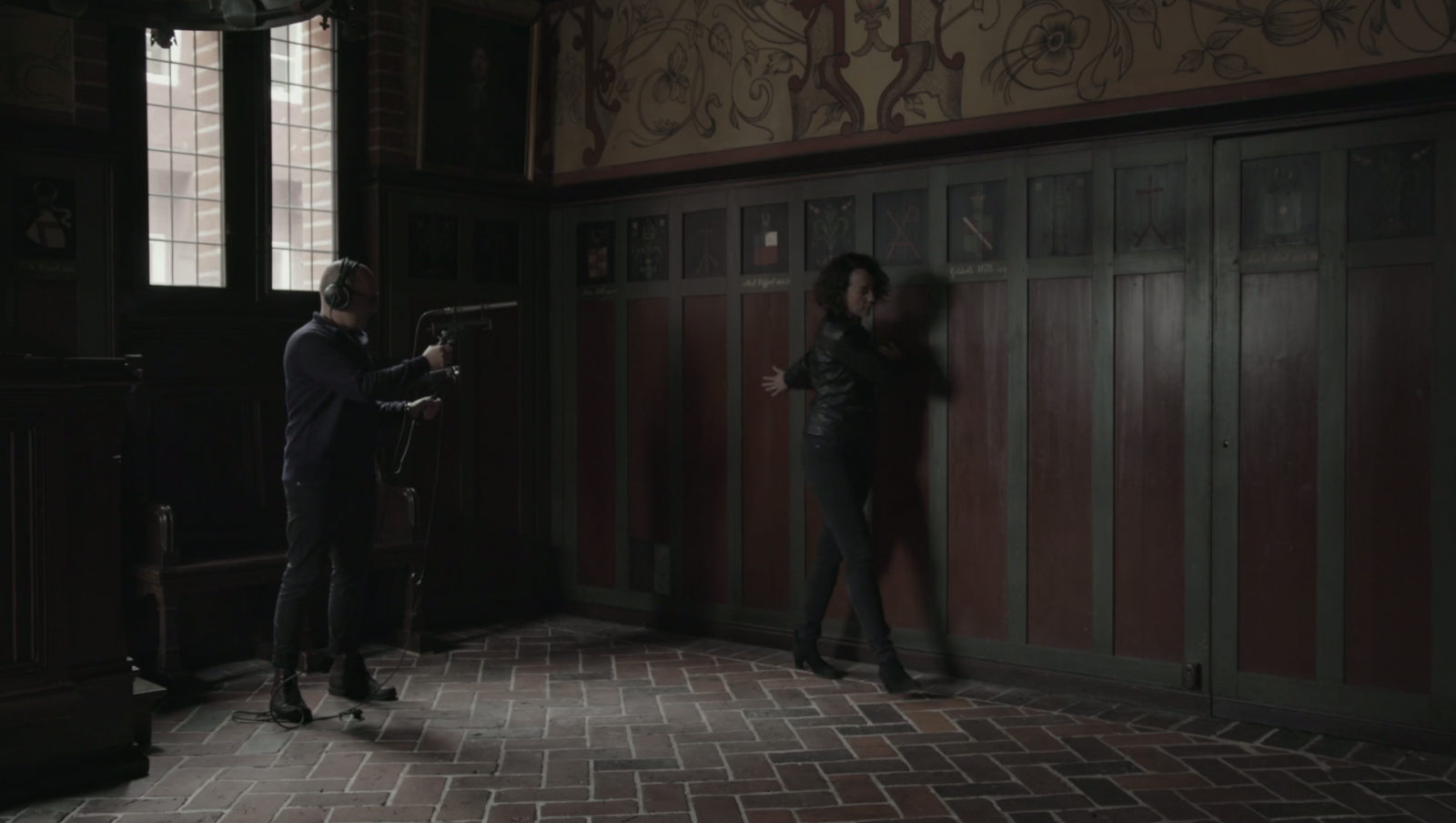
“Working with sounds in a museum isn’t new. Many use sound effects here and there. But to create an atmosphere, certain feelings, and let the sounds play a crucial part in the story telling is new,” she says and continues:
“The idea is that when we have decided on what story we want to tell, we need to think about the picture that the sounds create from the very beginning so that it is not just some sound effect added to the exhibition in the end.”
In general, Lulu Anne Hansen is satisfied with having Ana Maria Munar and Mads Bødker on board for the project.
“Ana and Mads have proven that they are not only working on an abstract and theoretical level. They have a great vision, interesting ideas, and an understanding for the fact that the ideas also have to be operational afterwards,” she says.
The feeling of a sound
November 9th 1641: The fires from the execution have died out. What is left are only the burning embers and the ash from the firewood mixed with what is left of Maren Spliid.
Now, the citizens of Ribe will wait 11 years before the screams of a burning woman fills the air around Galgebakken again.
Mads Bødker is excited to see how the museum will incorporate sounds in the cultural experience, and also to see how the audience will react to them.
“We are very much used to tourism being something visual. I mean, it’s called sightseeing, not soundseeing. This project is not only about developing a new way of presenting and making our heritage come alive, it is also an attempt to deconstruct this visual paradigm and talk about what tourism can also become,” he says.
The two Associate Professors are both convinced that they would not have got the idea for using sounds as the primary way to tell the story of the witch hunts if they had not got the time and space to play.
“The problem is that when people want to begin innovative processes, such as developing a witch museum, playfulness is seldom tolerated. It is easier to go into planning/producing mode. But we spent an entire day playing with sounds and told stories about witches during our first workshop. And it is that playfulness and trust that brought us where we’re at now,” says Ana Maria Munar.
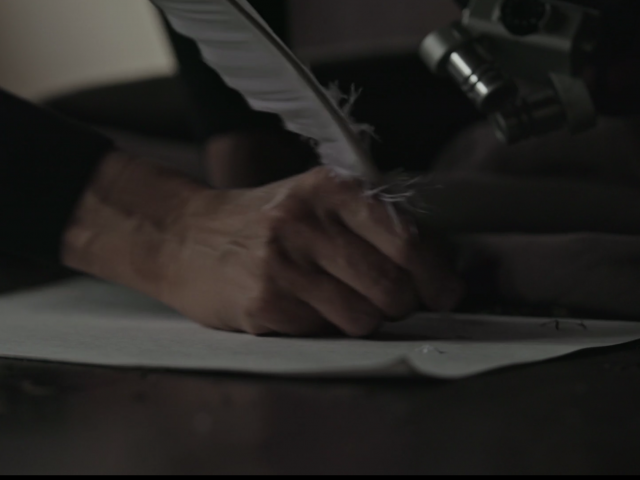
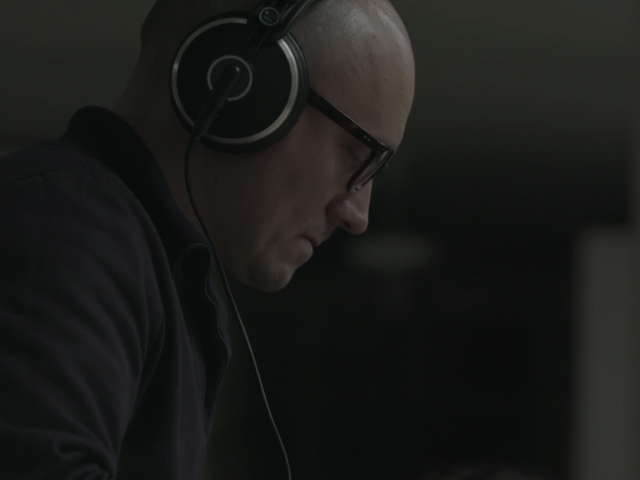
Mads Bødker adds:
“Ana and I are asking different questions. What kind of feelings does this place project? Can we transfer that to sound and what would happen if we did that? You normally don’t ask these questions as a researcher. But here, we have the opportunity to ask these kinds of questions,” he points out.
What Ana Maria Munar especially likes about the witches’ museum project is that she can give something back, and that Mads Bødker’s and her research come of use in practice.
“With this research, we offer a new way of experiencing our common heritage. In that way, it’s a really joyful project,” she says.
April 7th 1652: Her name is Anna Bruds. Her hands are tied behind her back and she is chained to a ladder. The executioner is waiting until her death sentence has been read out loud before the ladder is pushed into the crackling bonfire. Like Maren Spliid 11 years earlier, she was too found guilty in the use of witchcraft. She was the last witch to be burned on Galgebakken in Ribe.


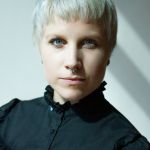
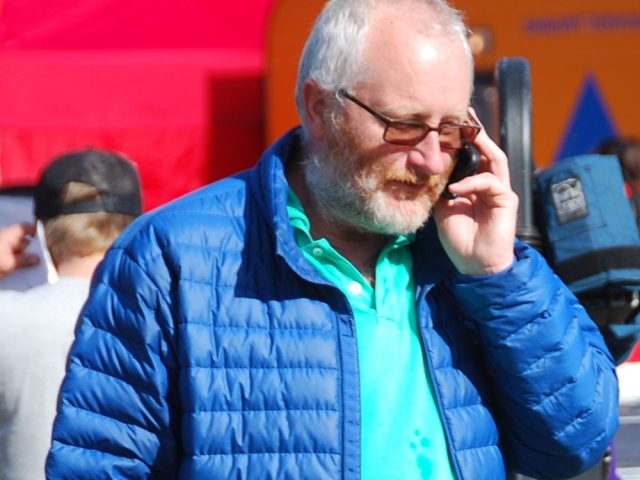

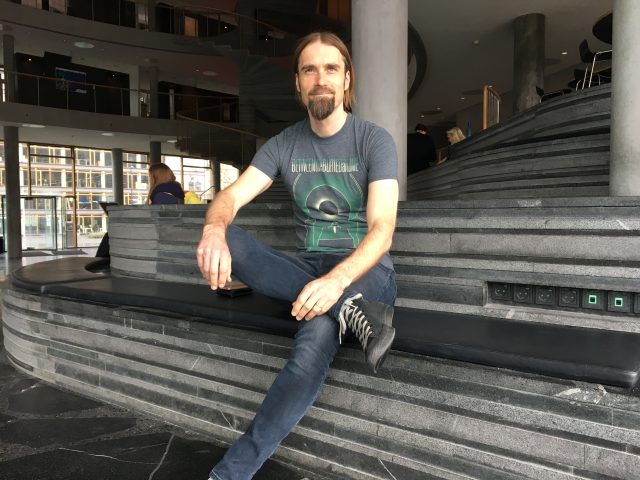
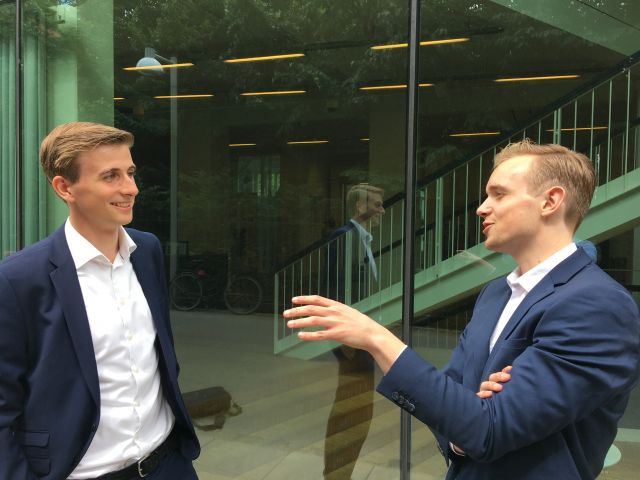

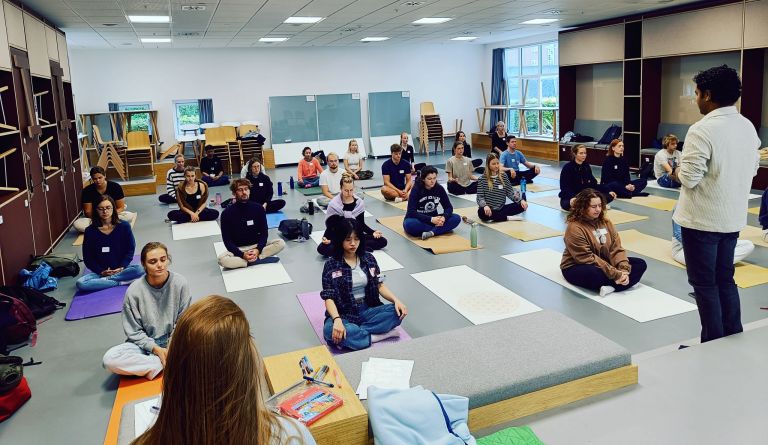
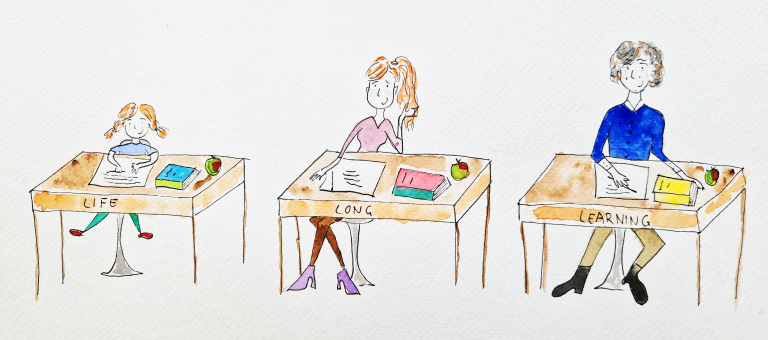

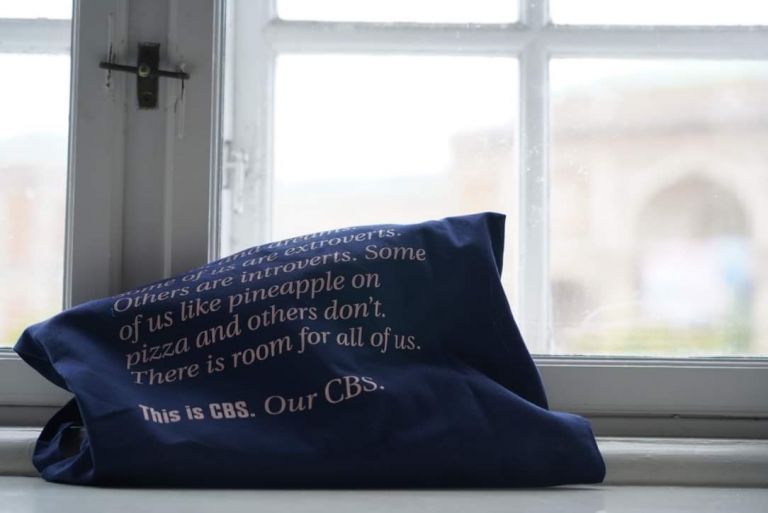
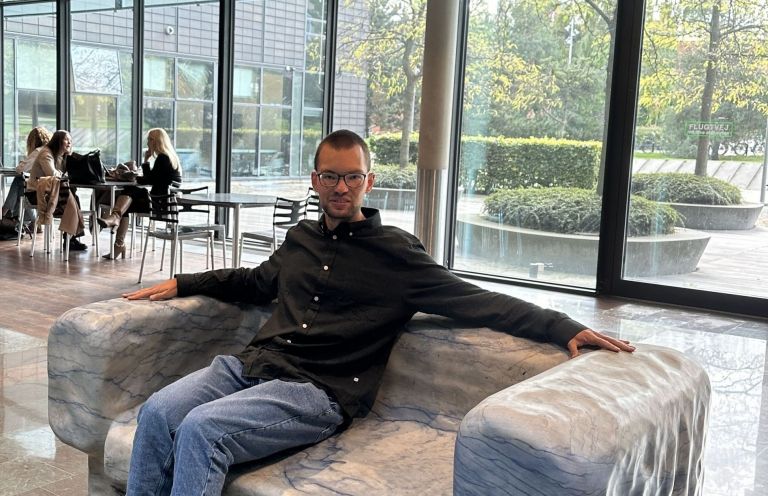
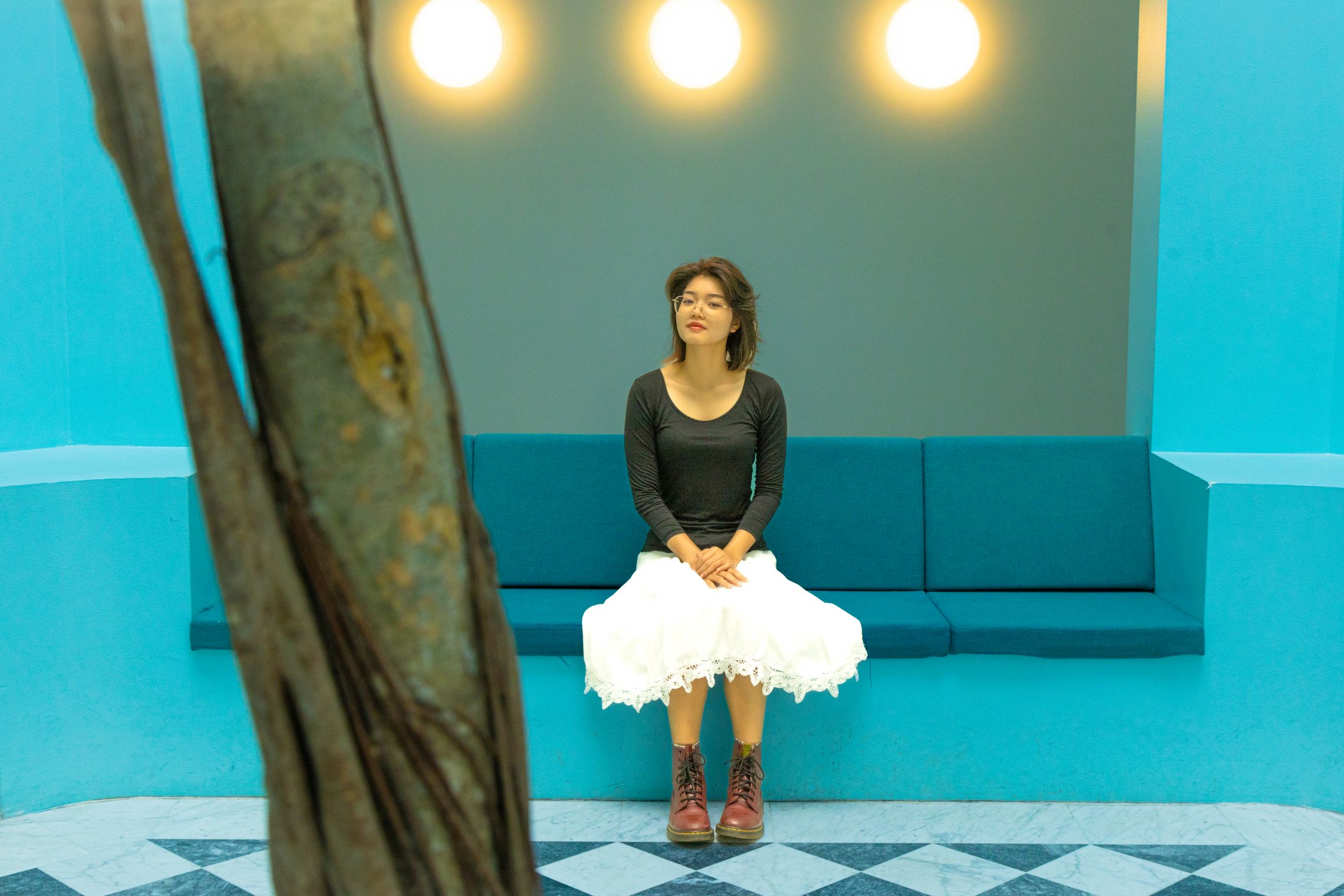
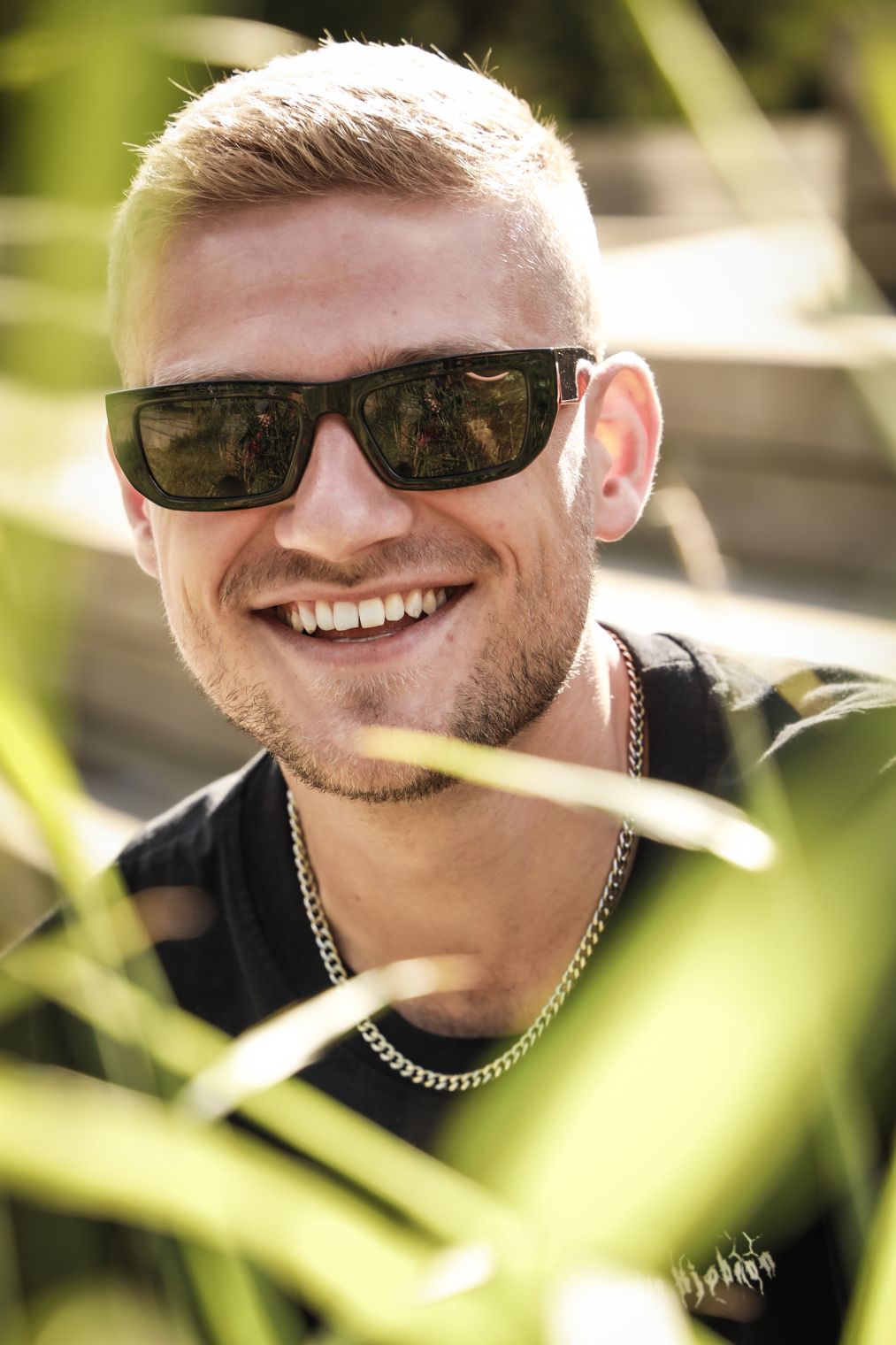

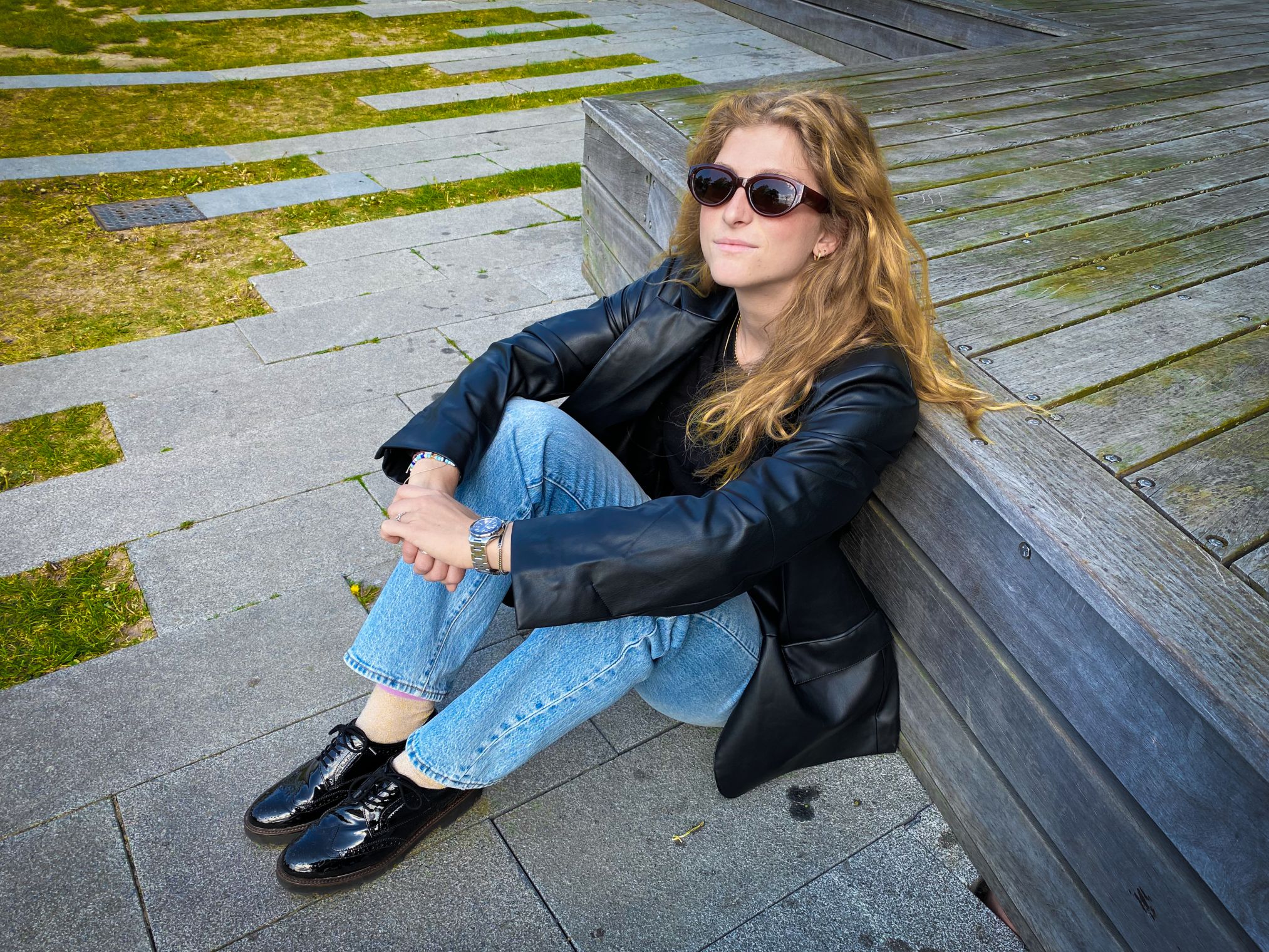
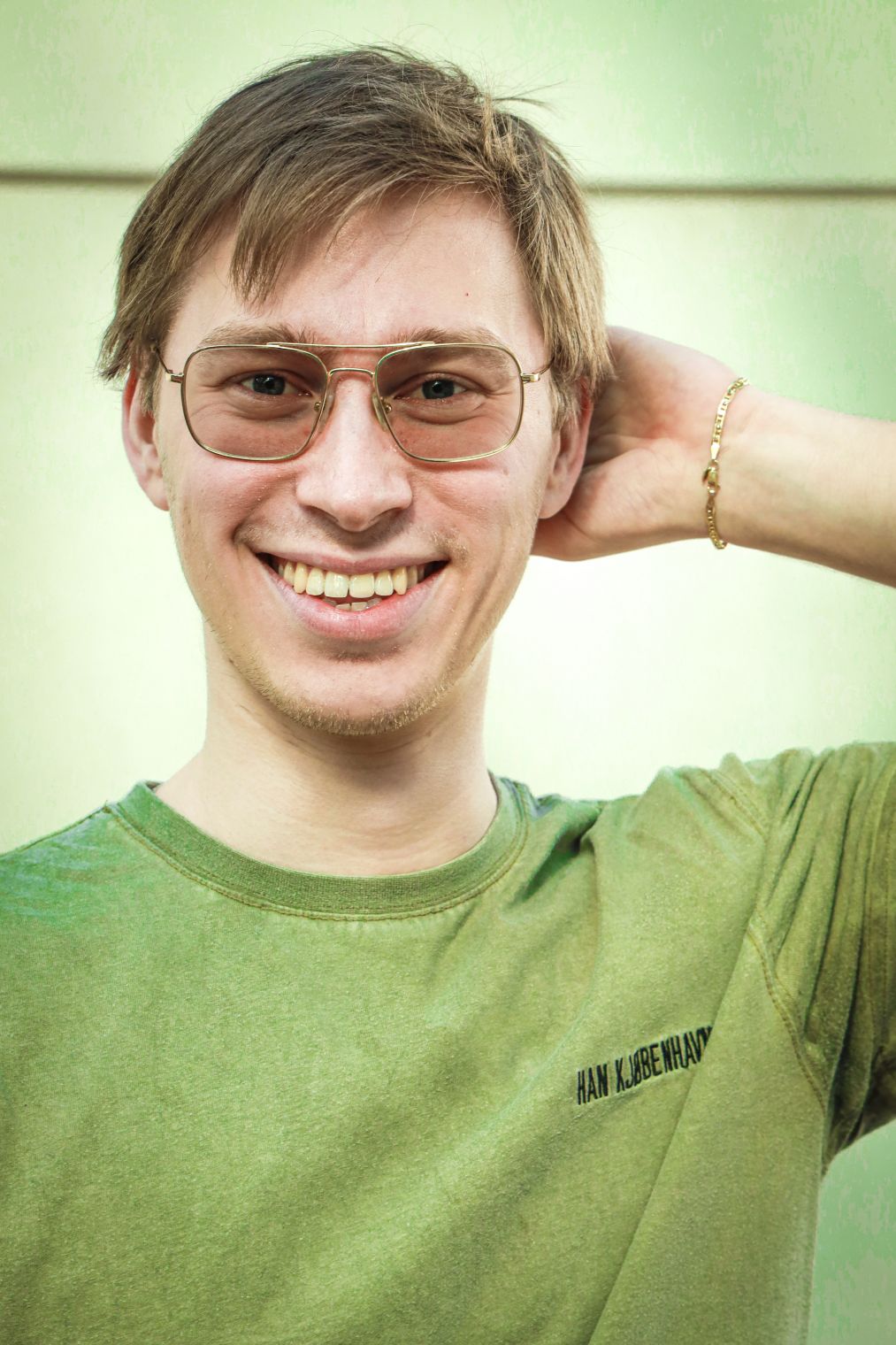
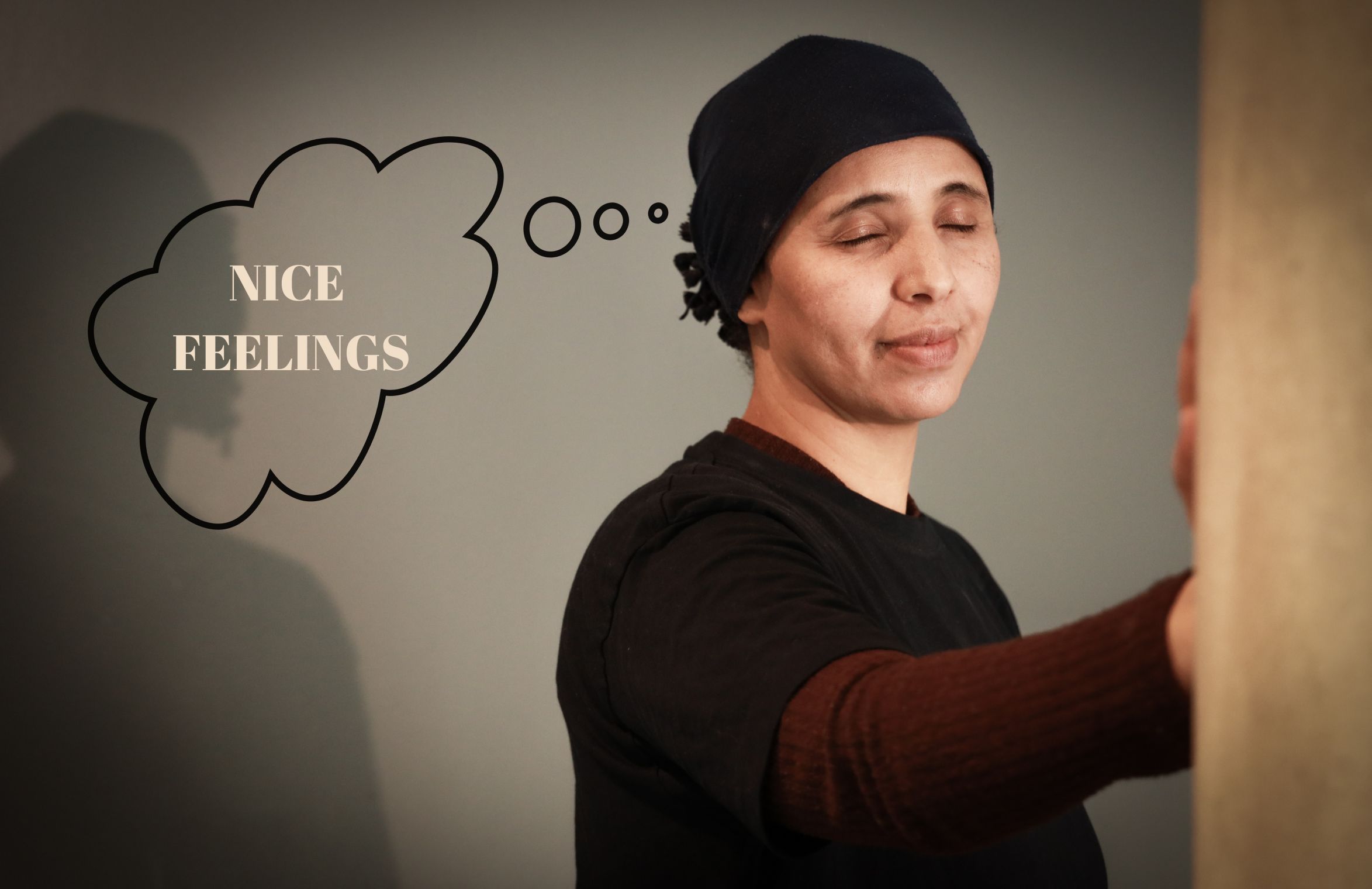
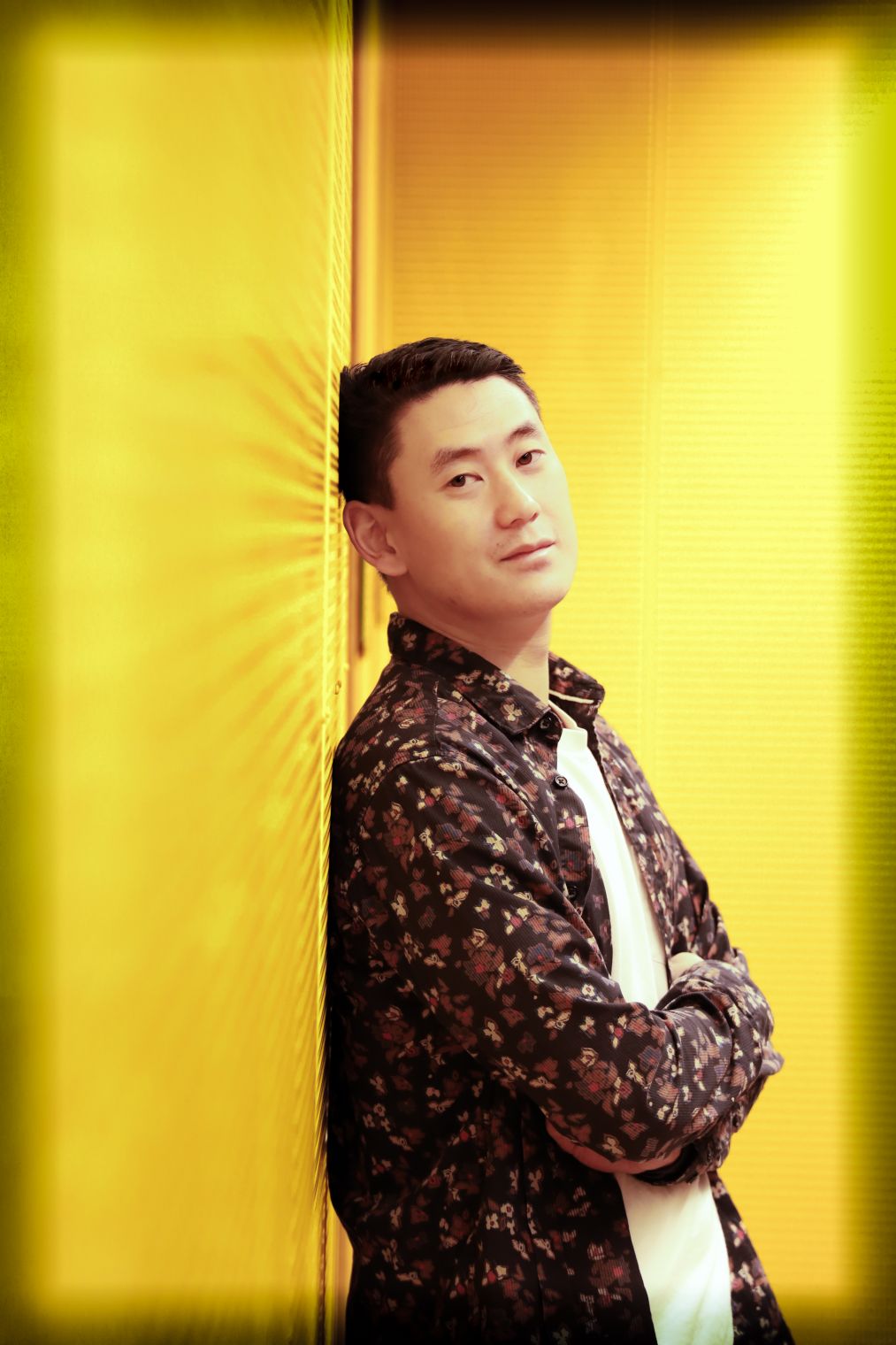
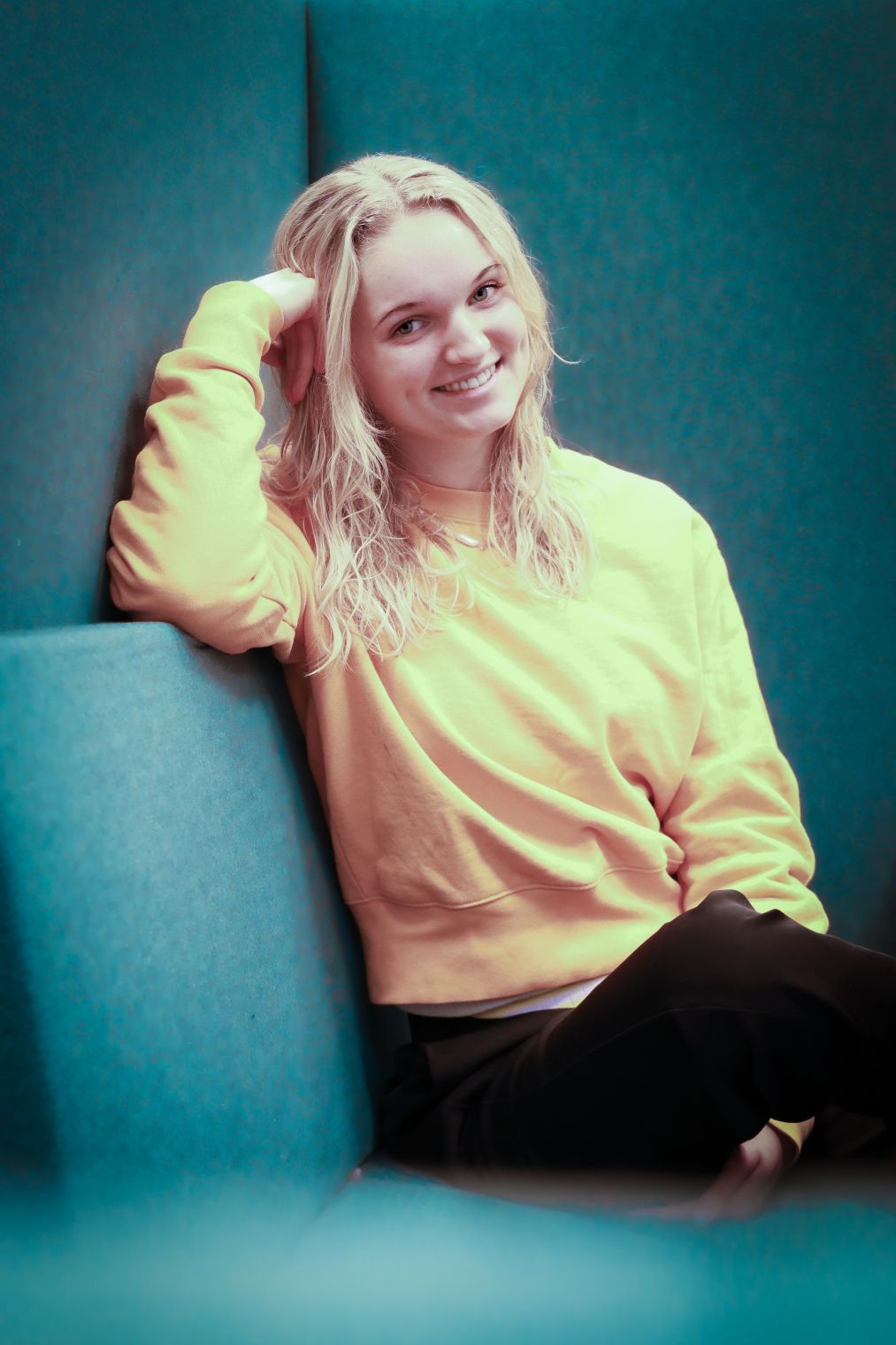
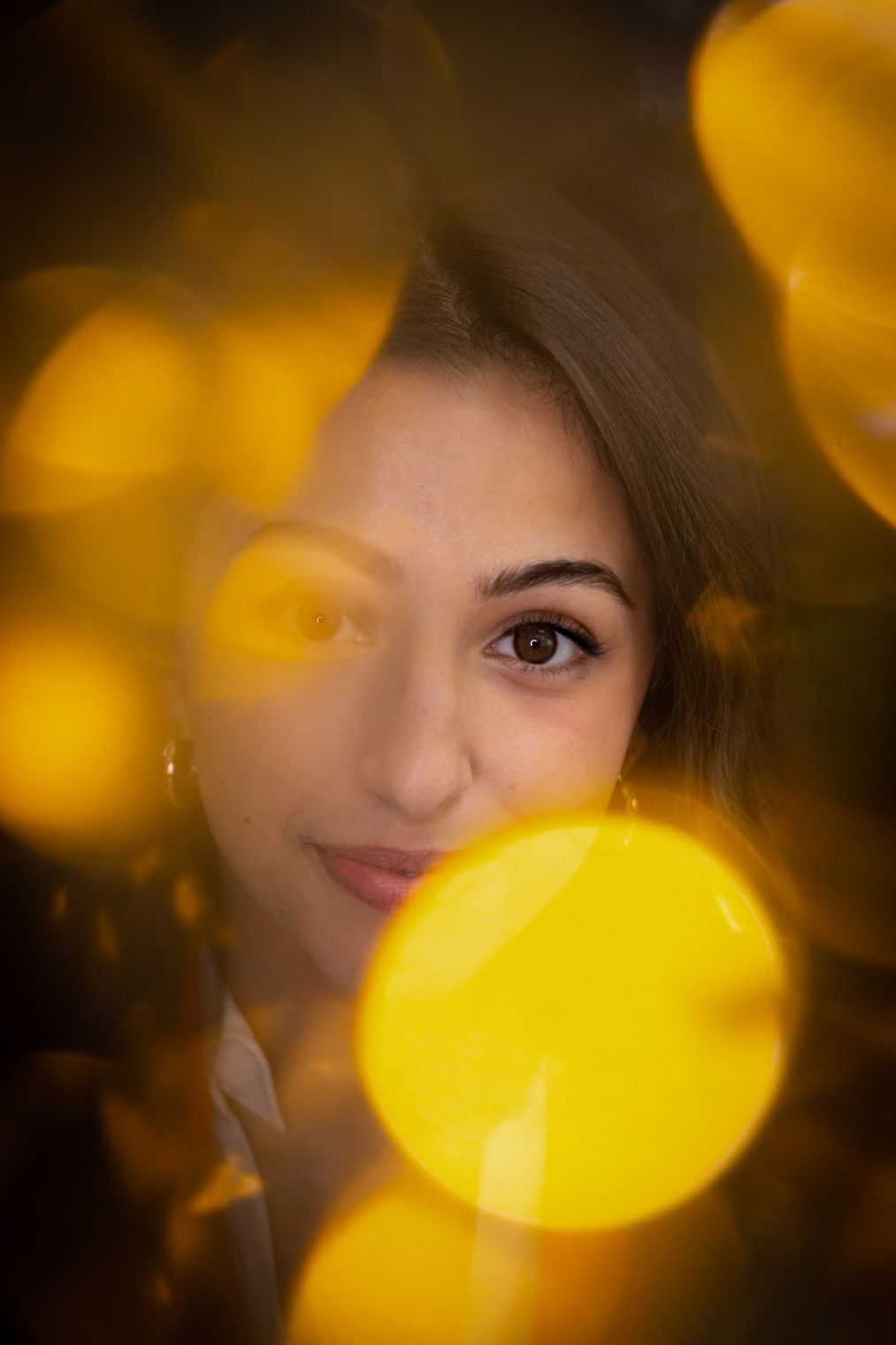



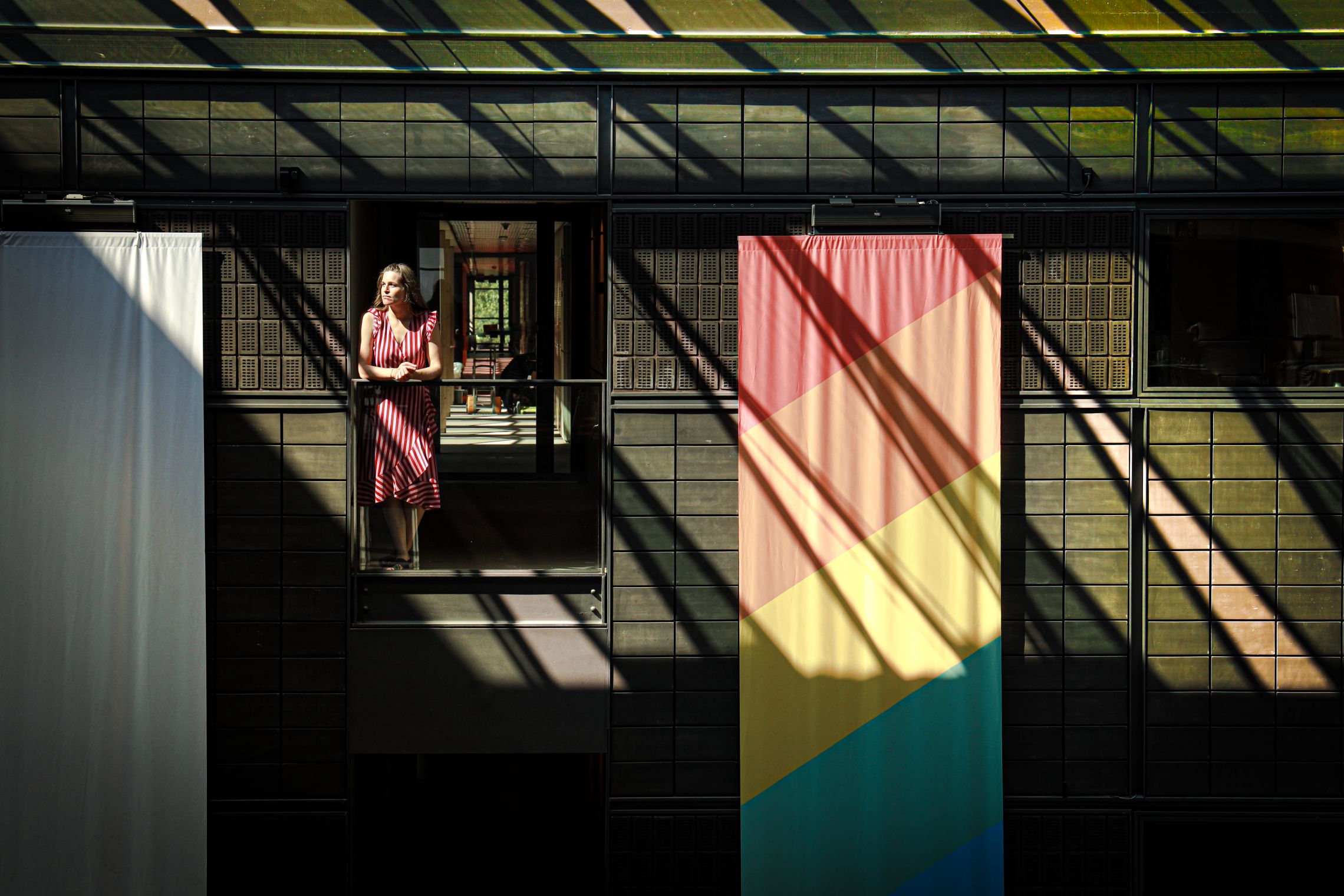
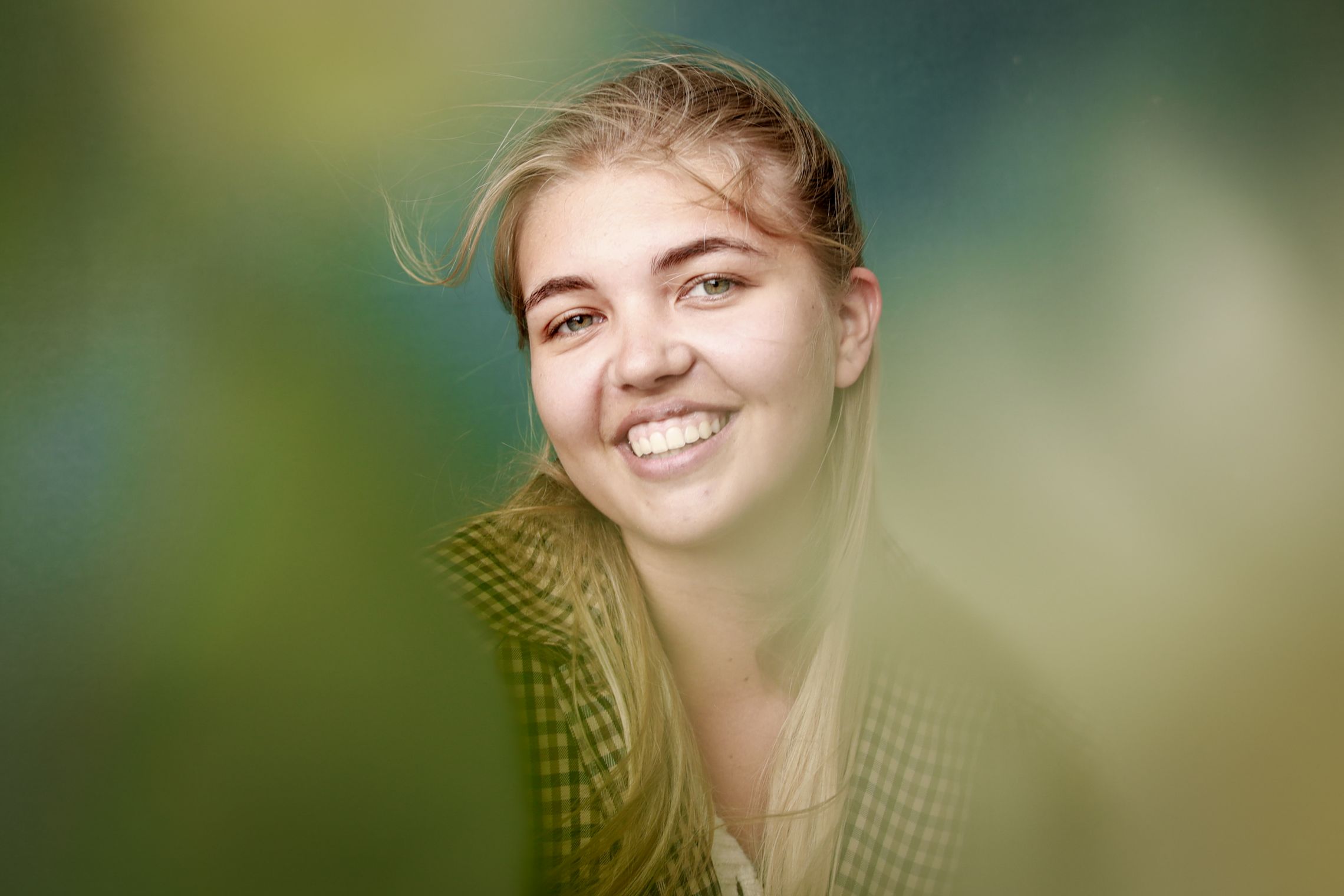
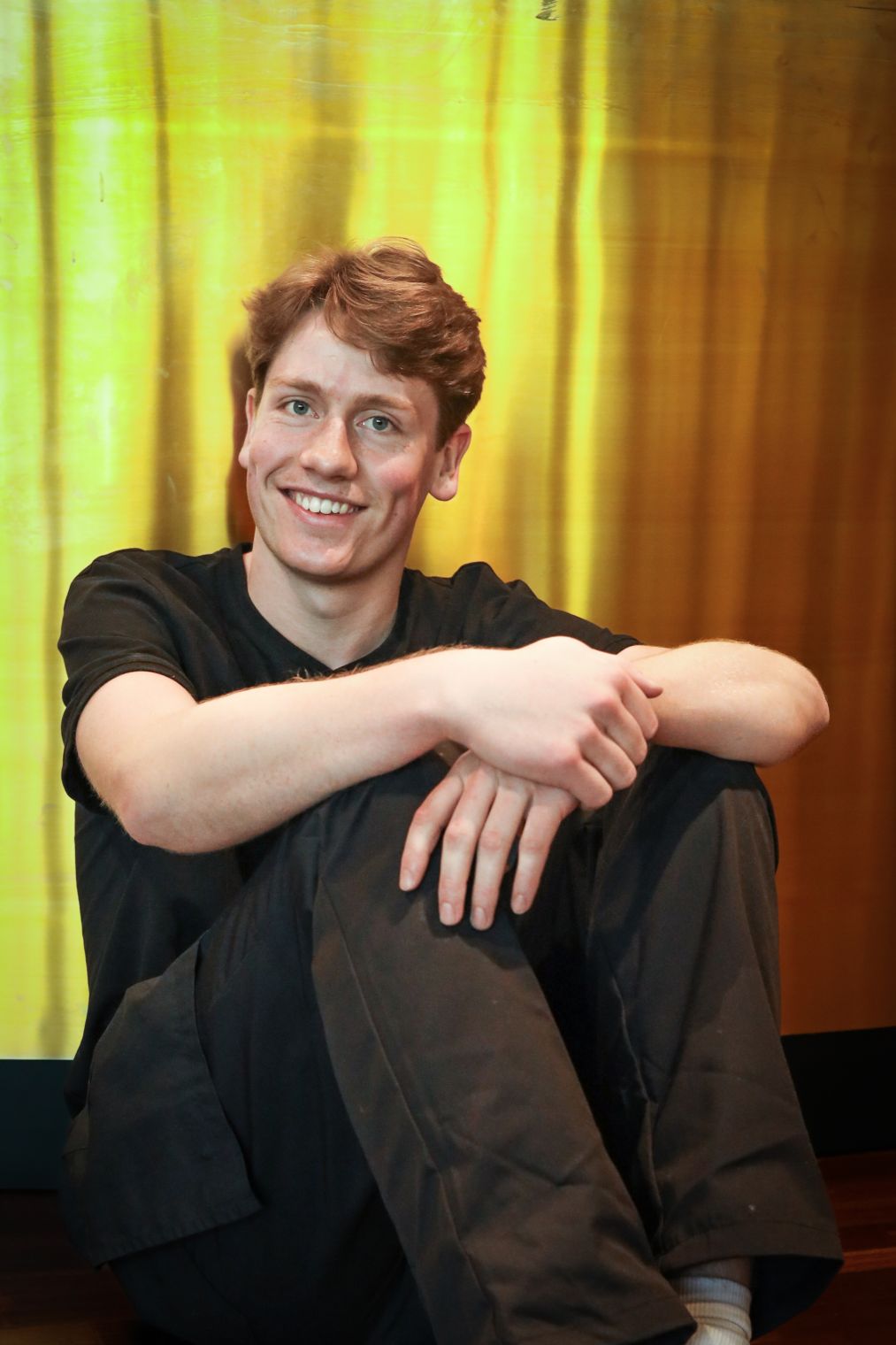
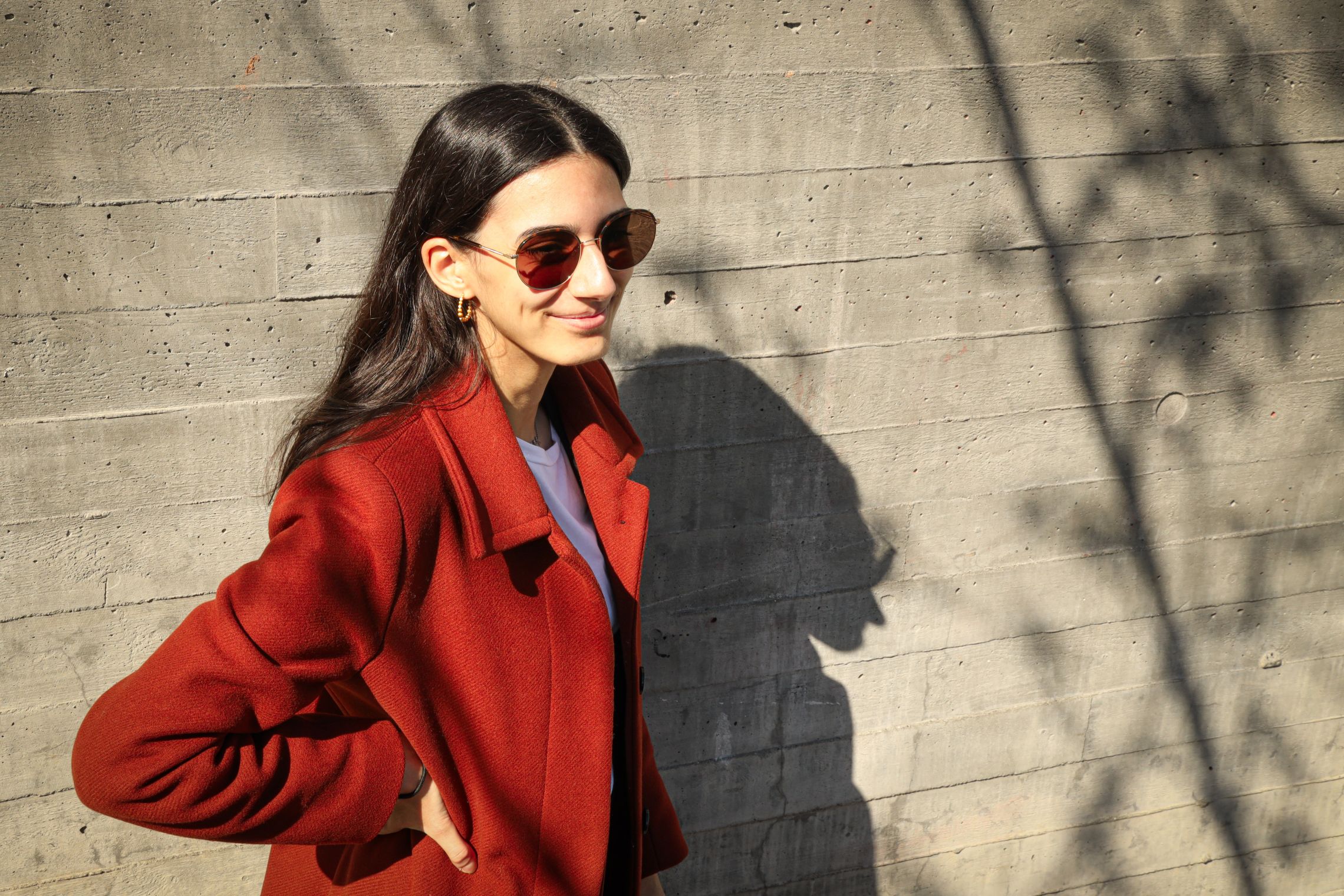
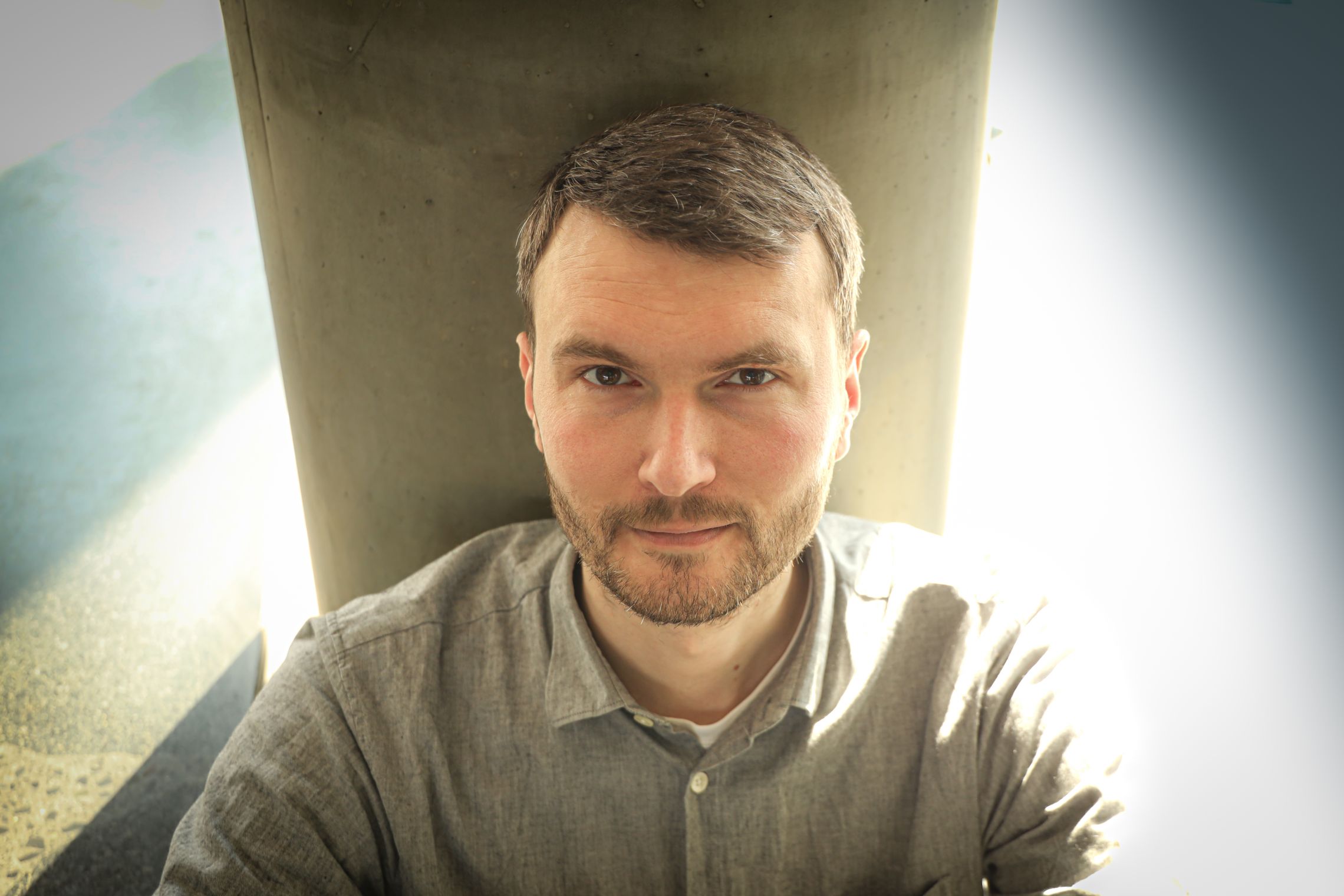

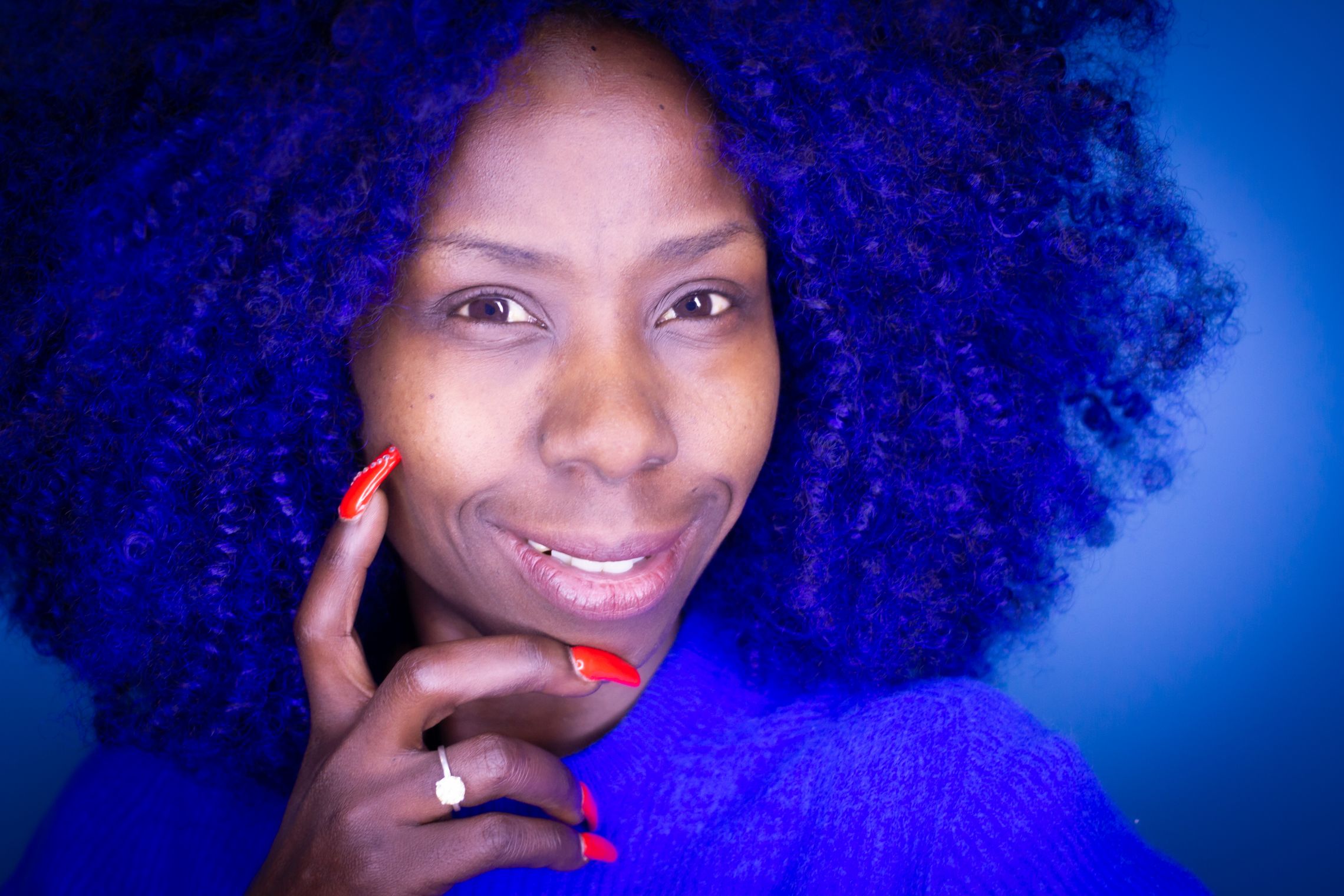

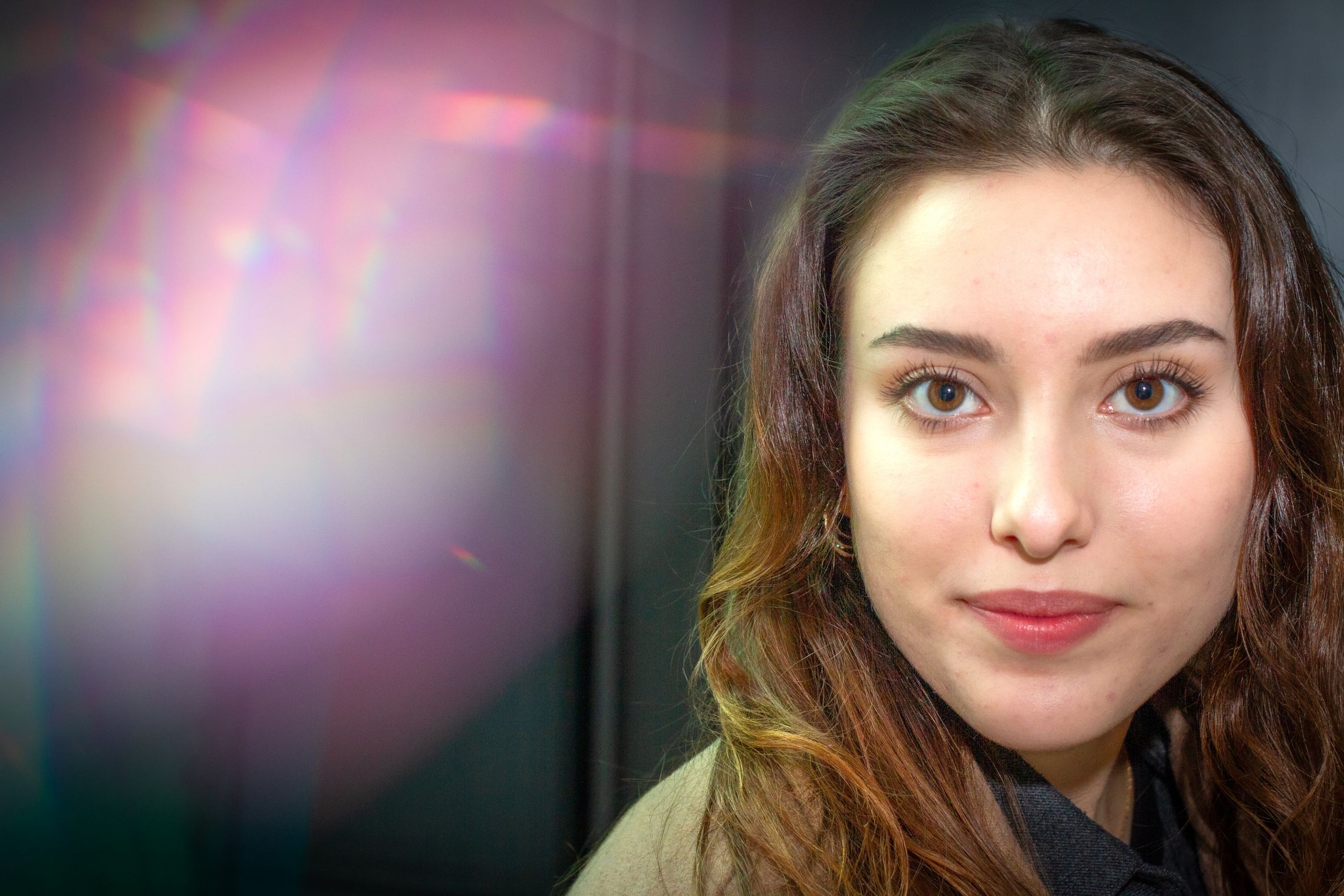
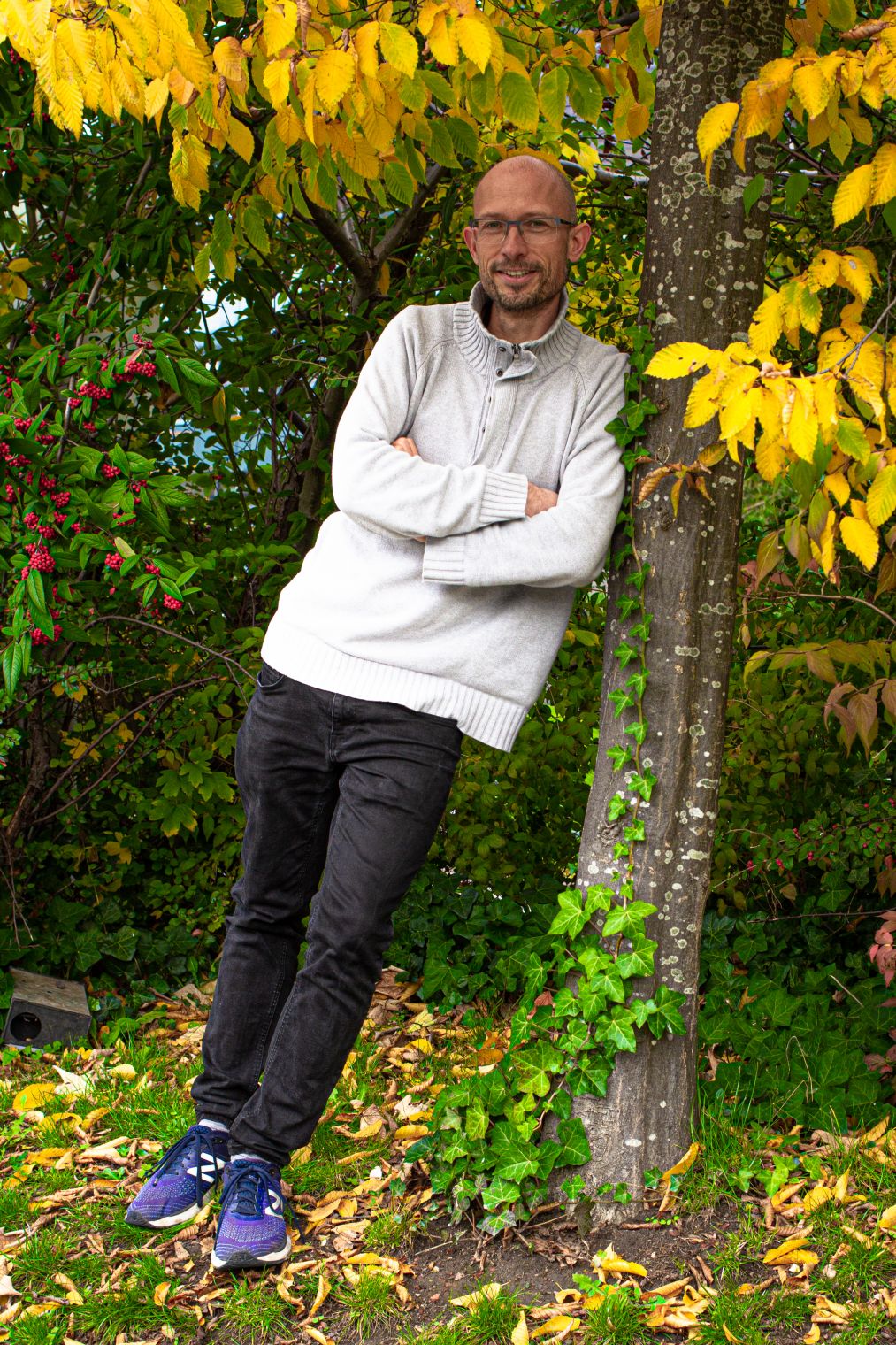
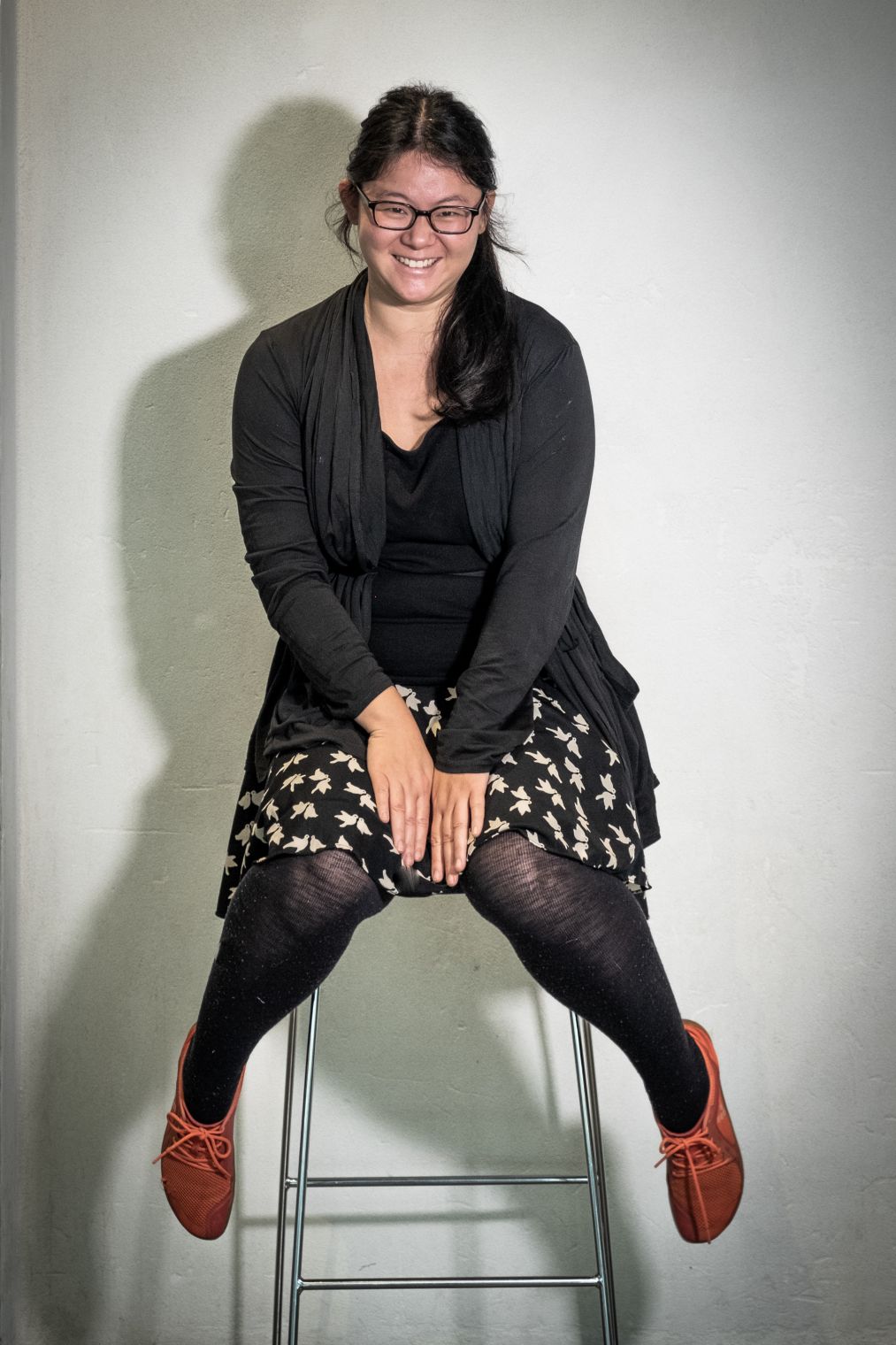

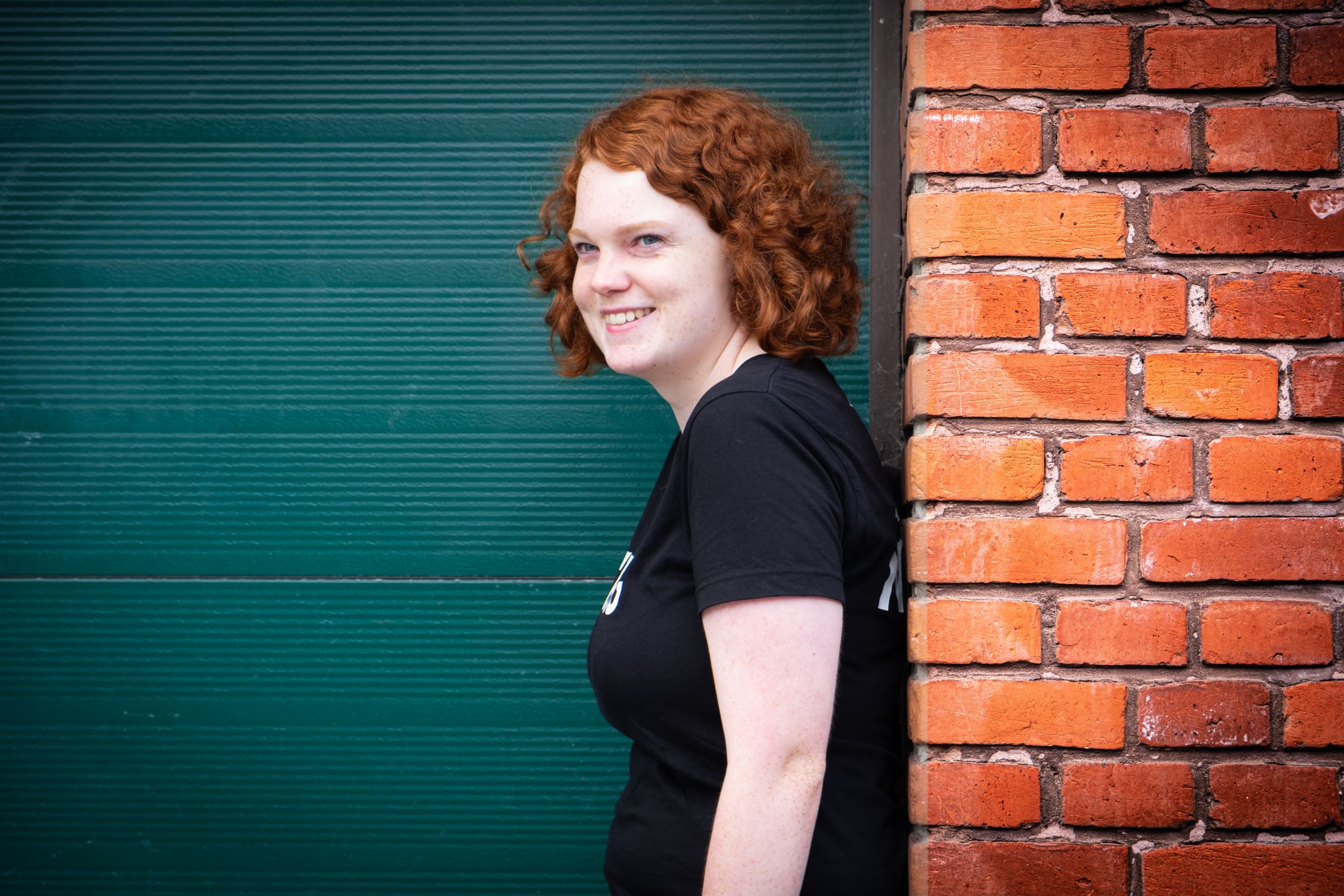
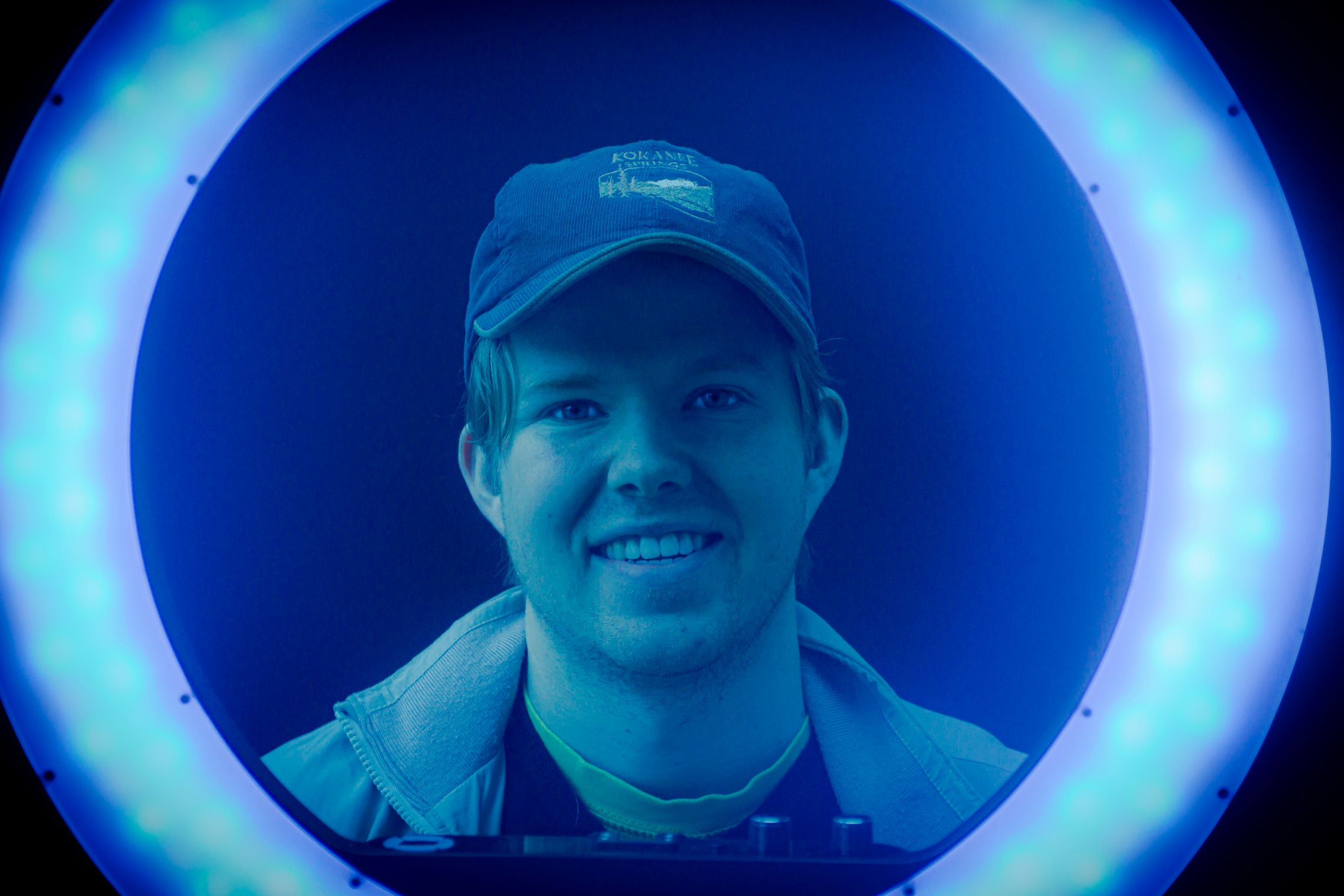
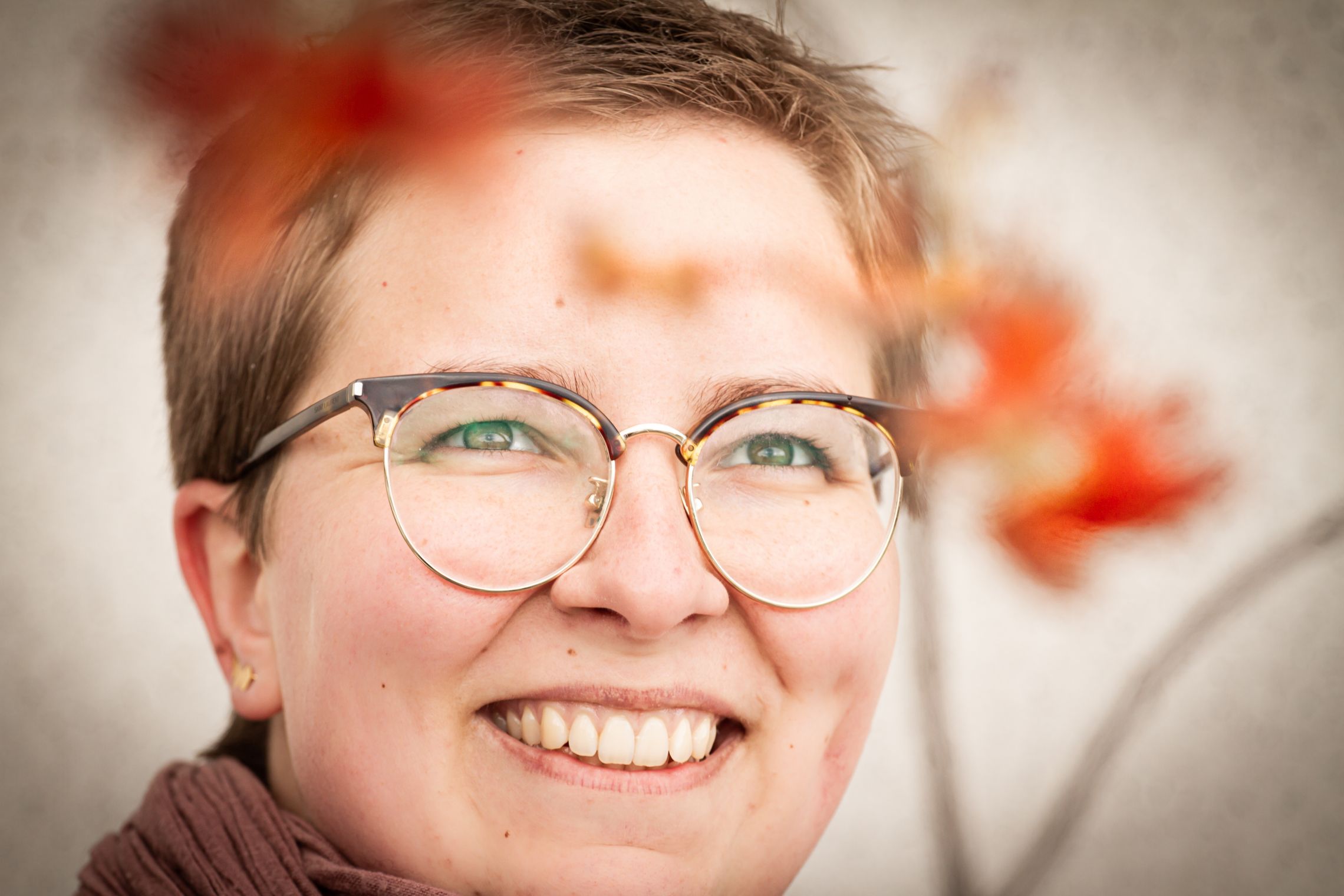
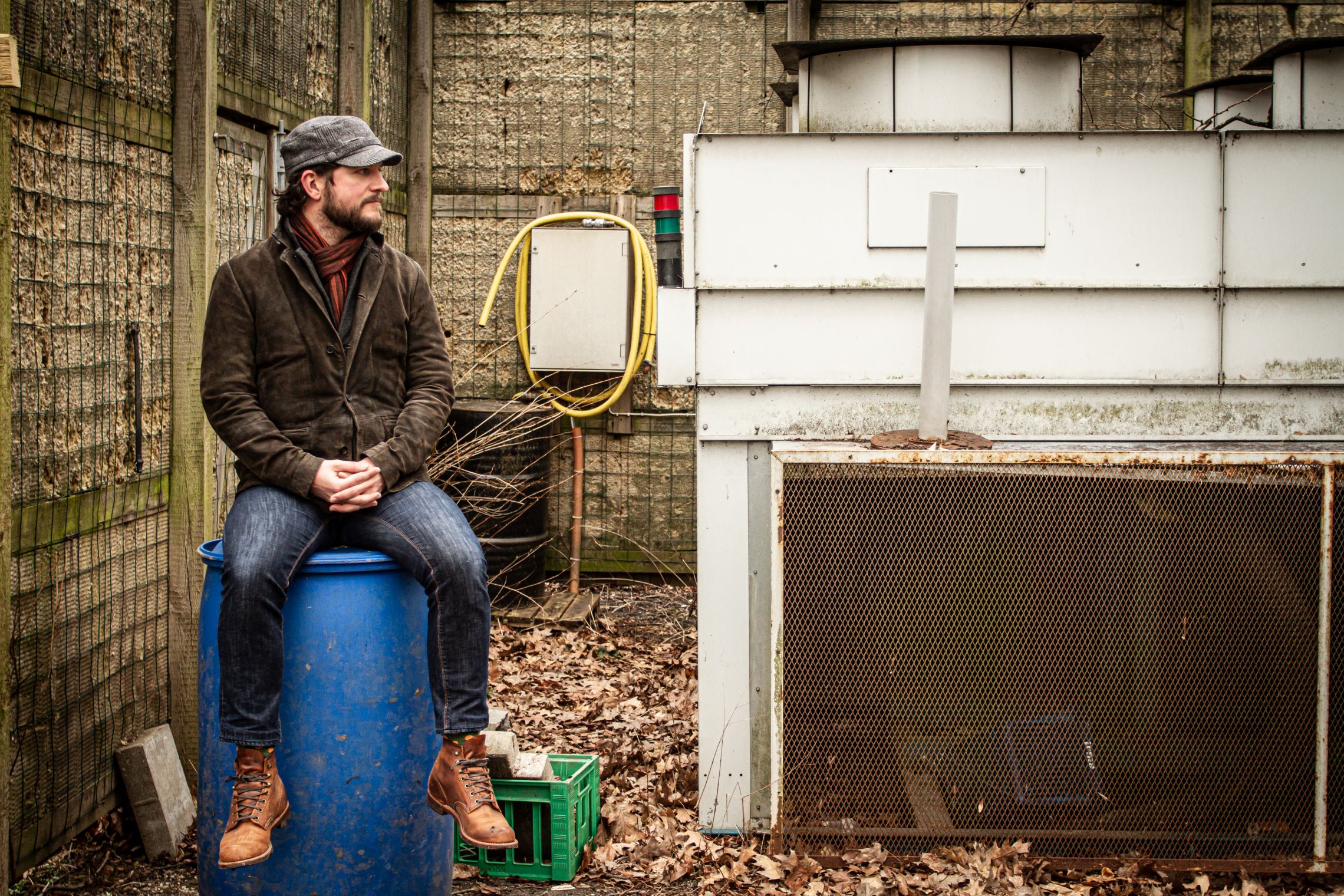
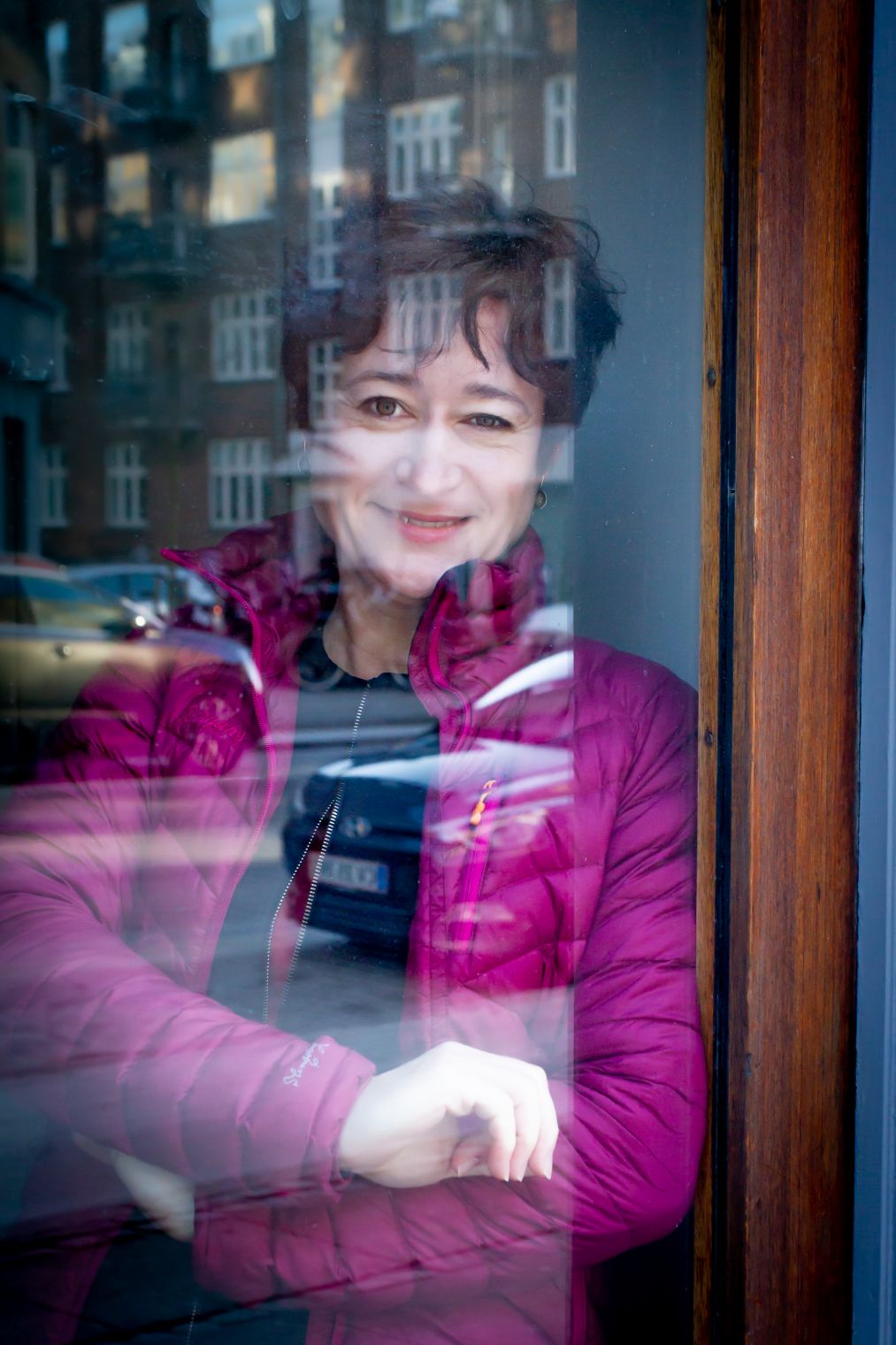
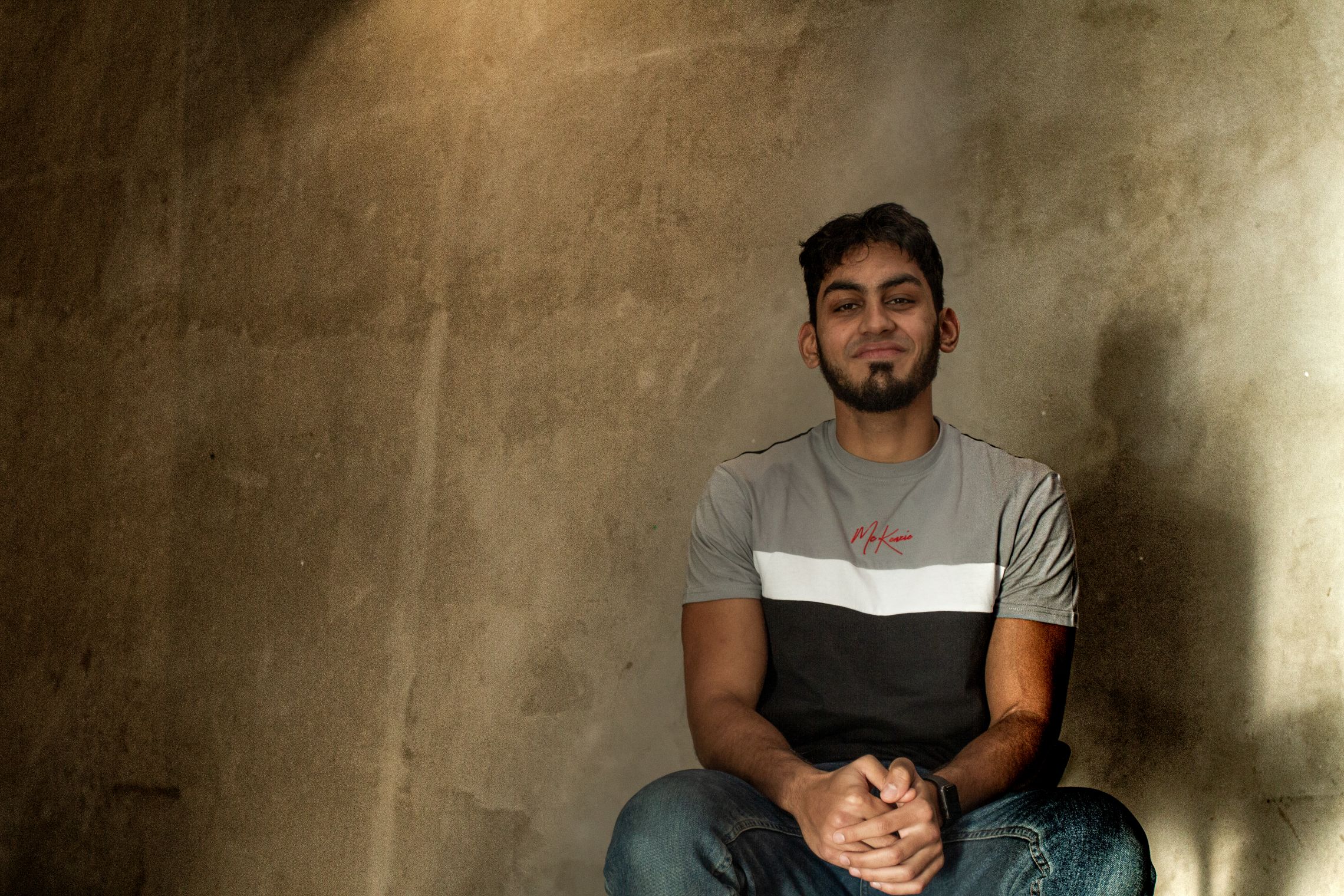
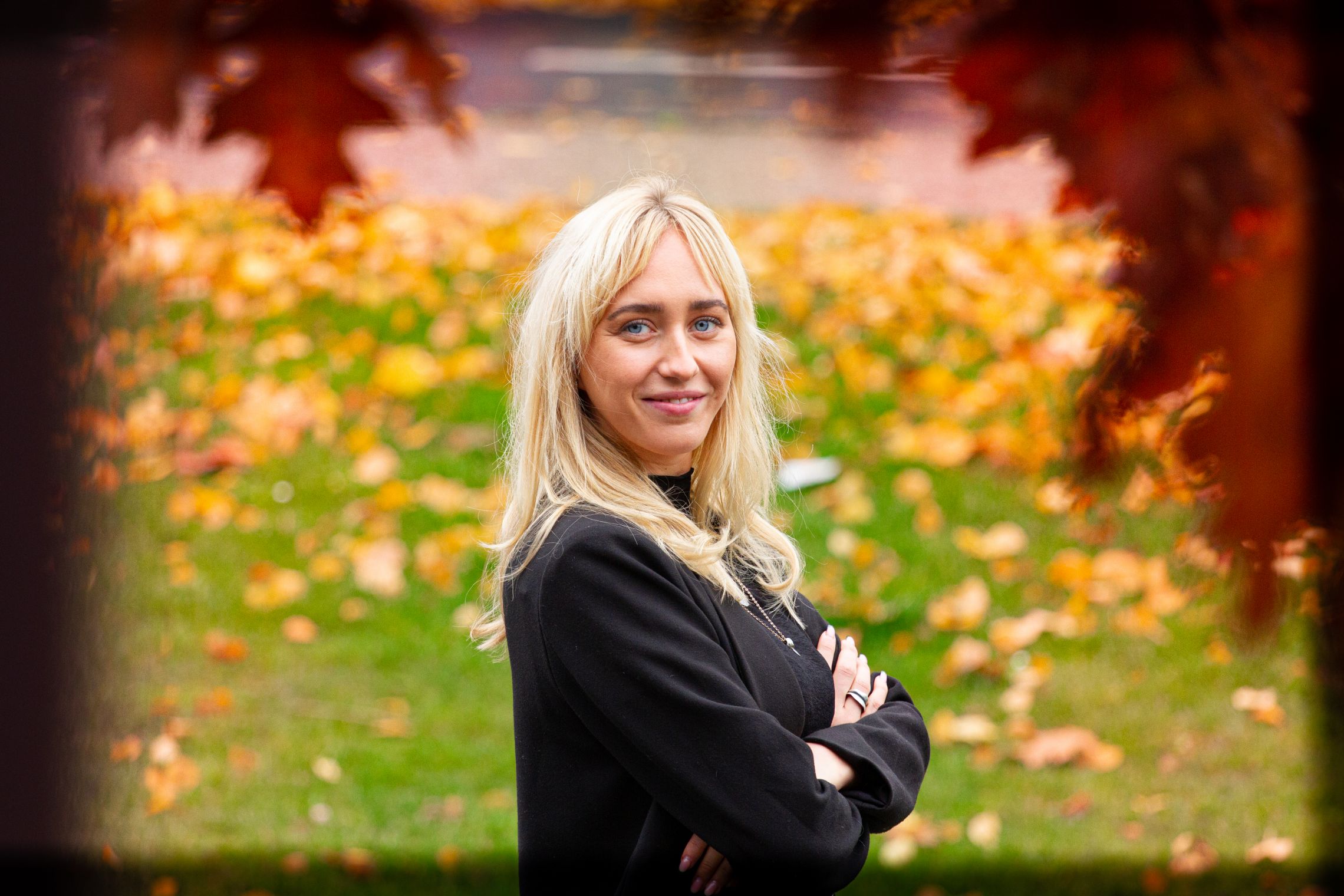


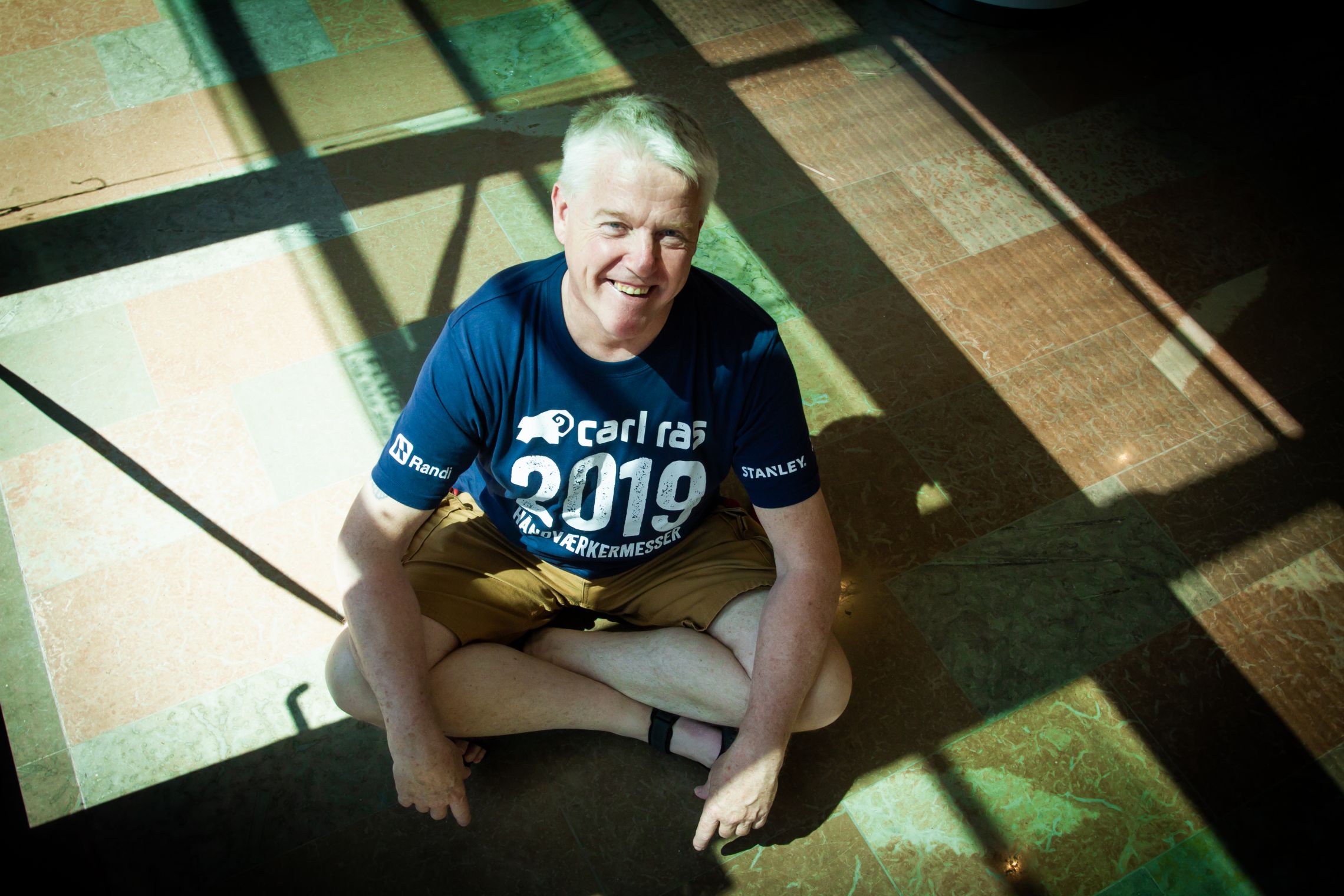
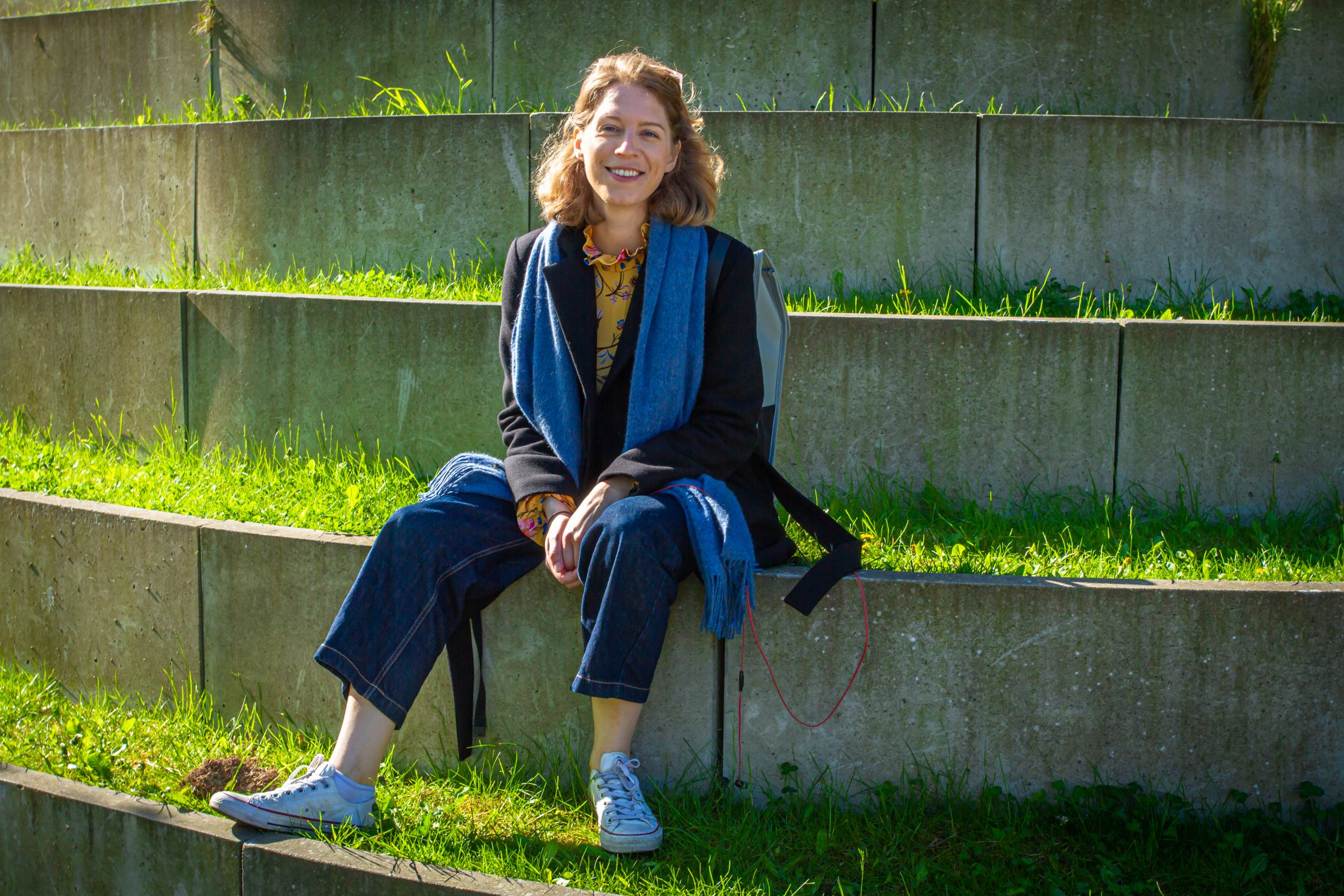
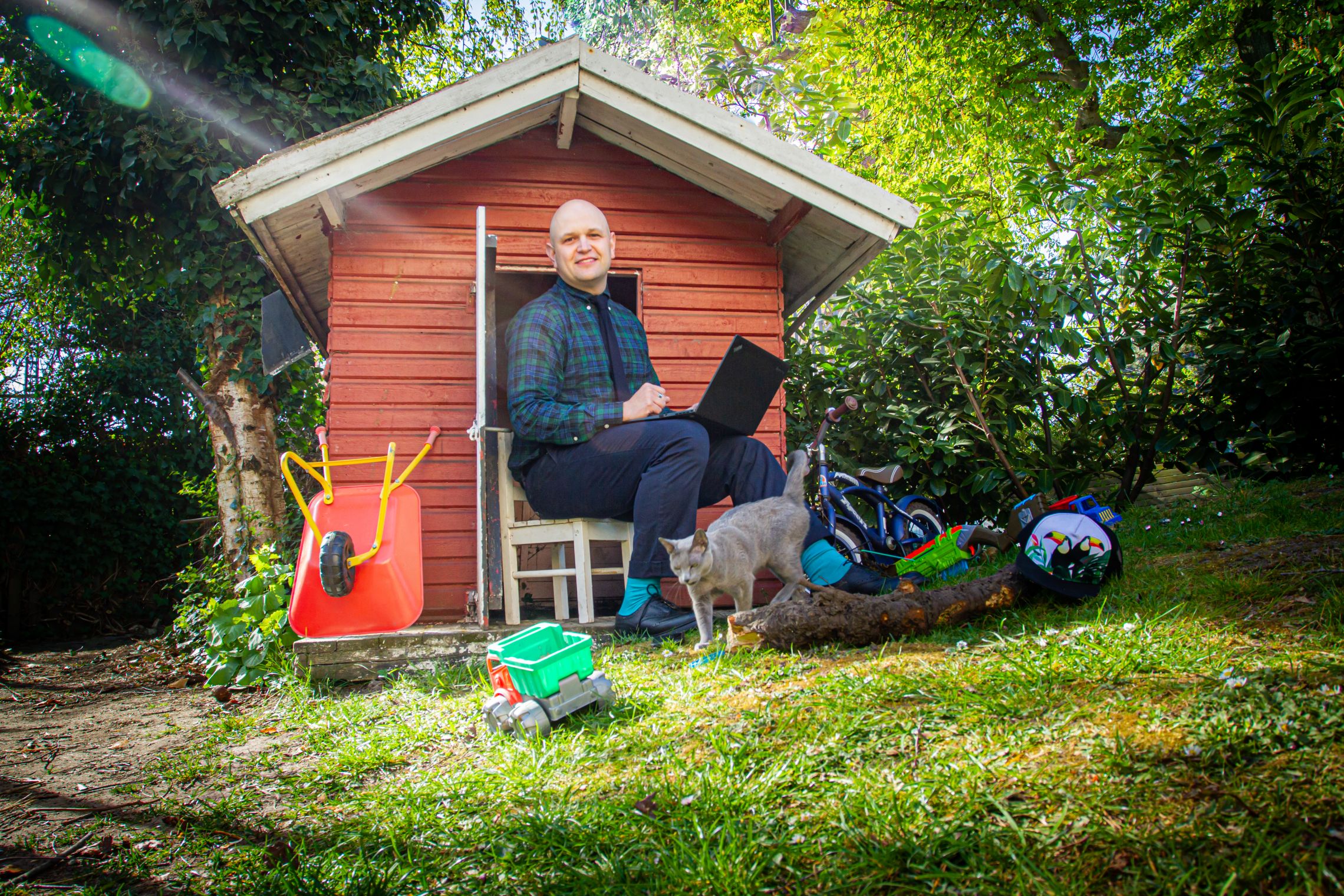


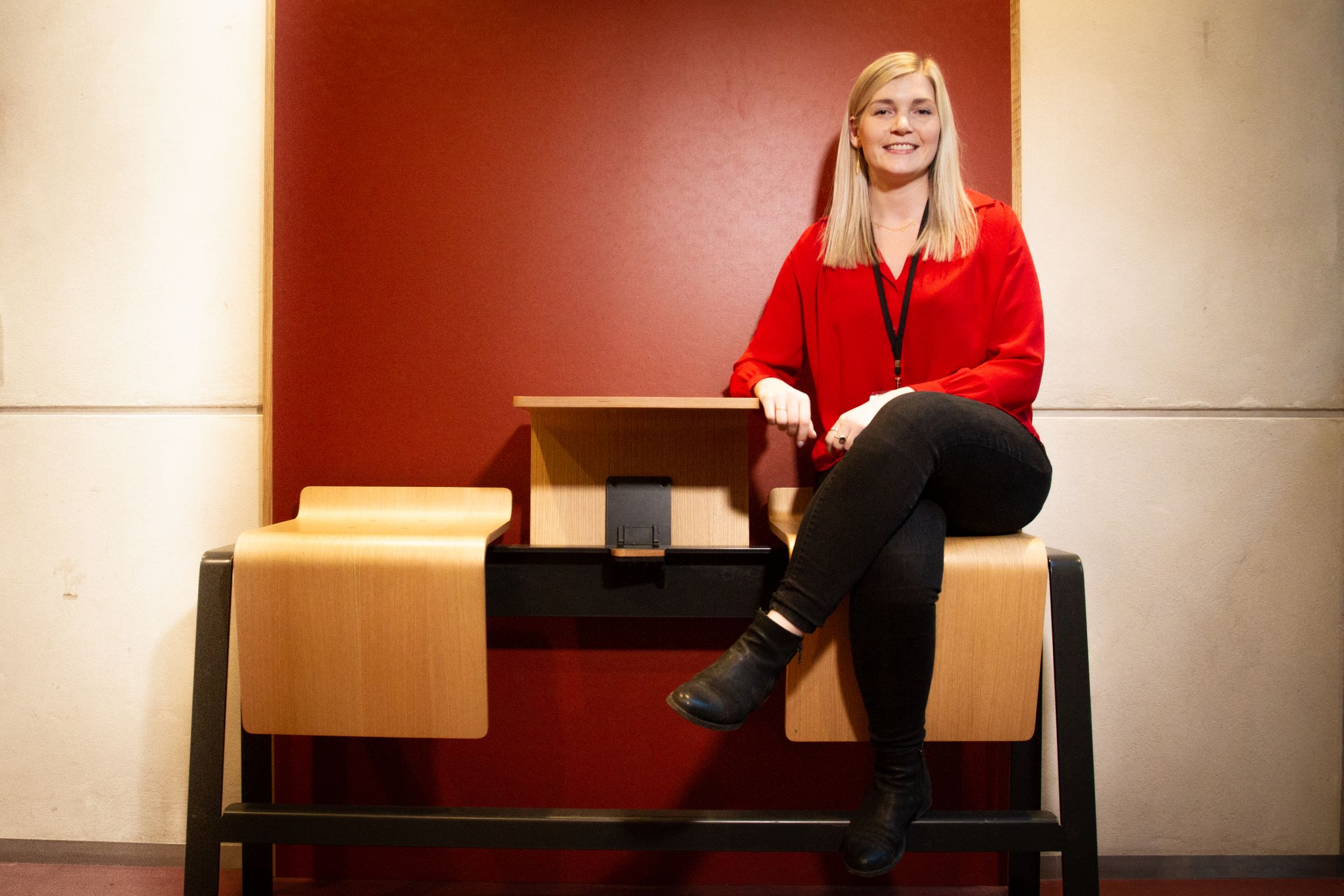
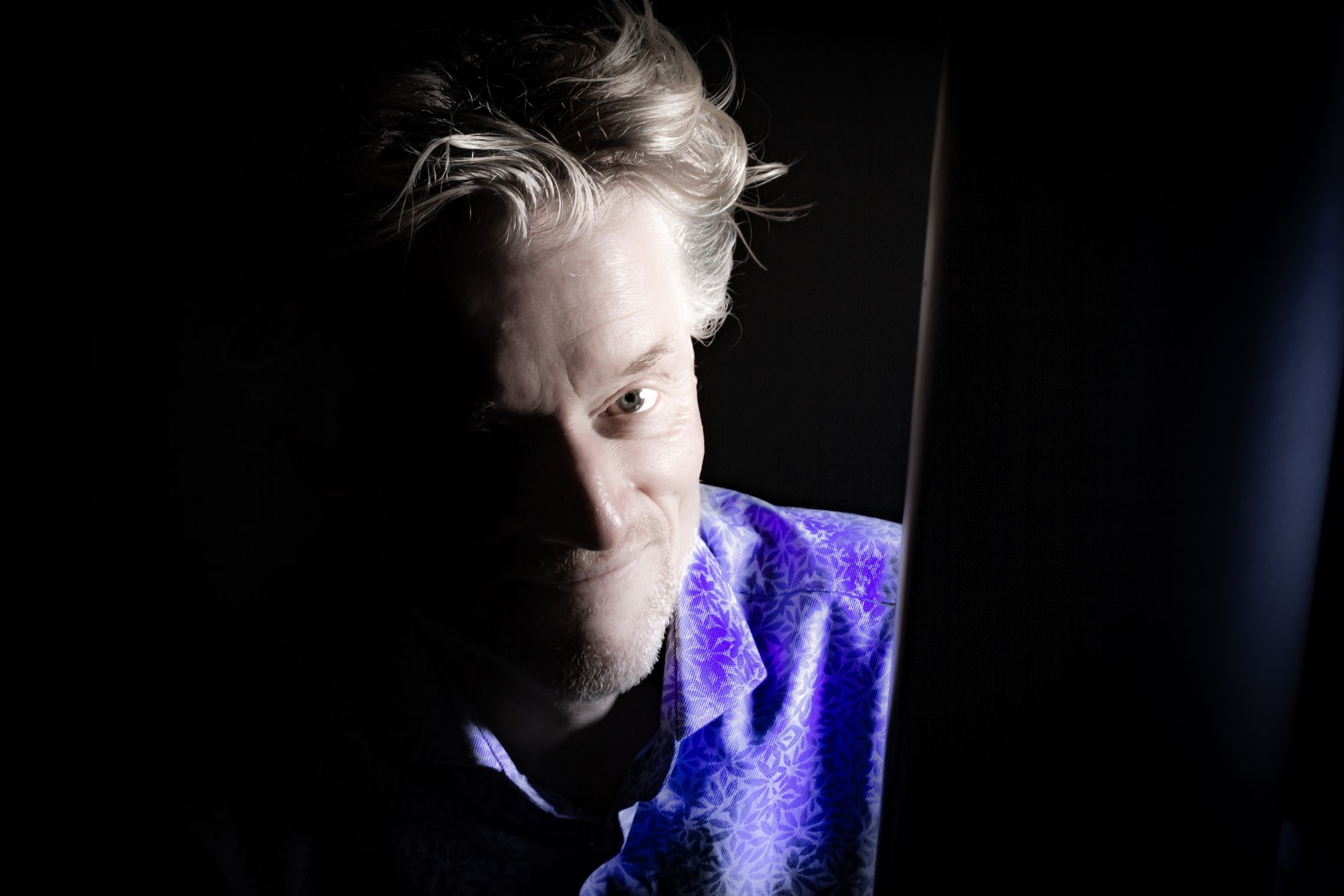


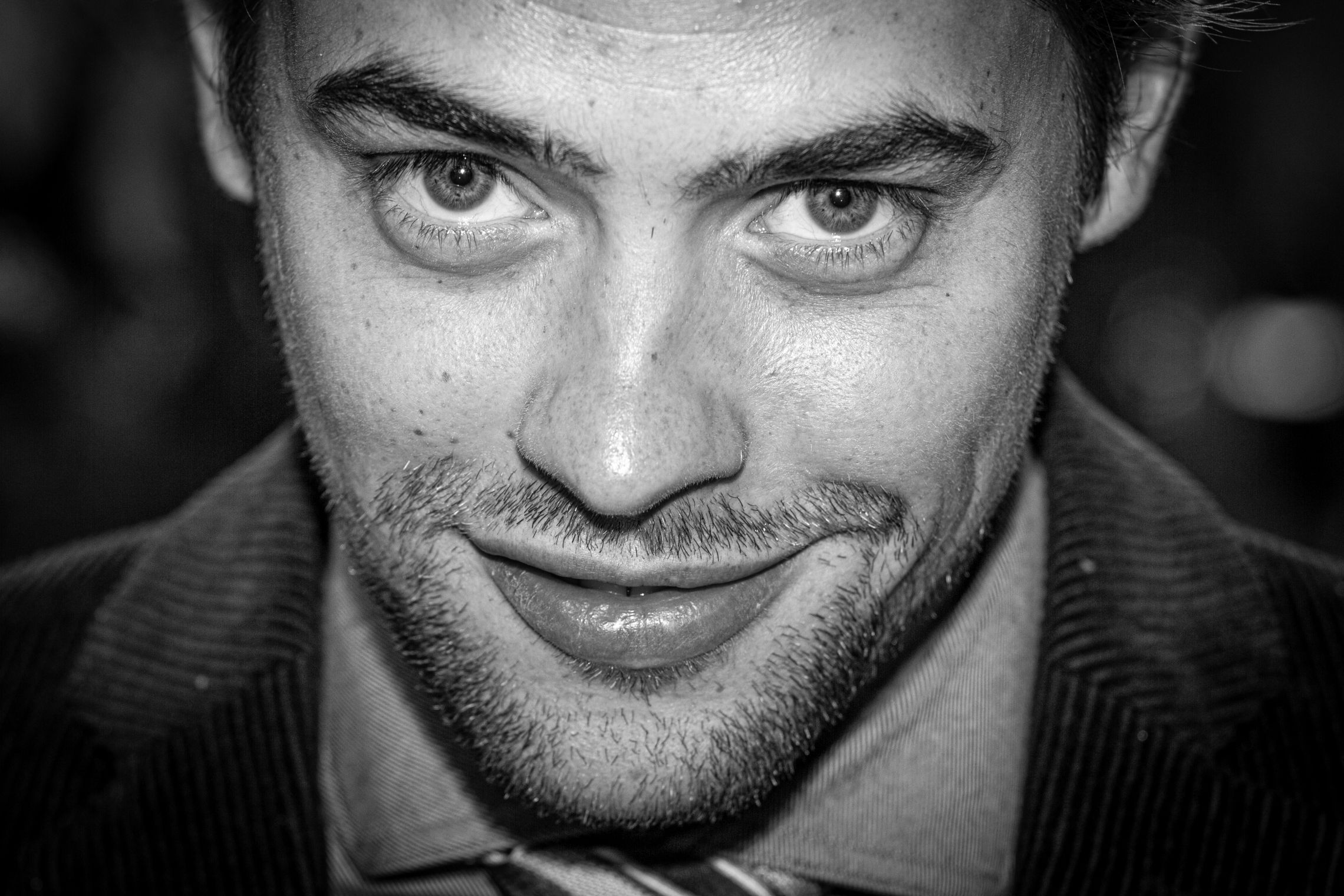
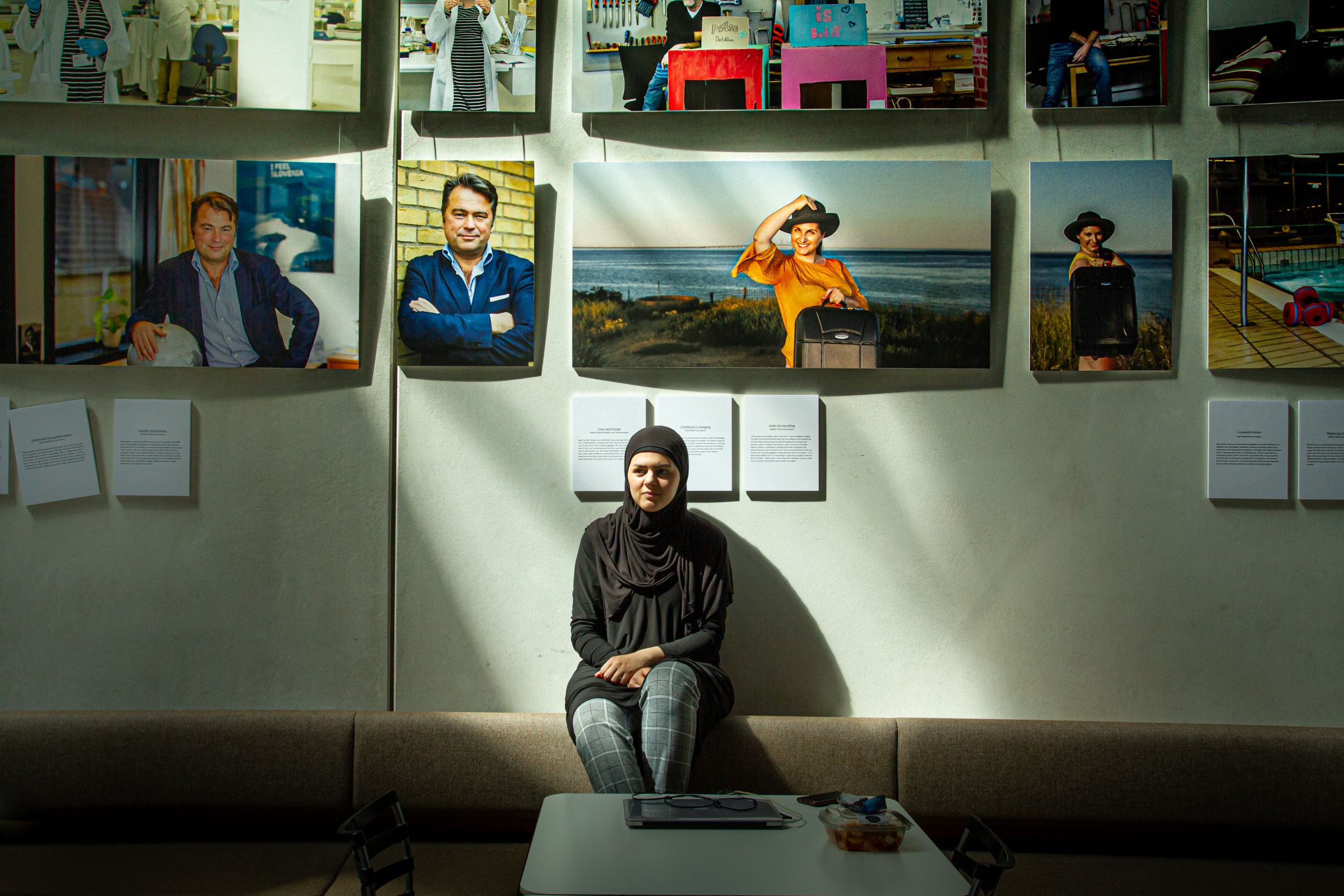

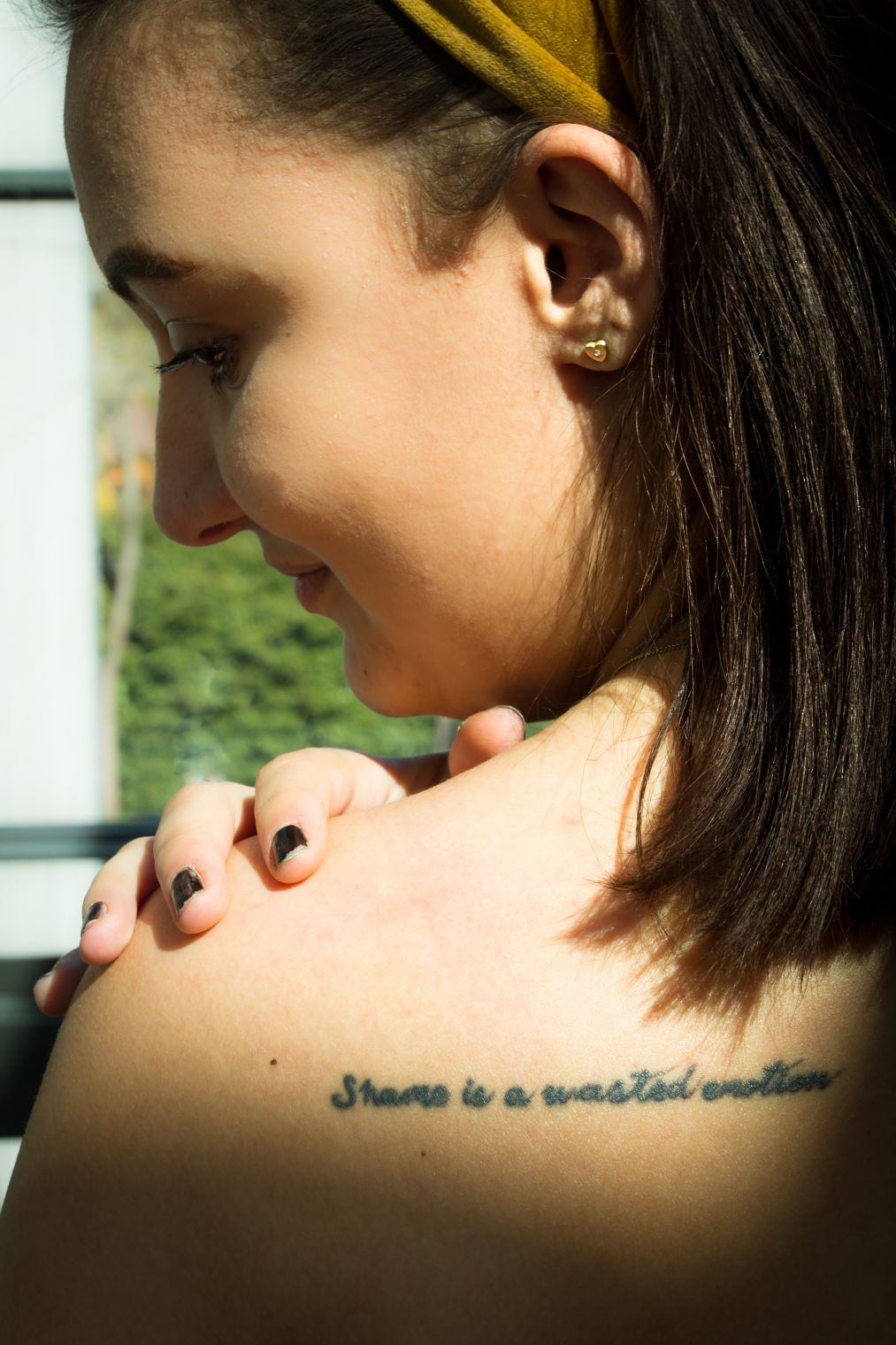
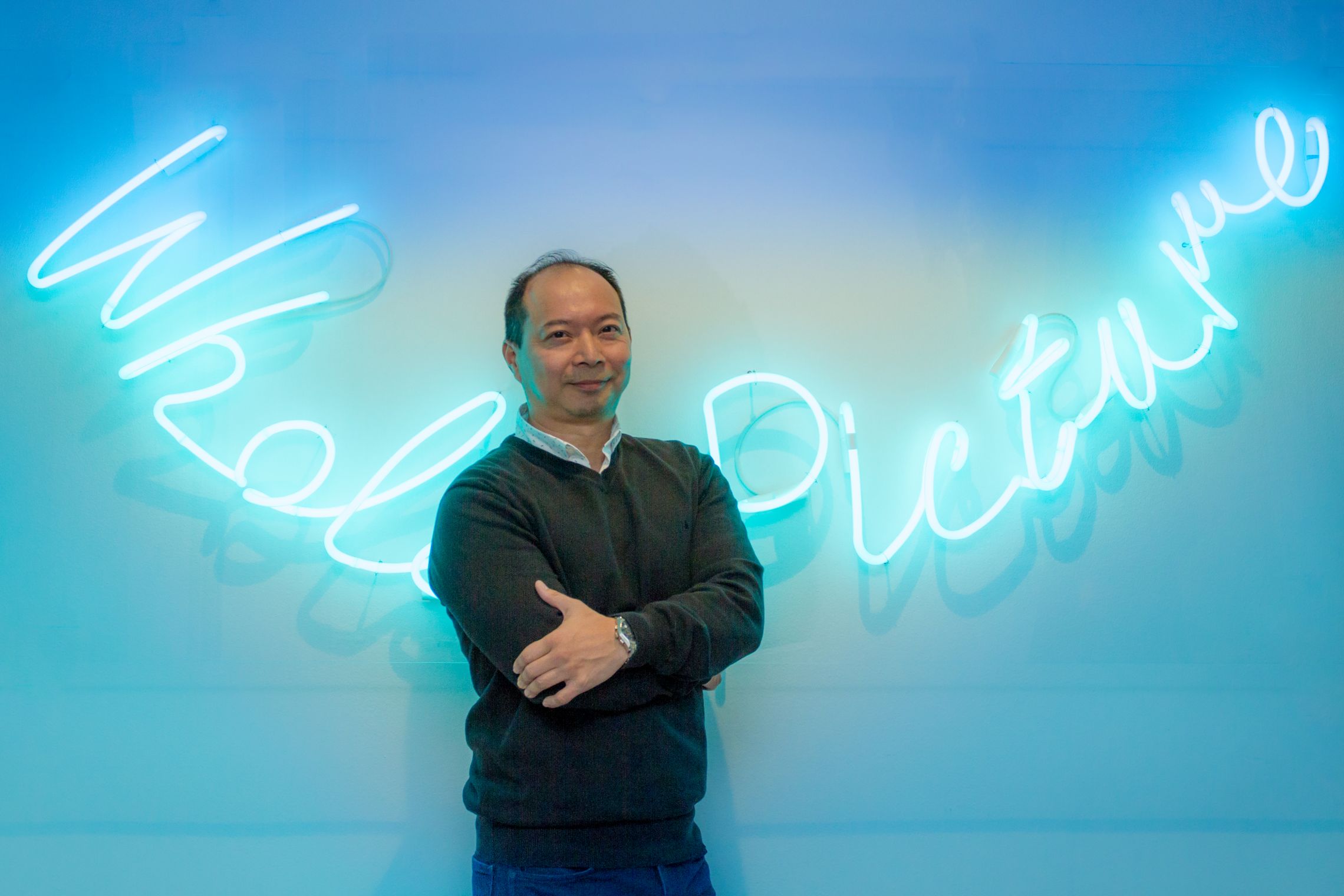

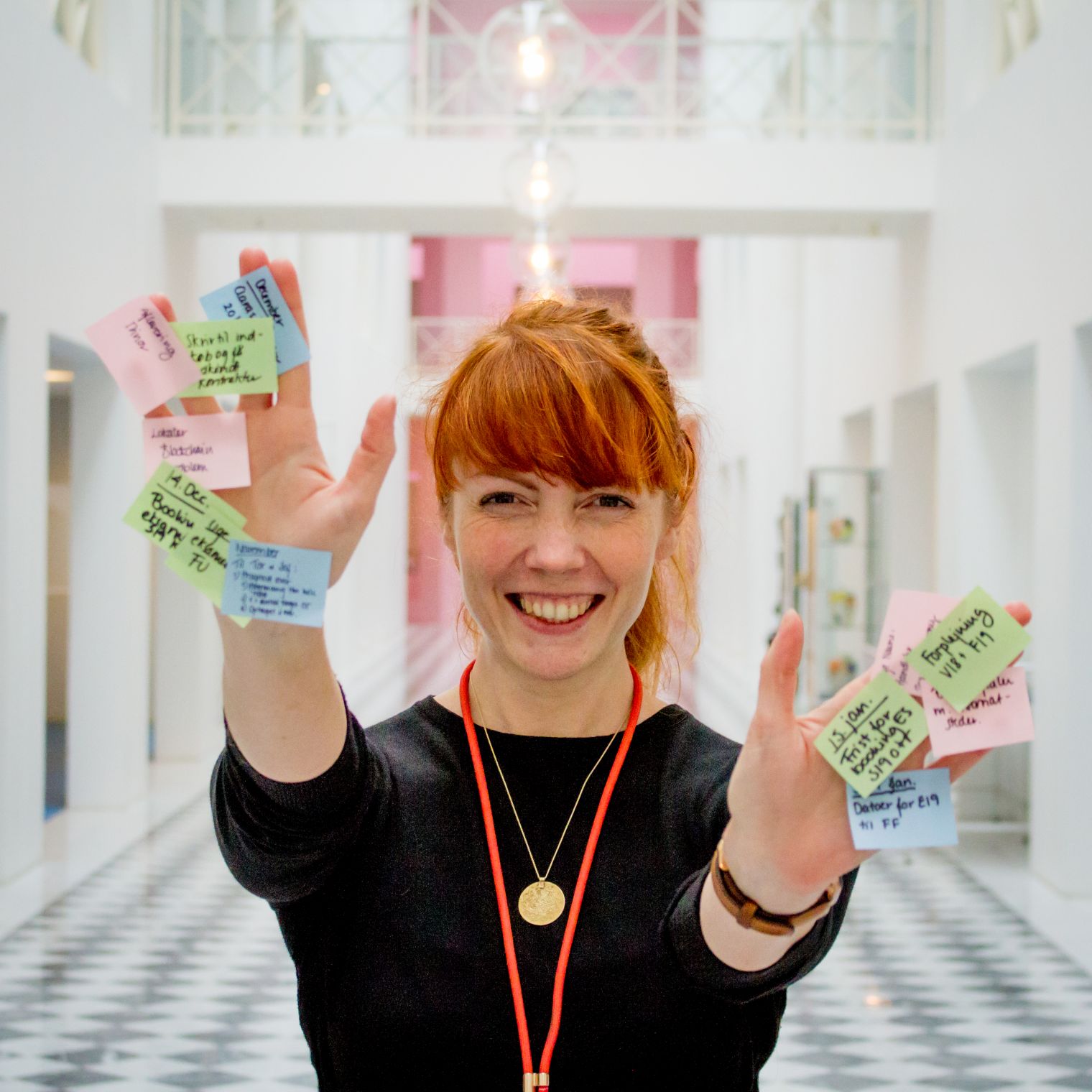
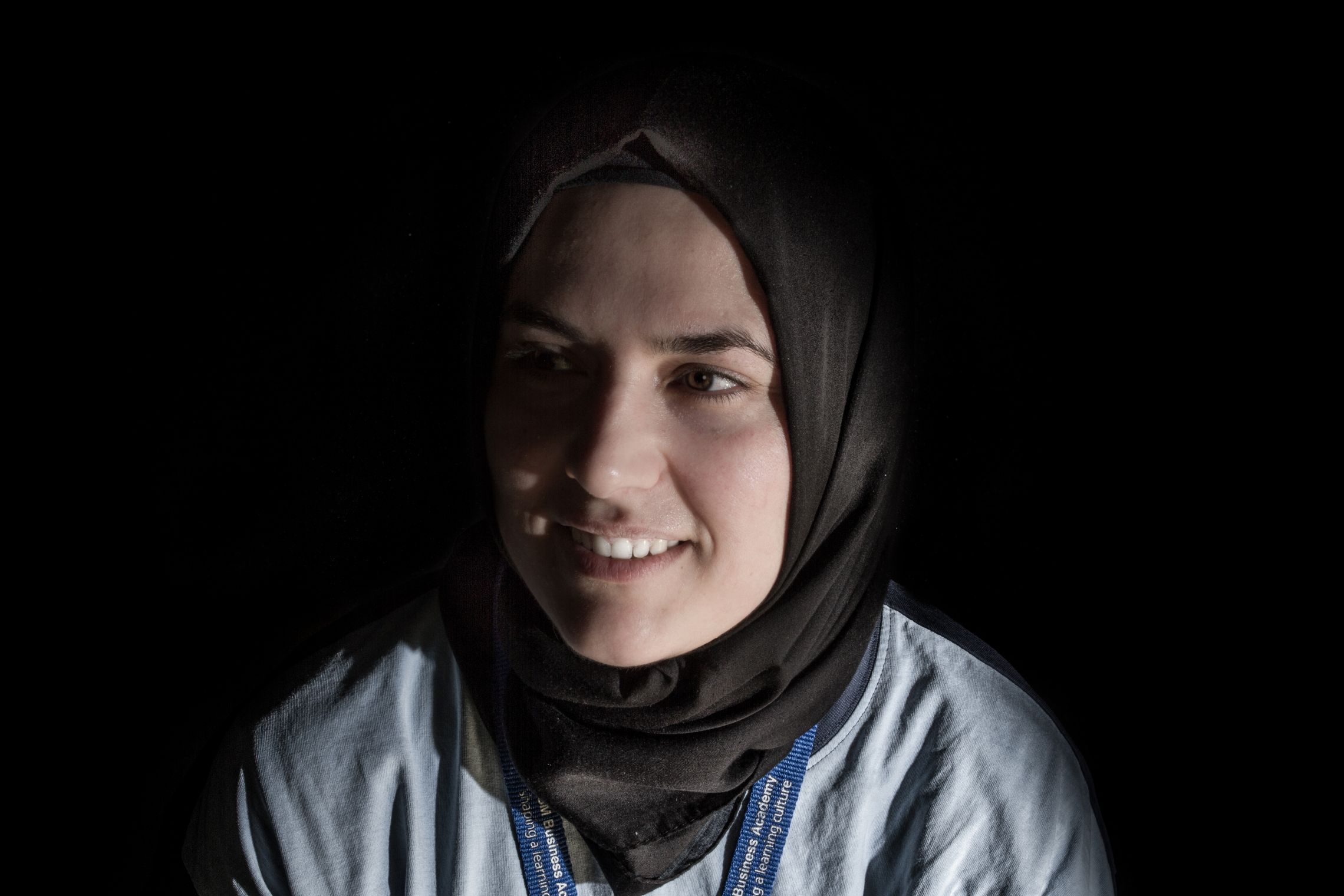

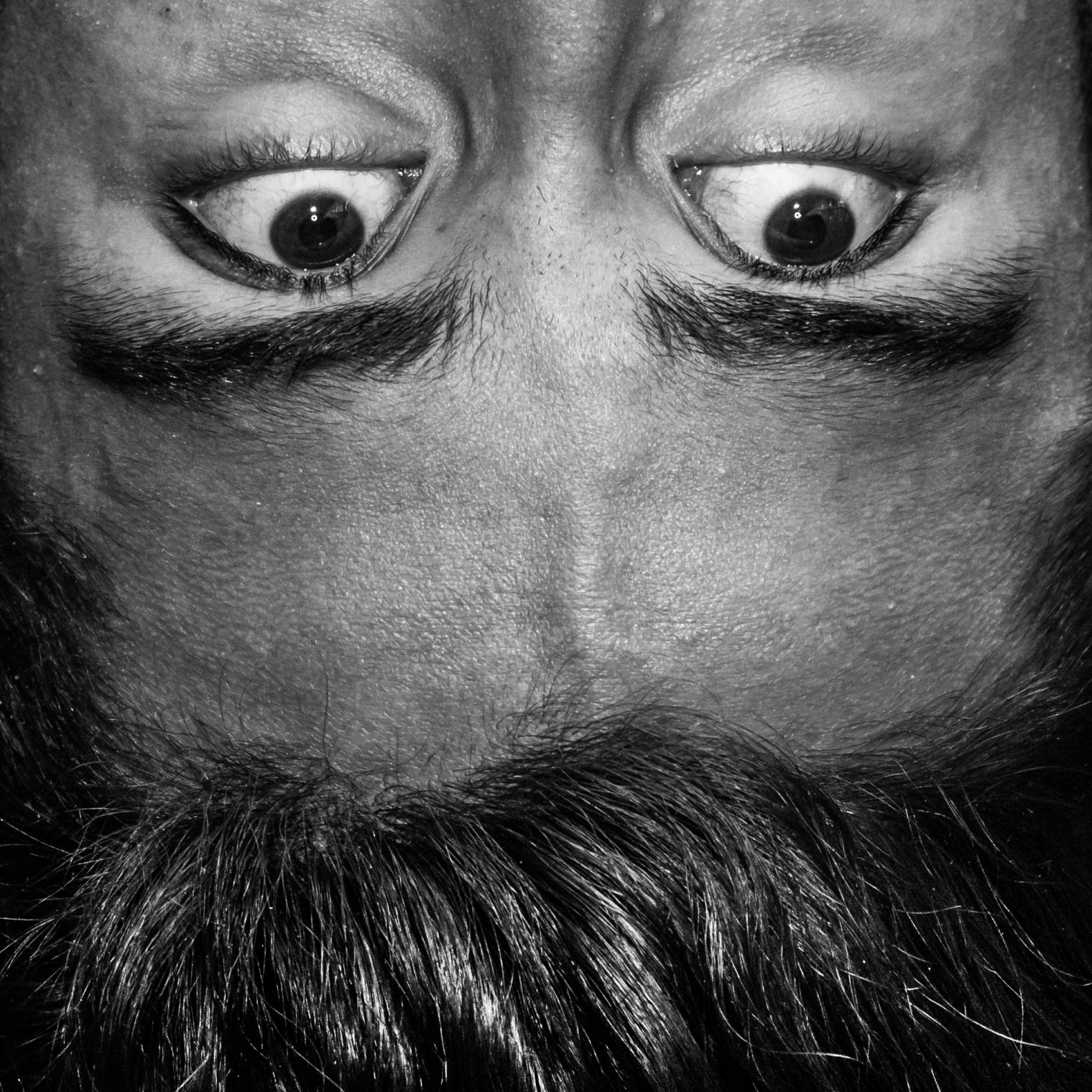
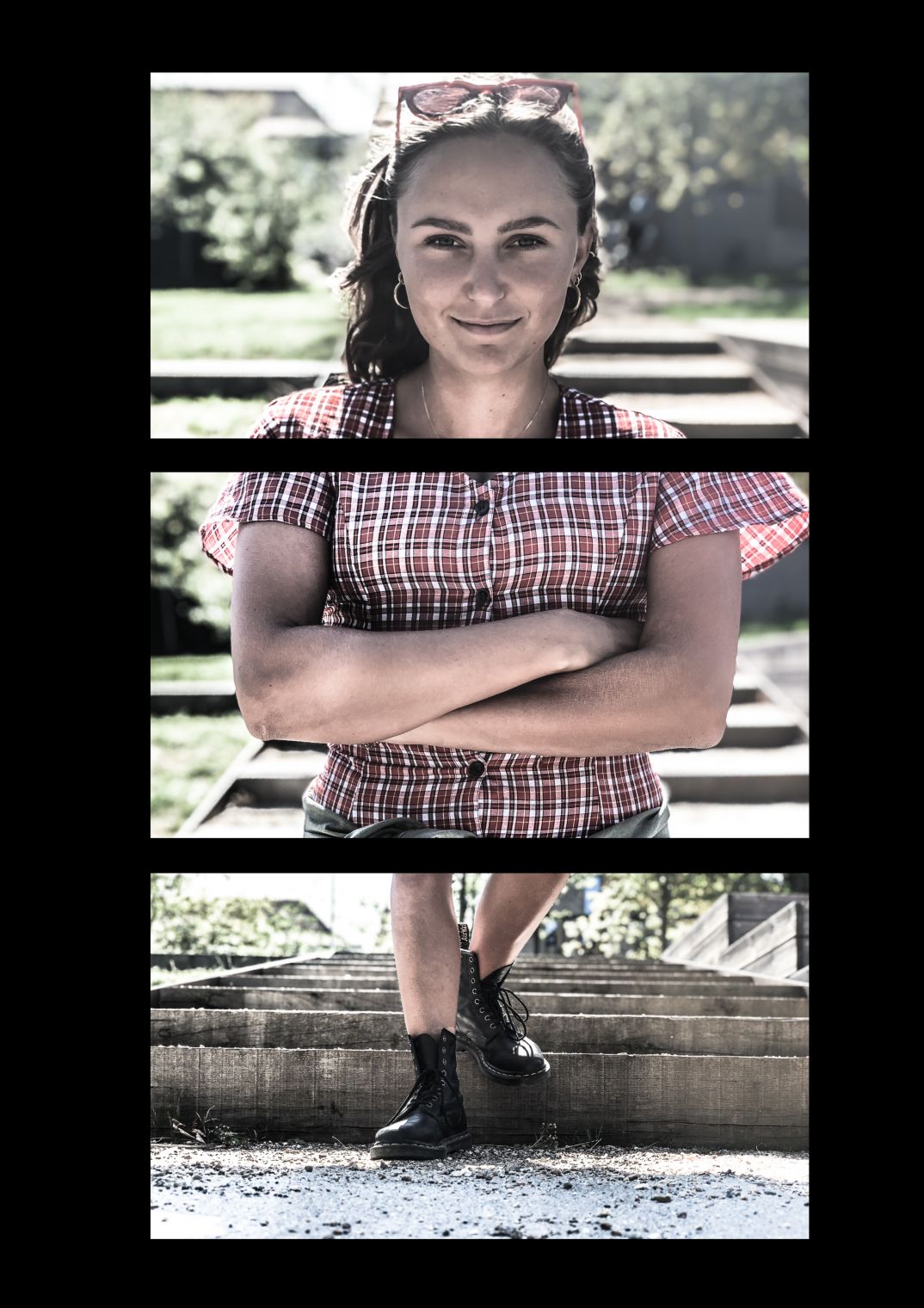
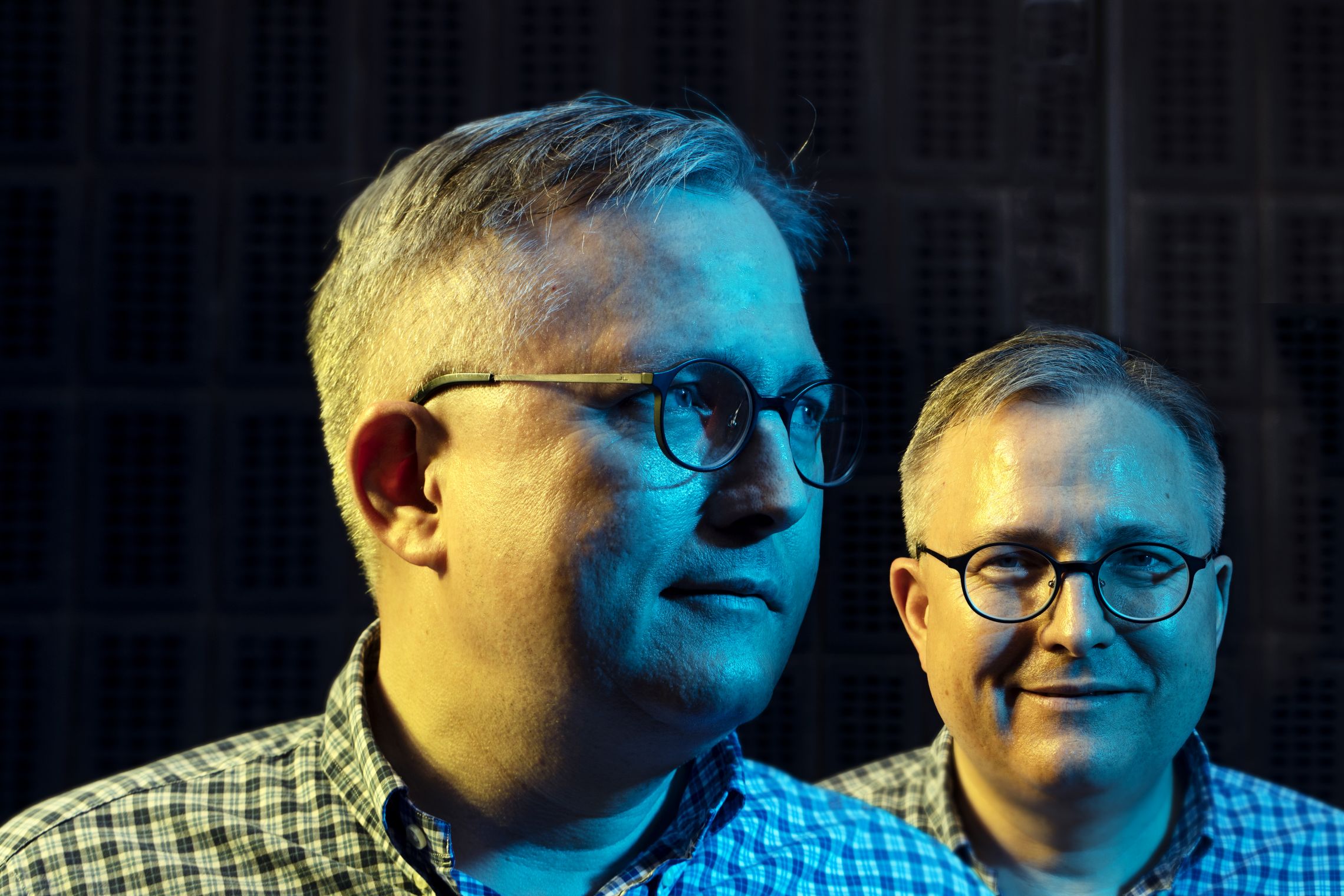


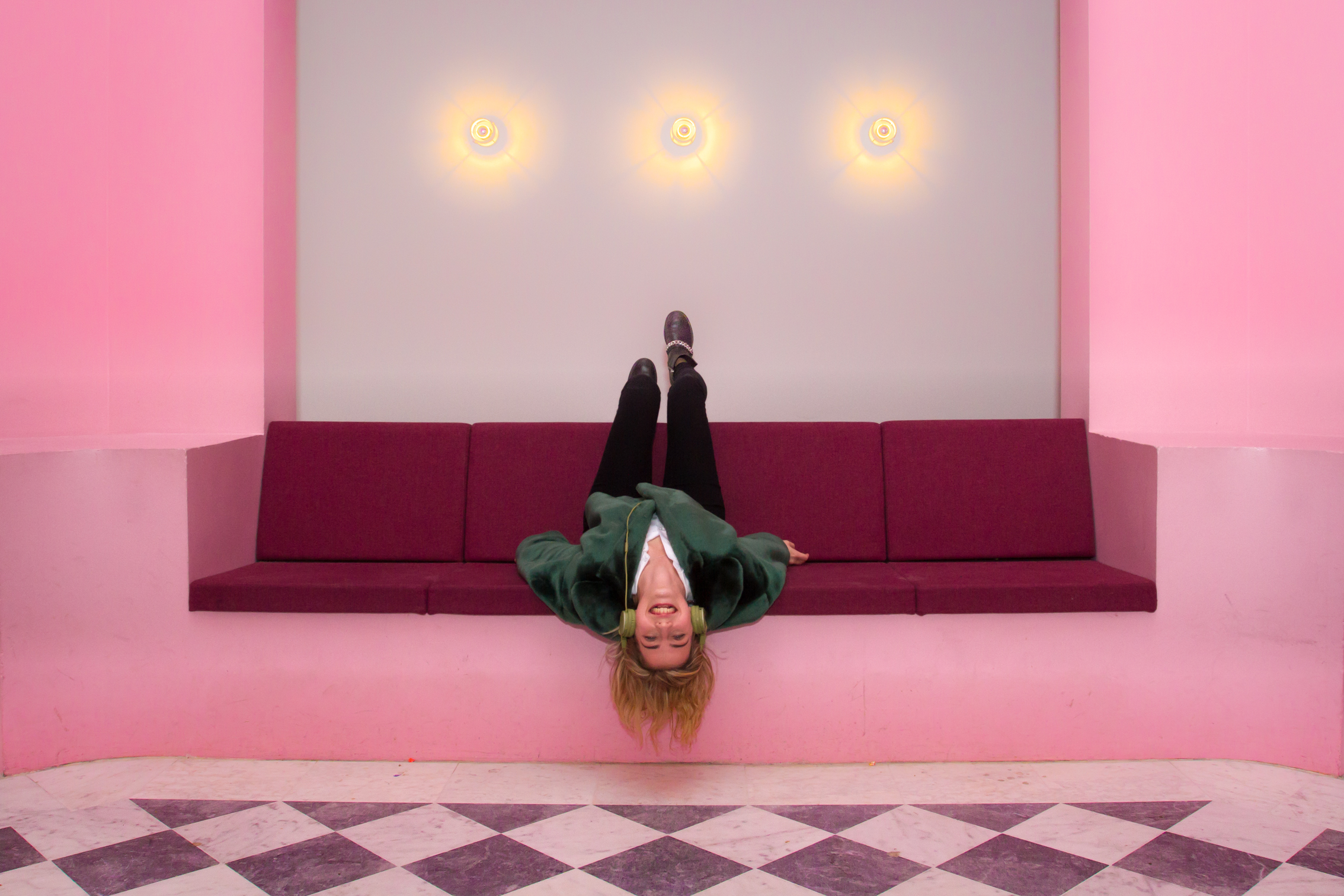
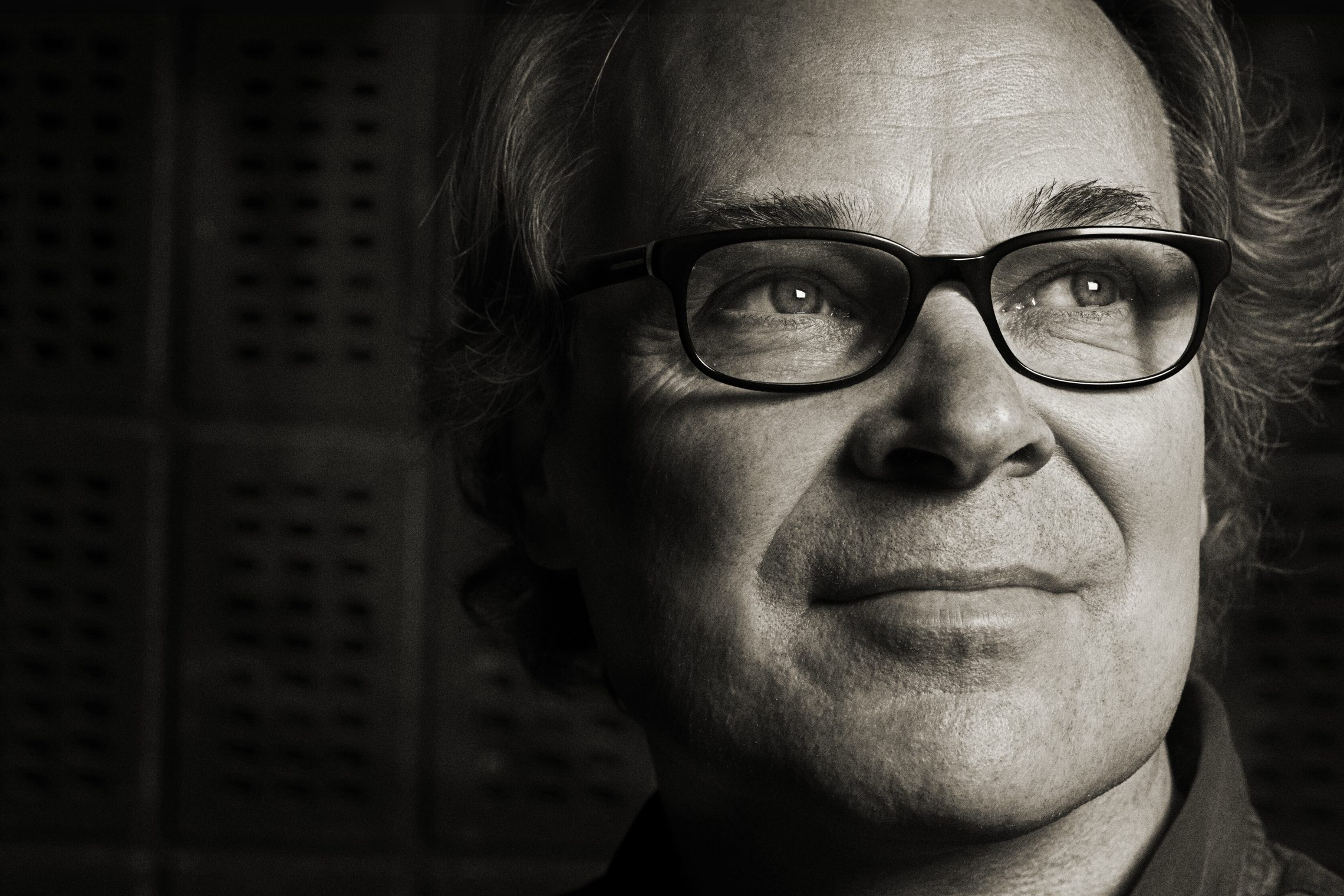

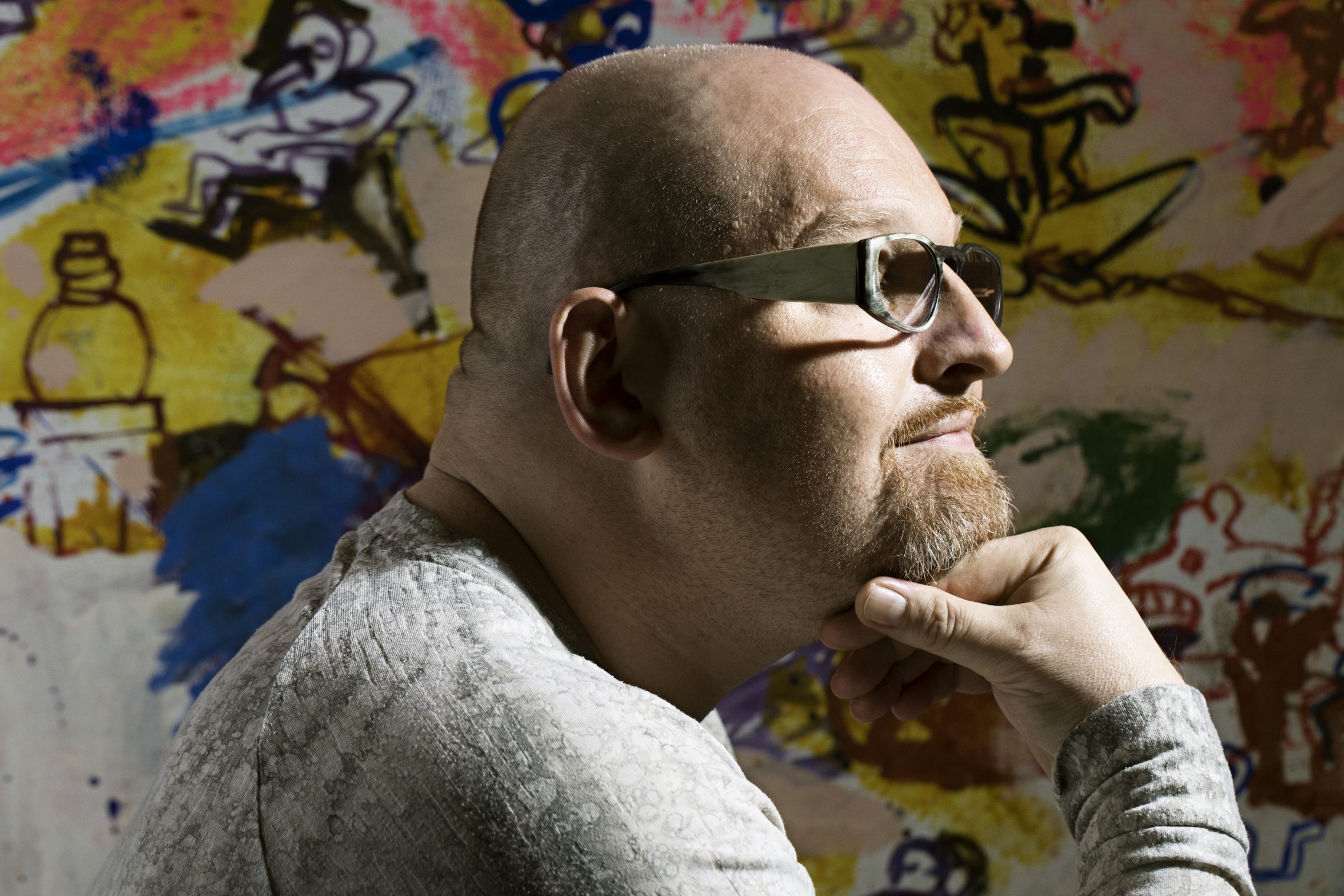
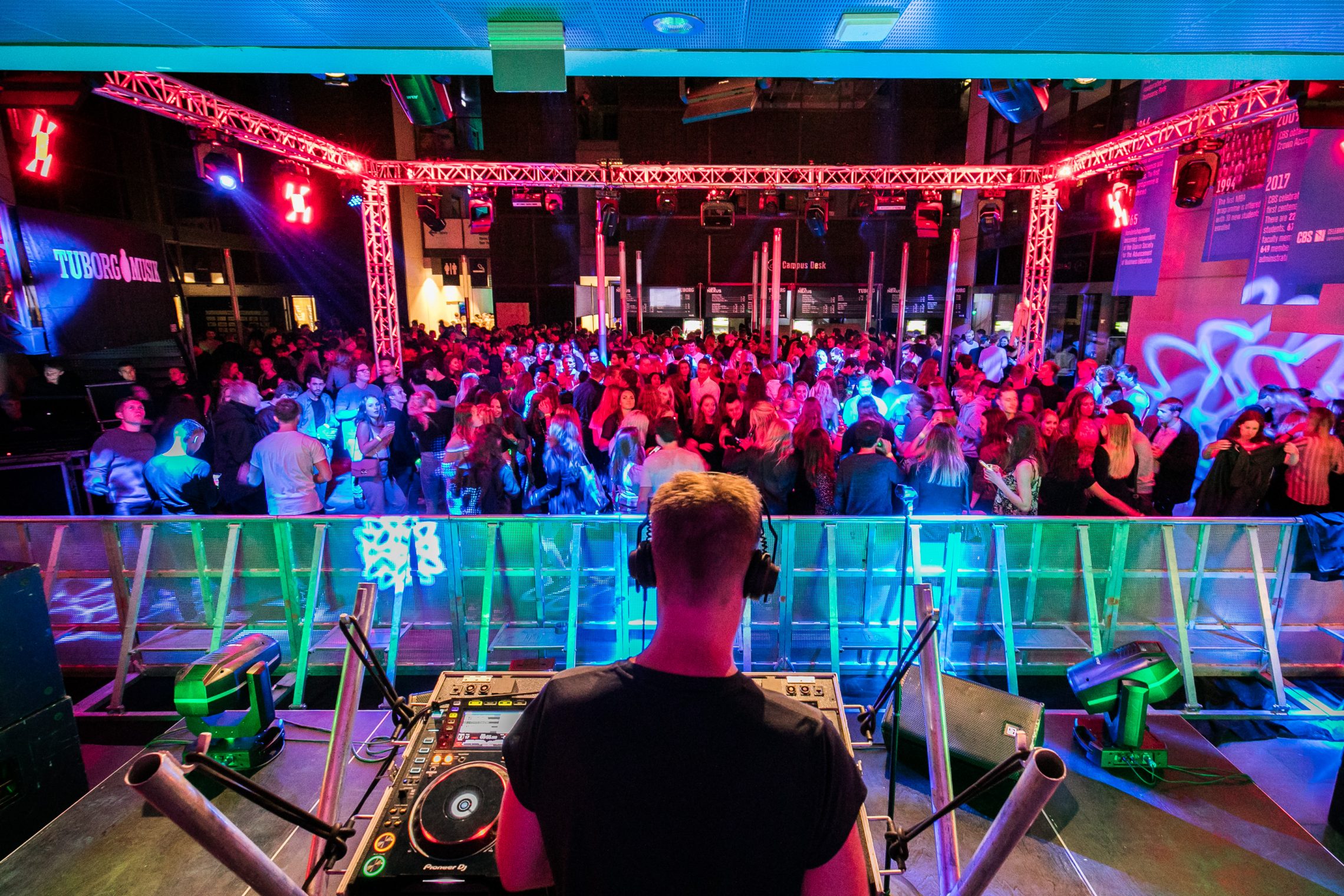


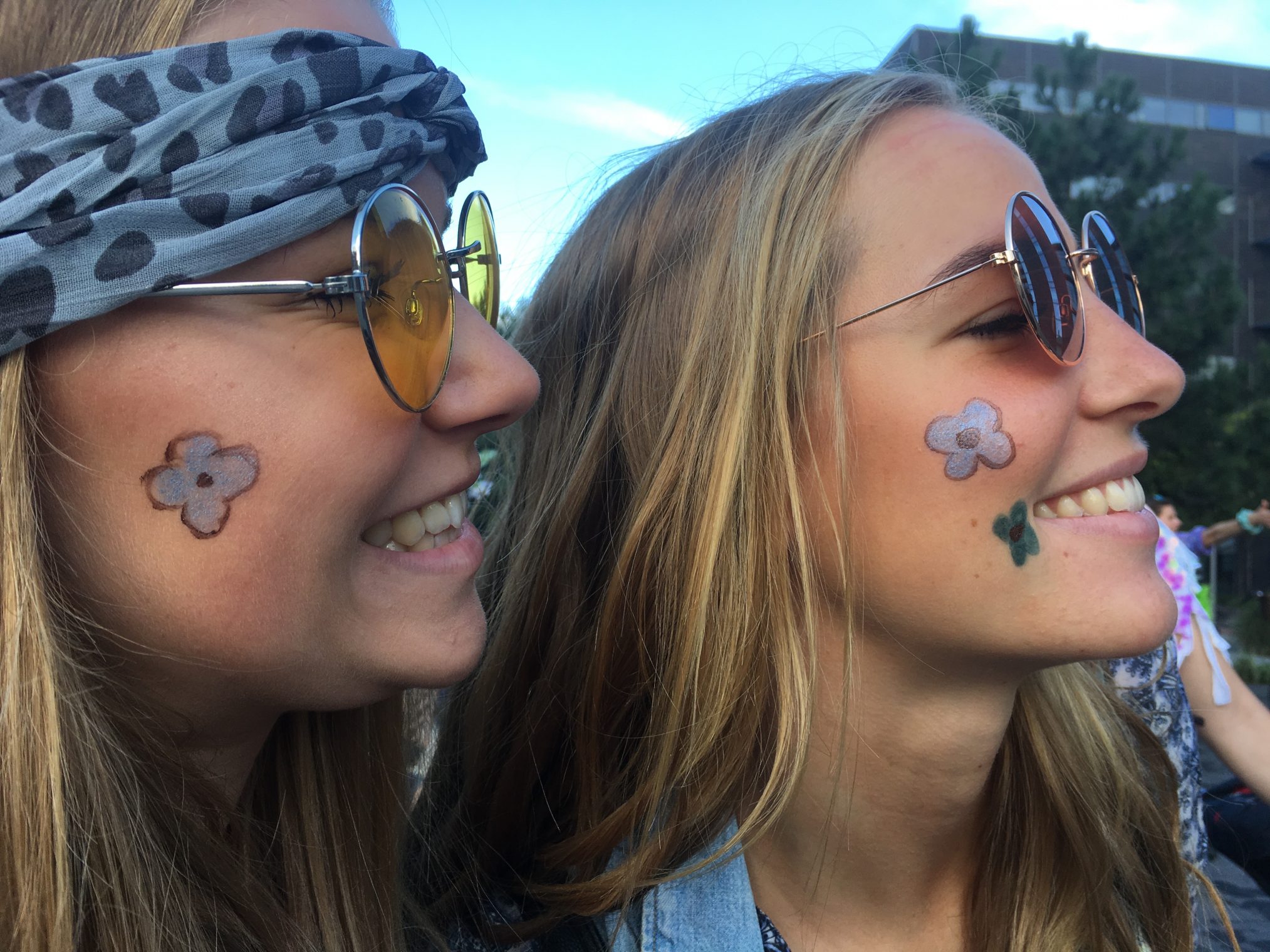
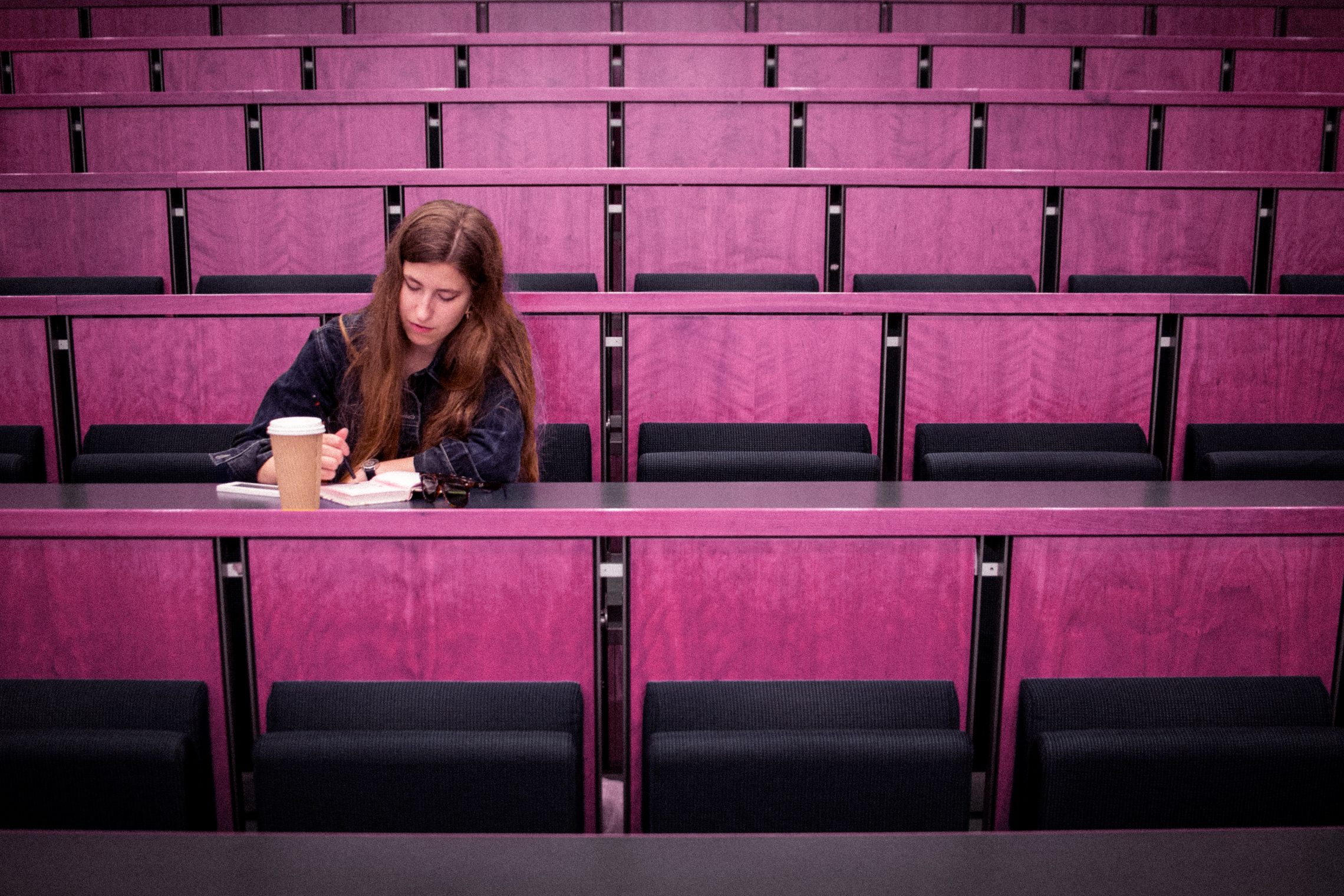
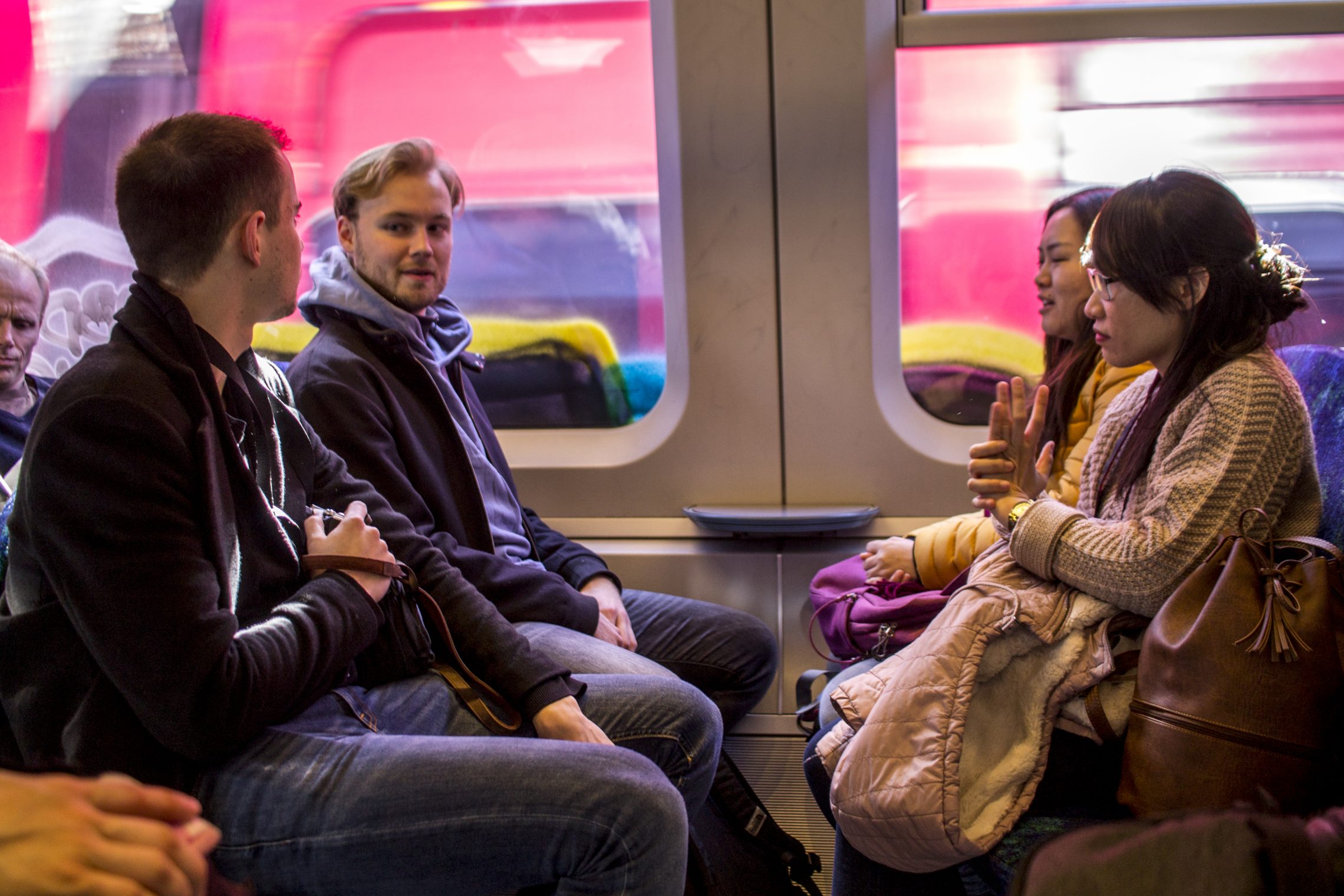

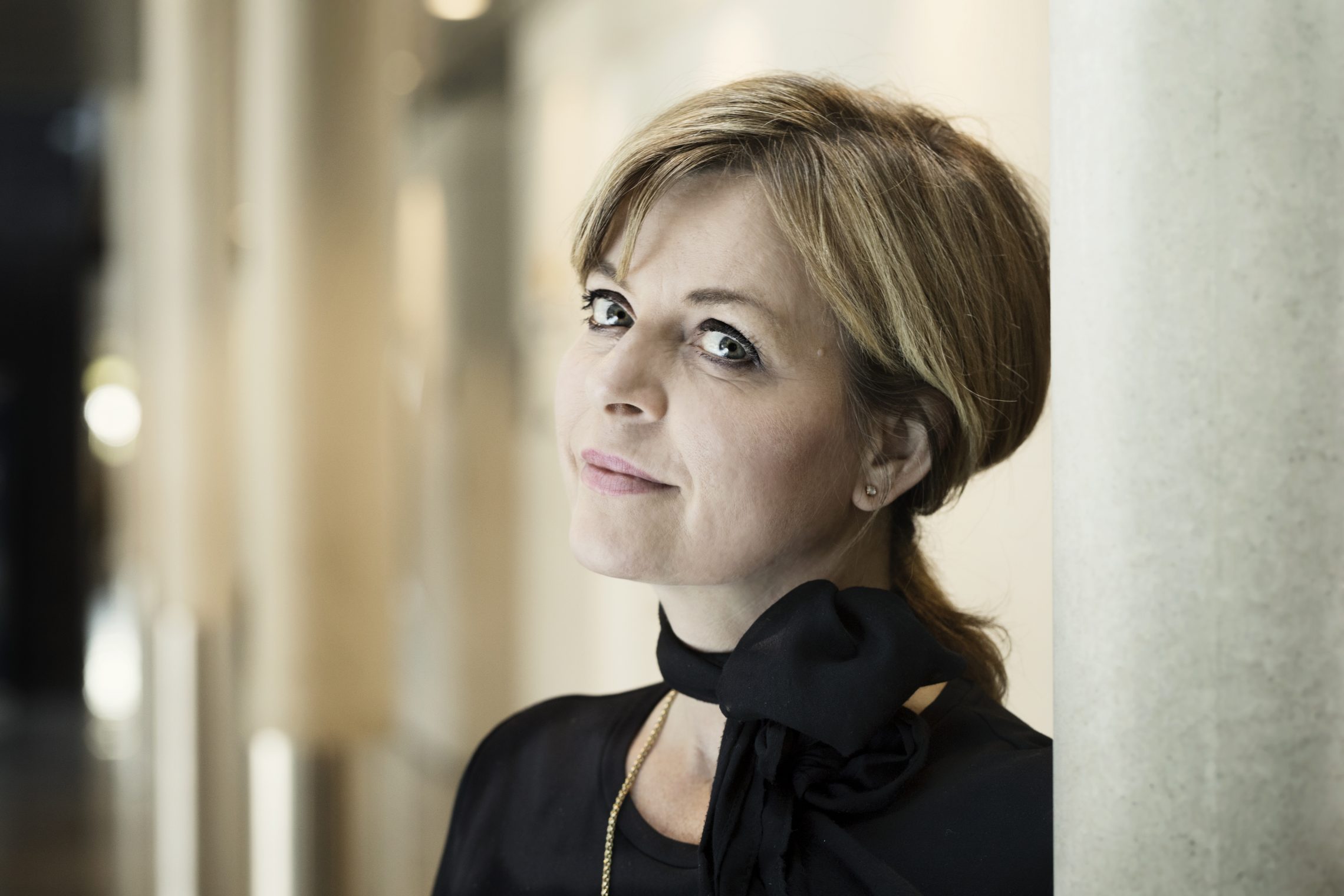
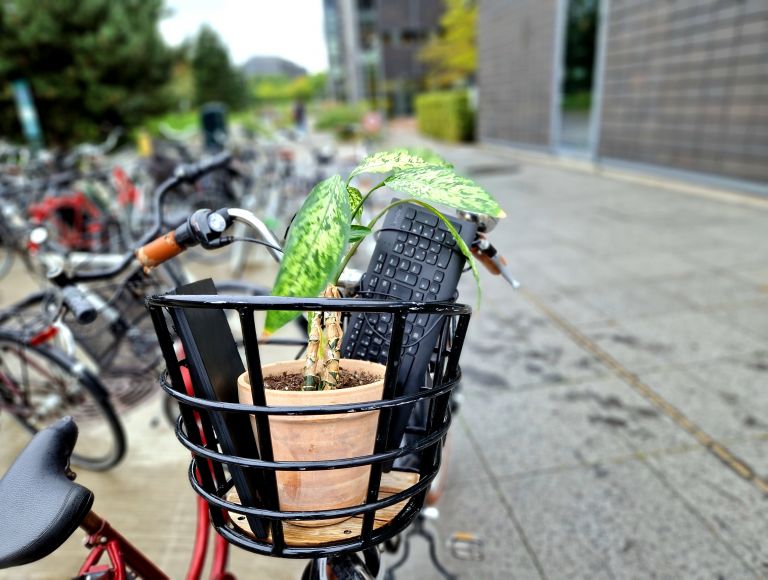

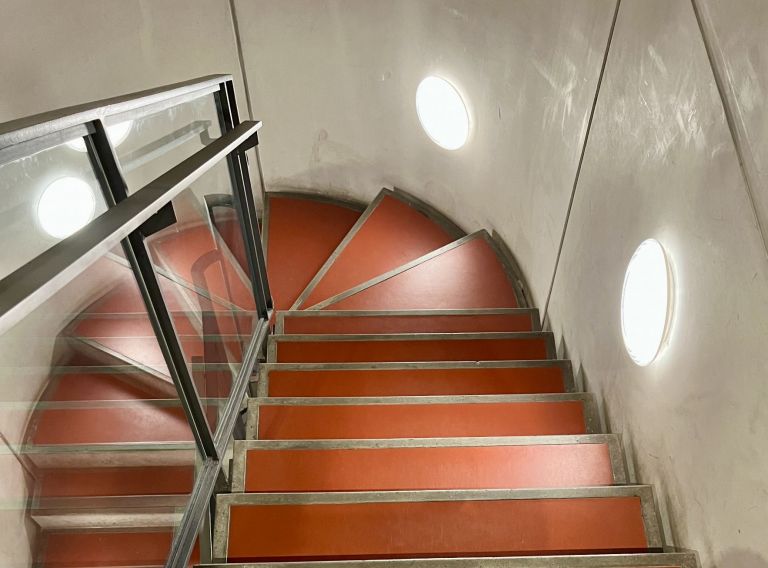

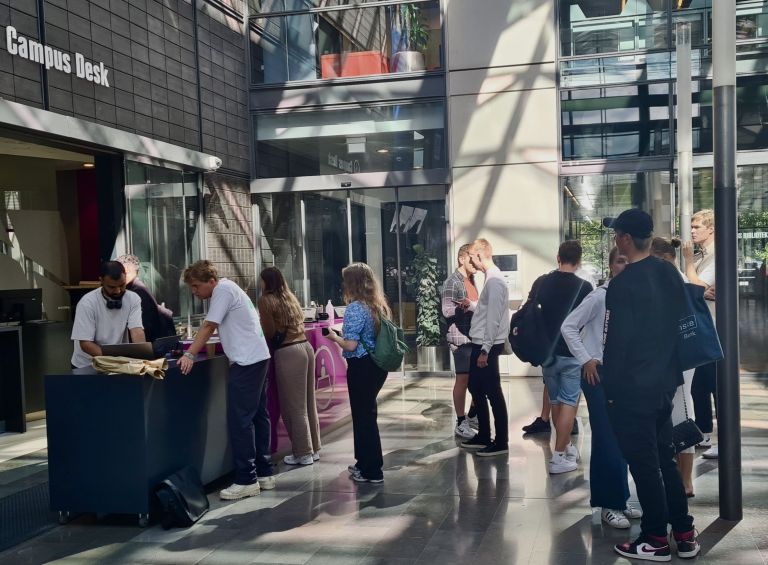

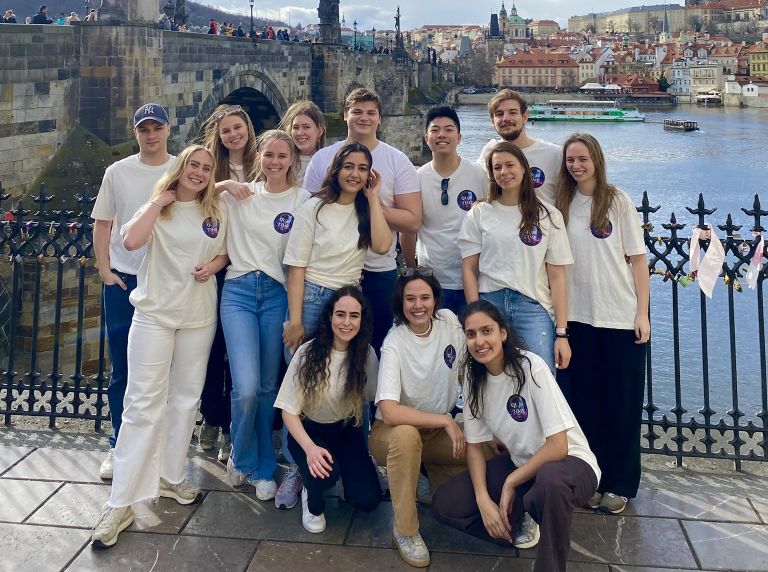
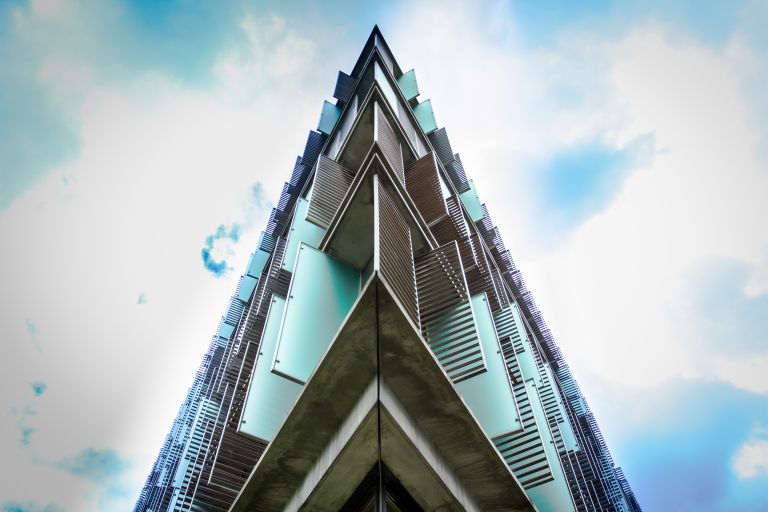

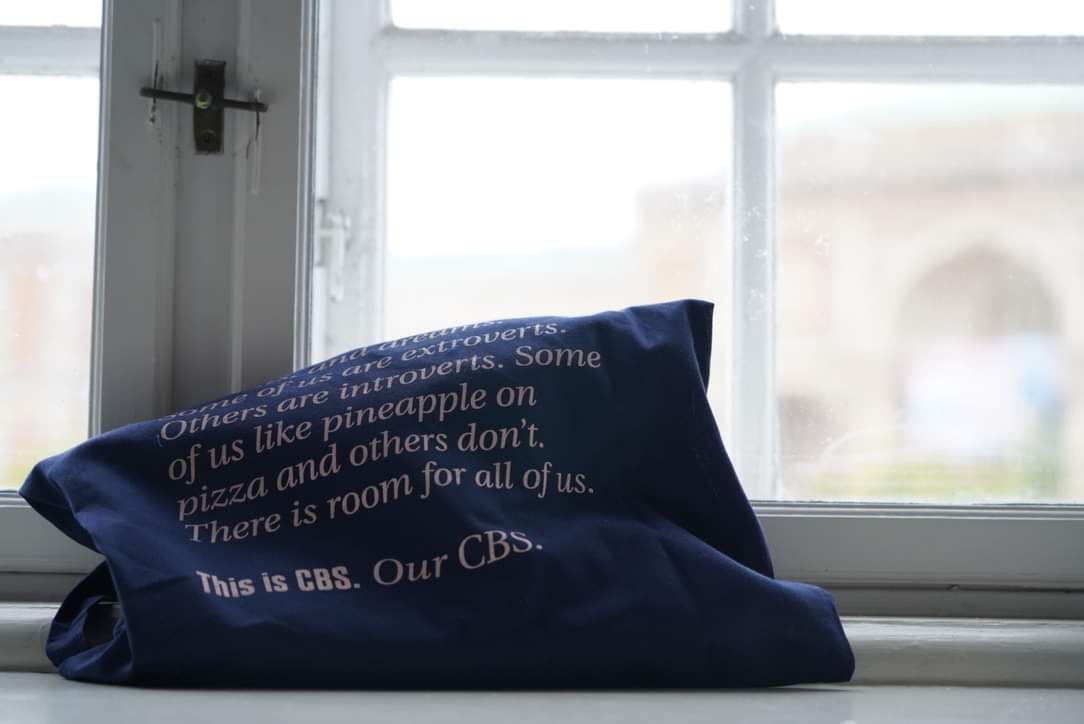

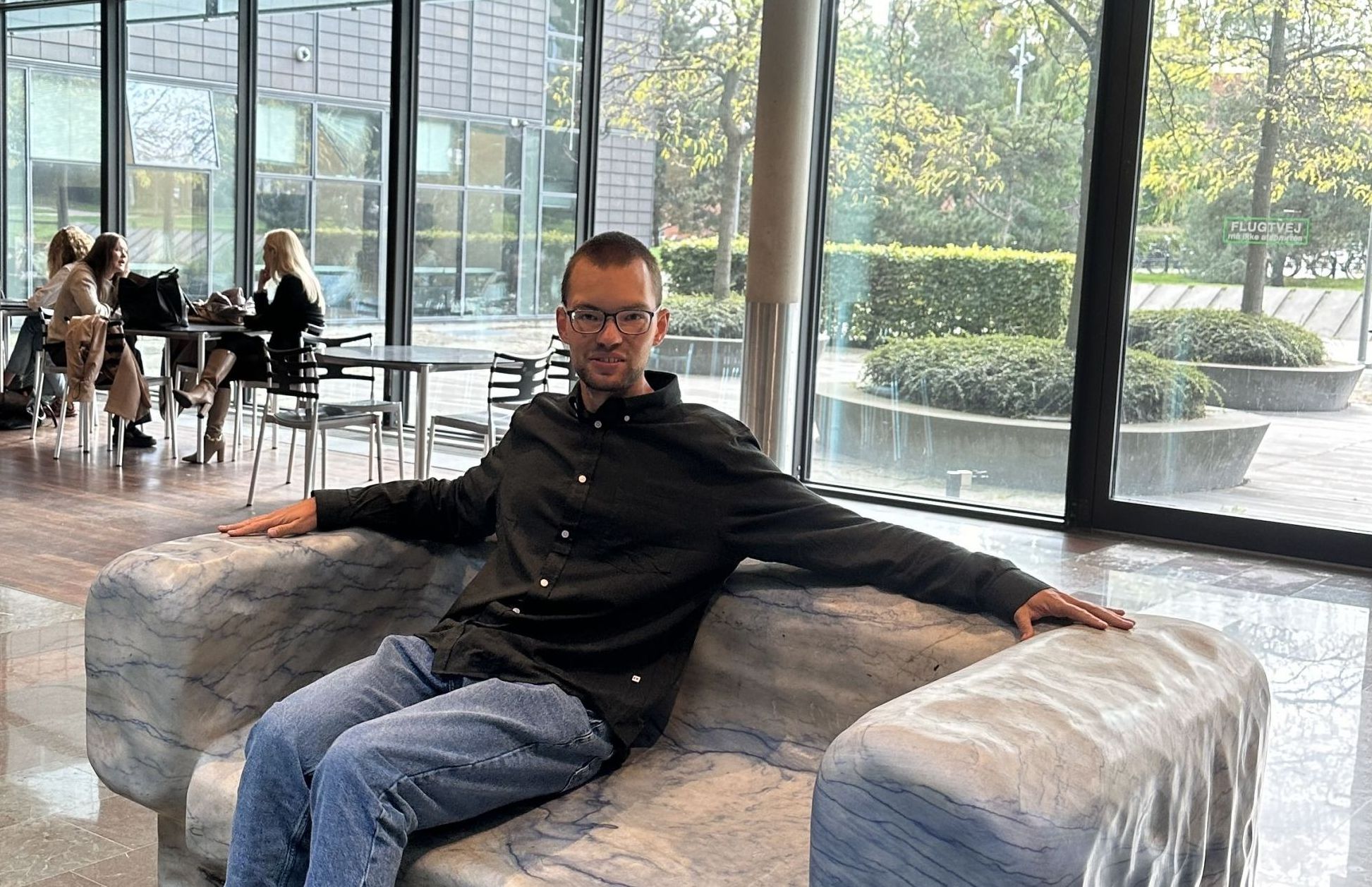
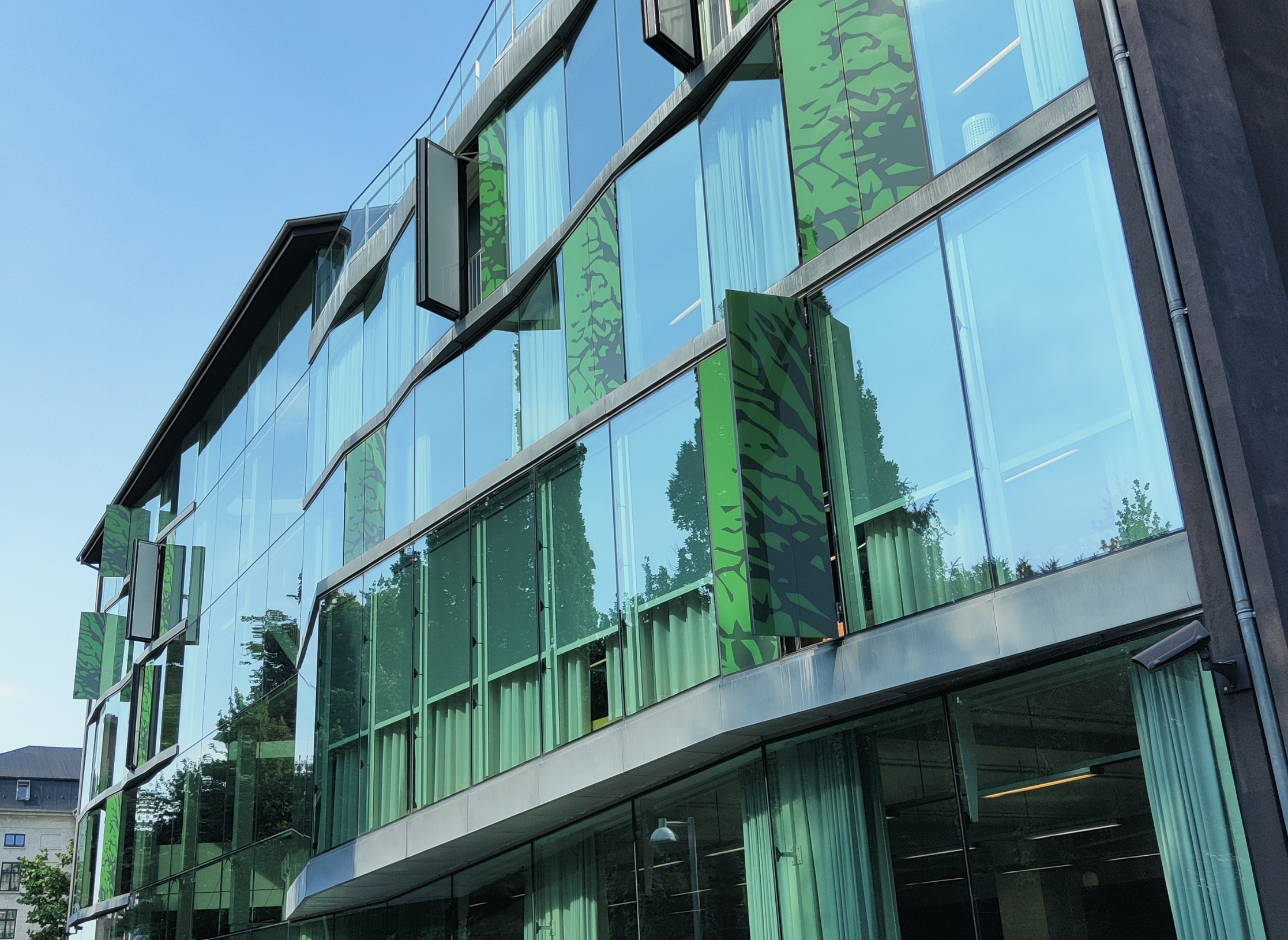


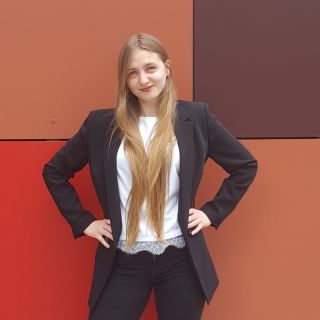

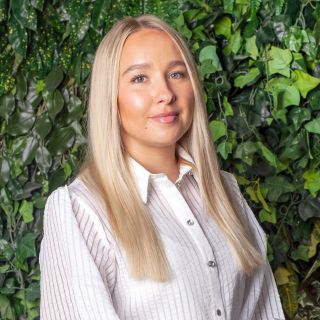

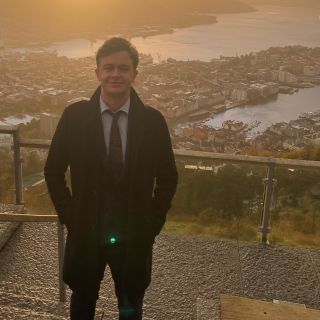
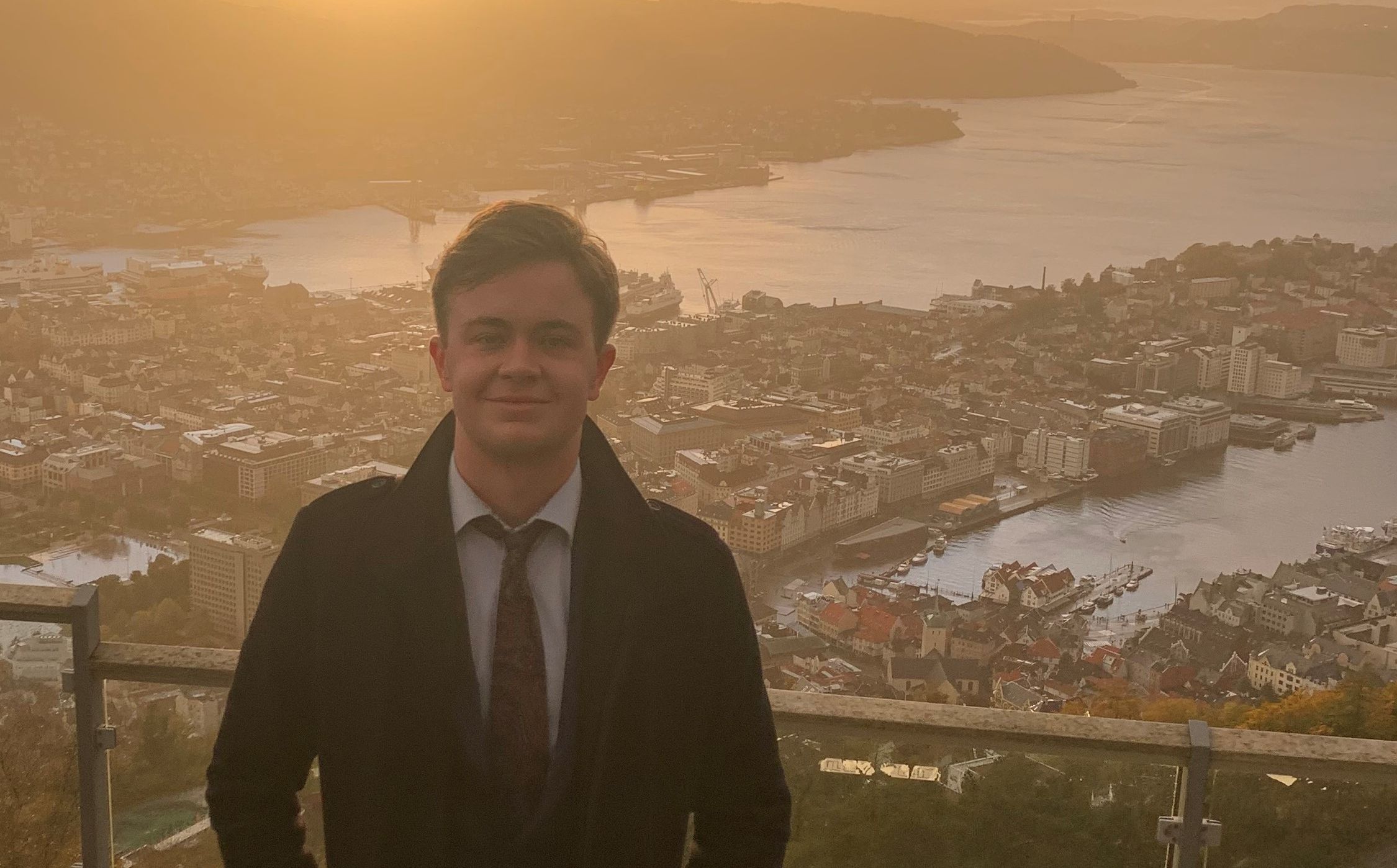
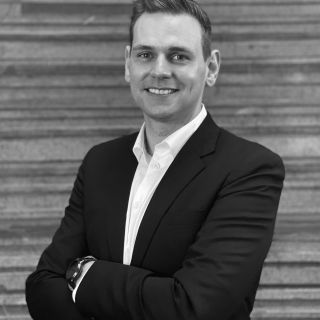
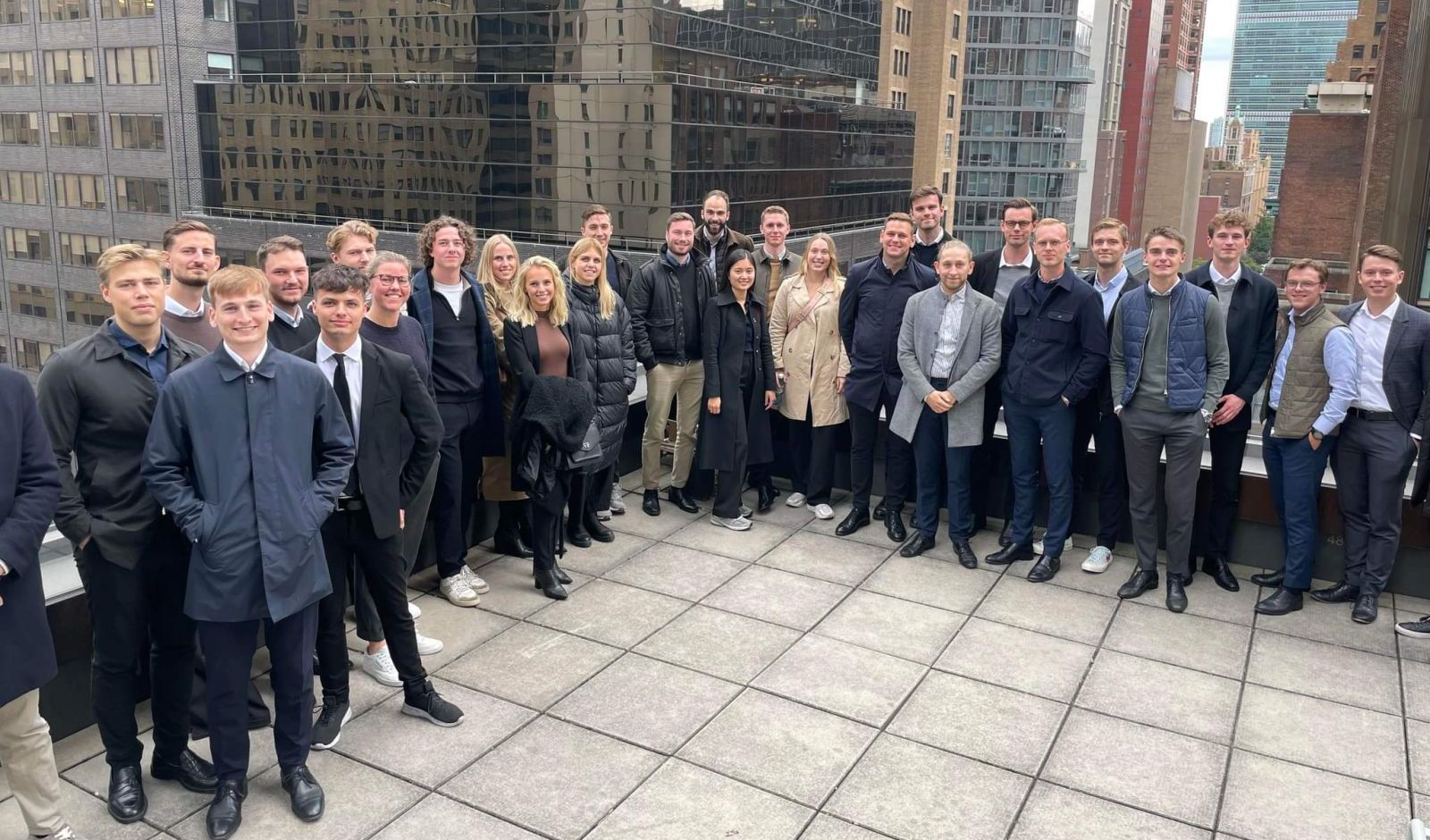




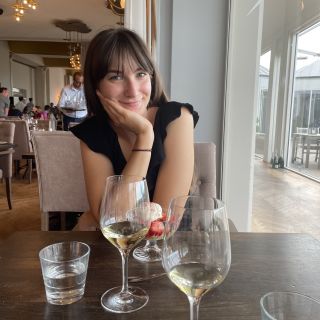
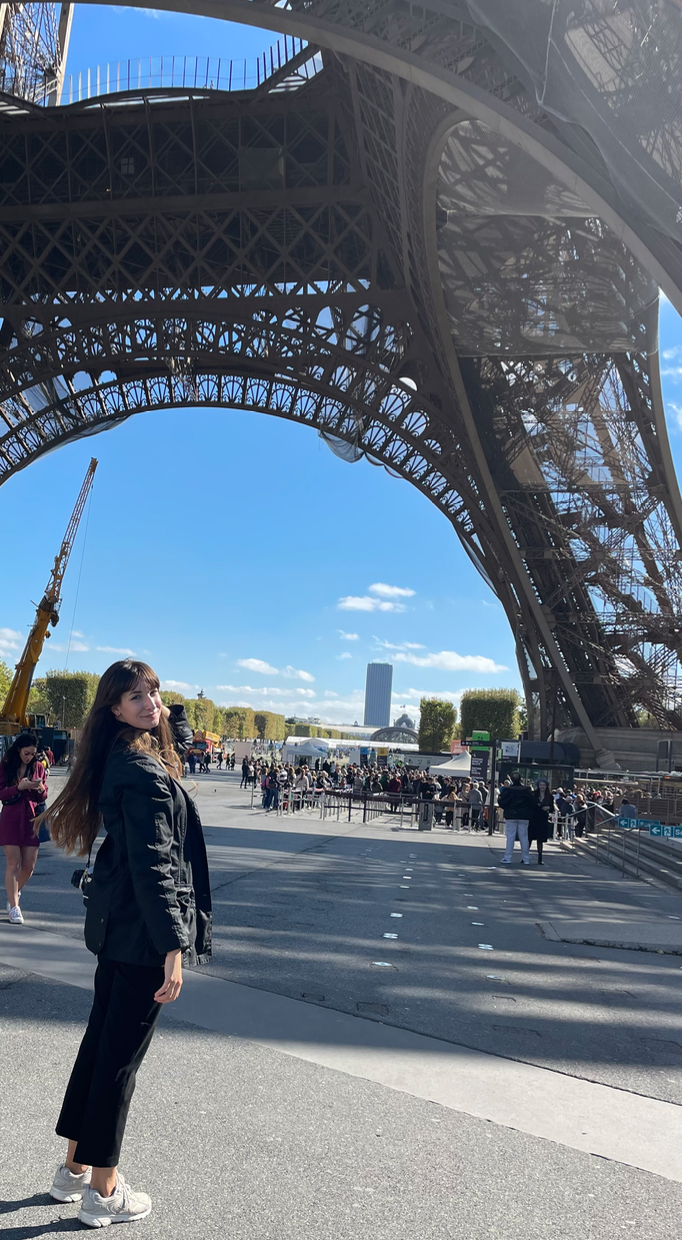




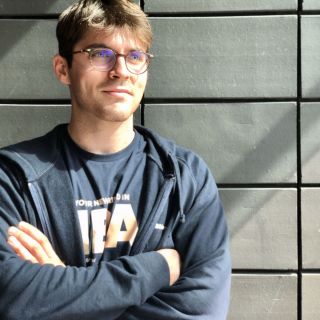
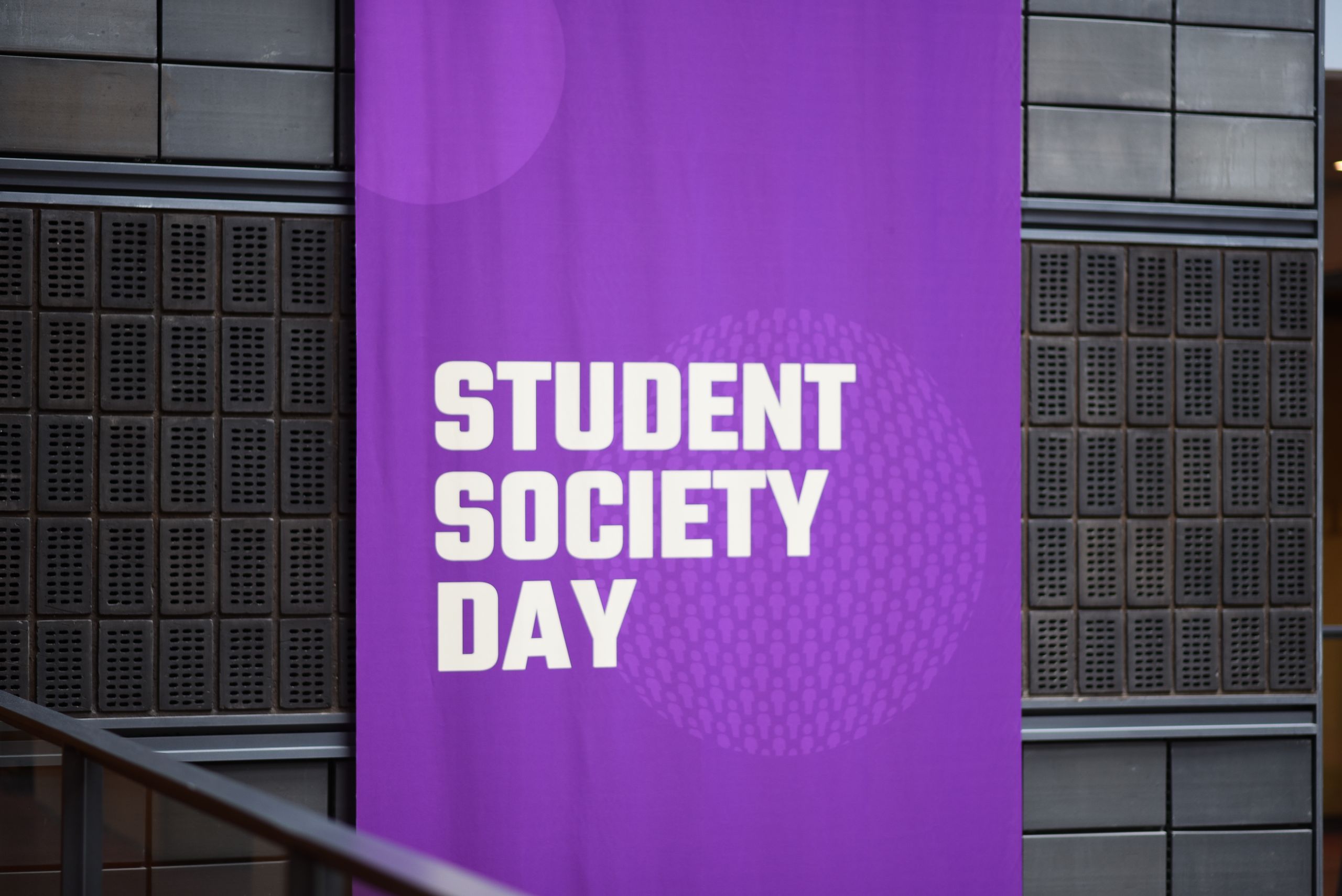

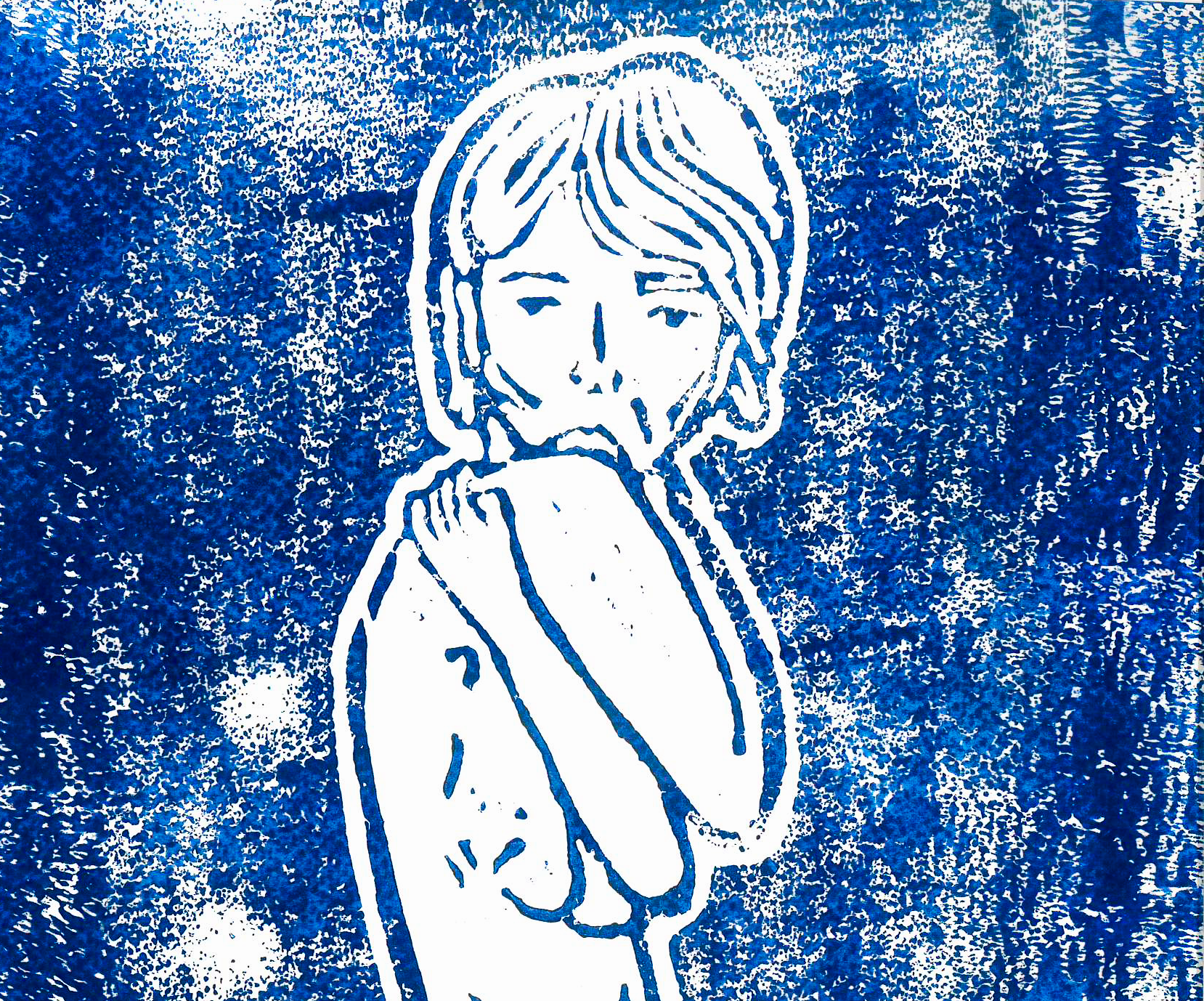

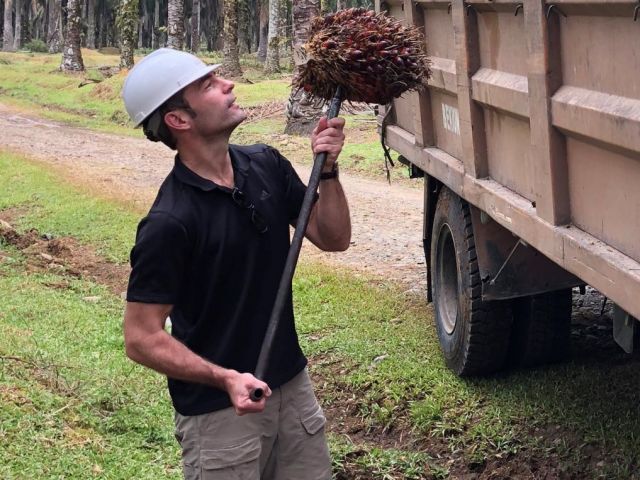
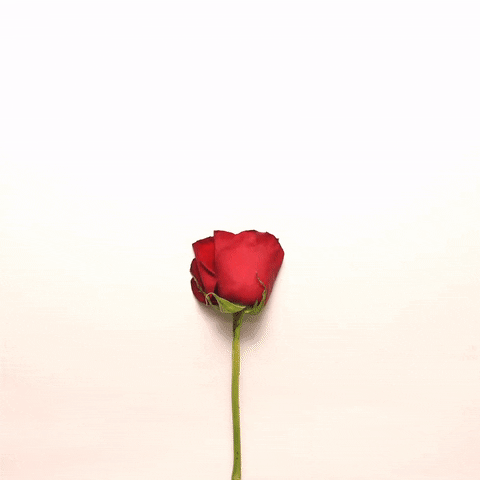

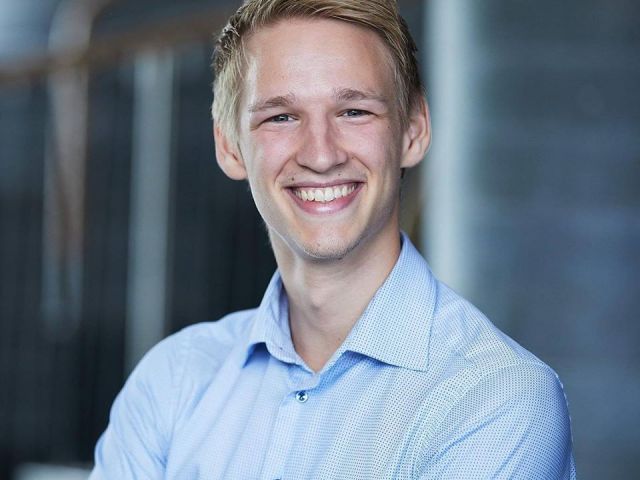
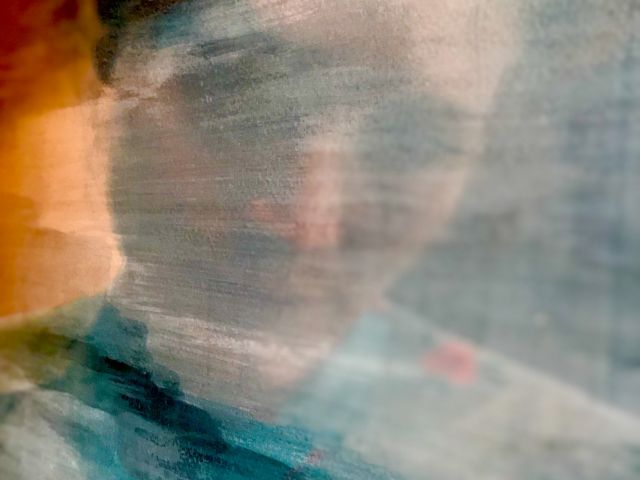

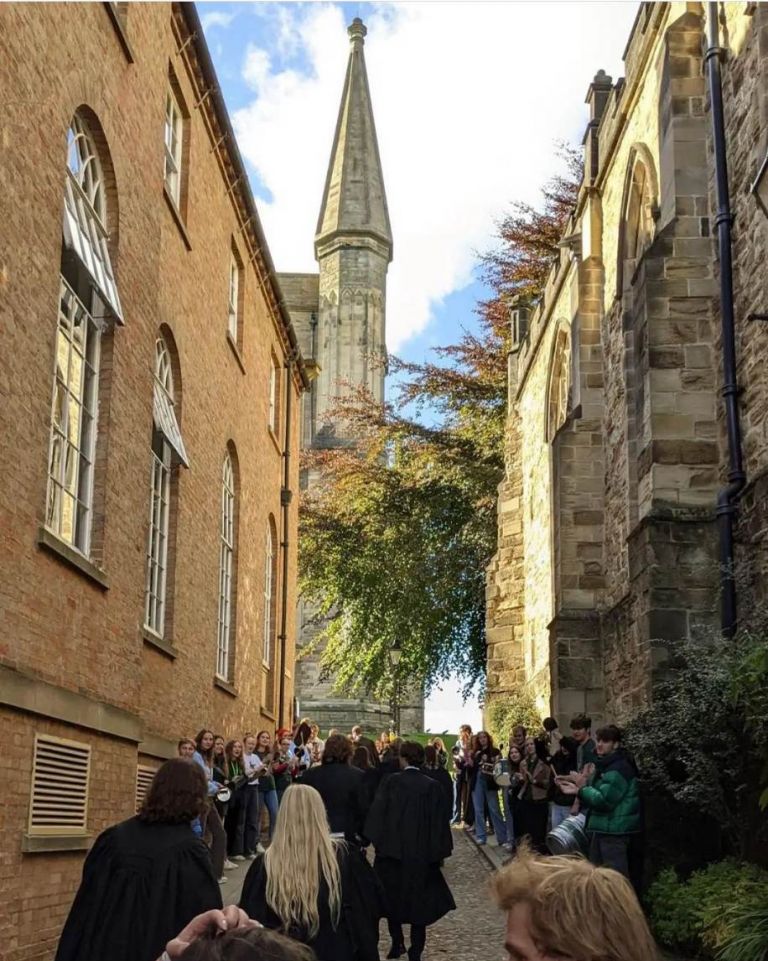






Comments